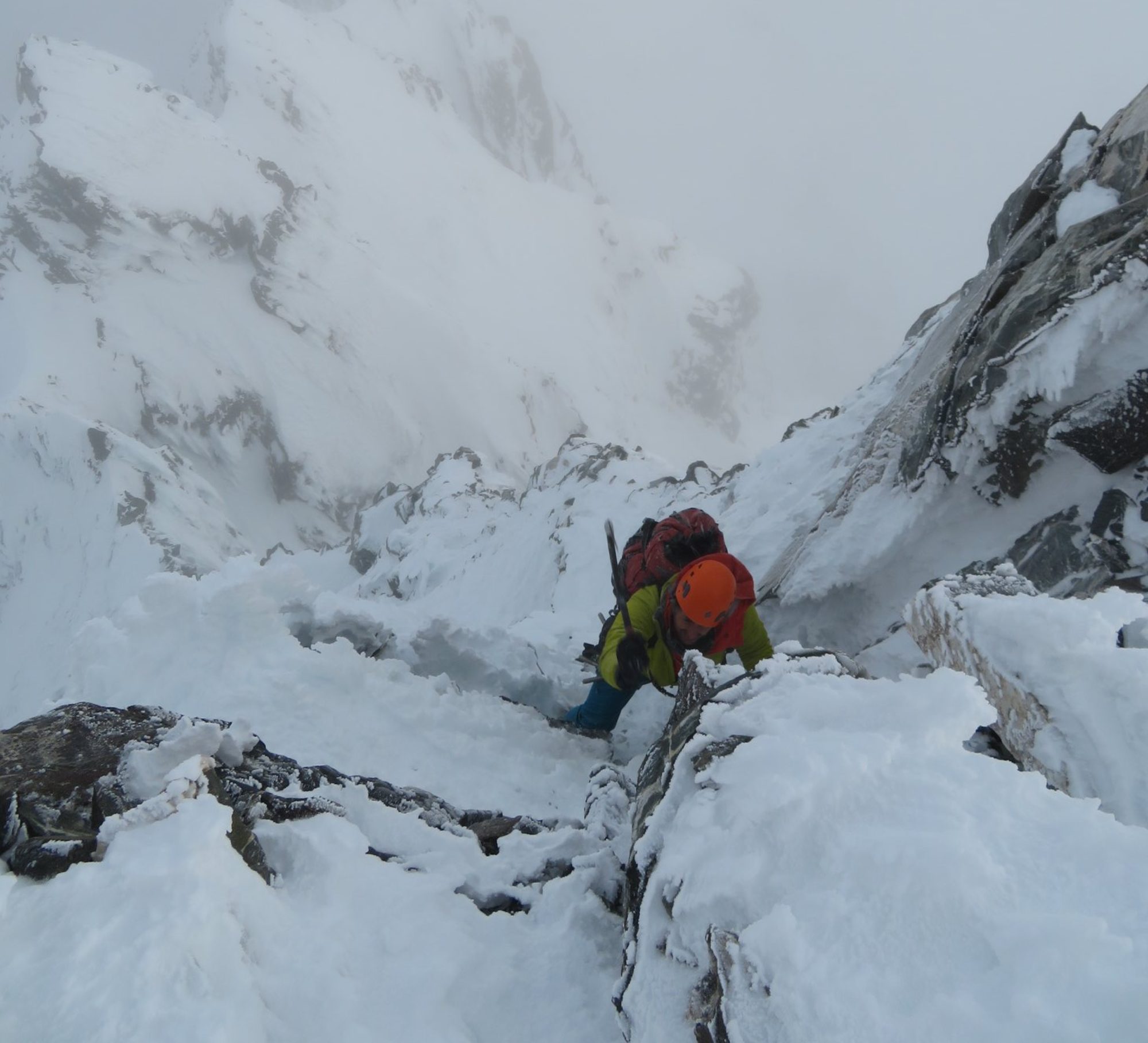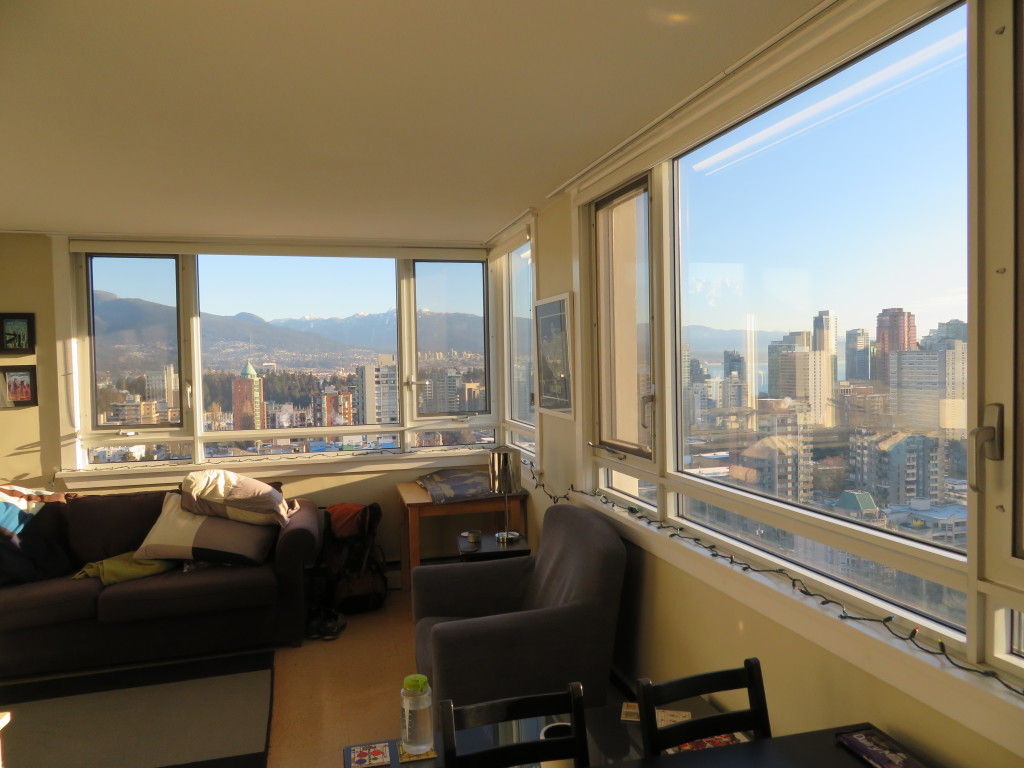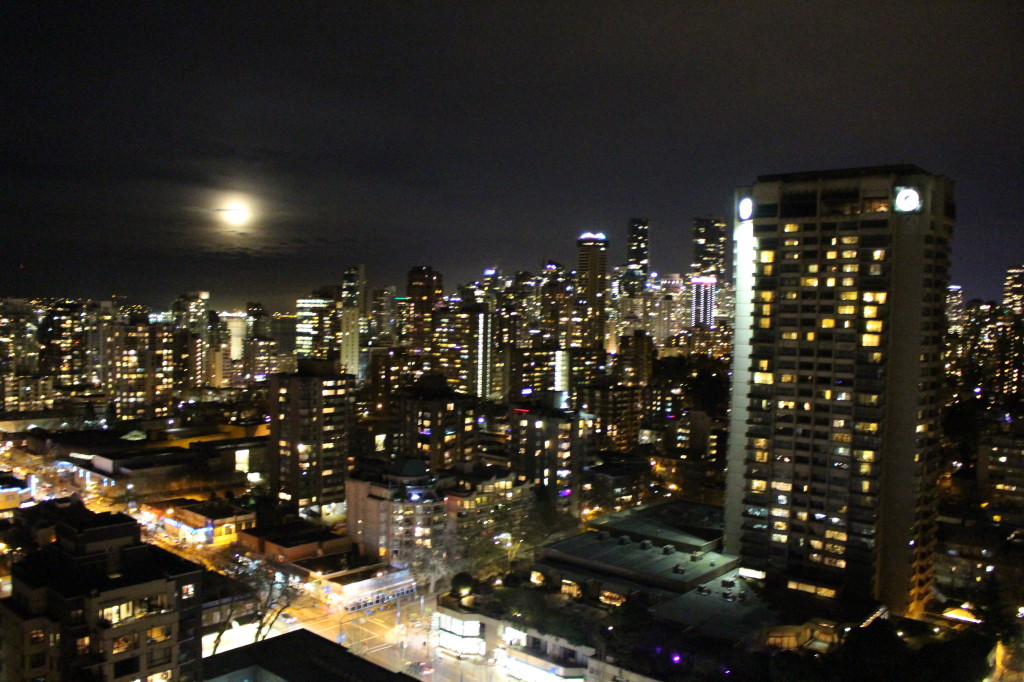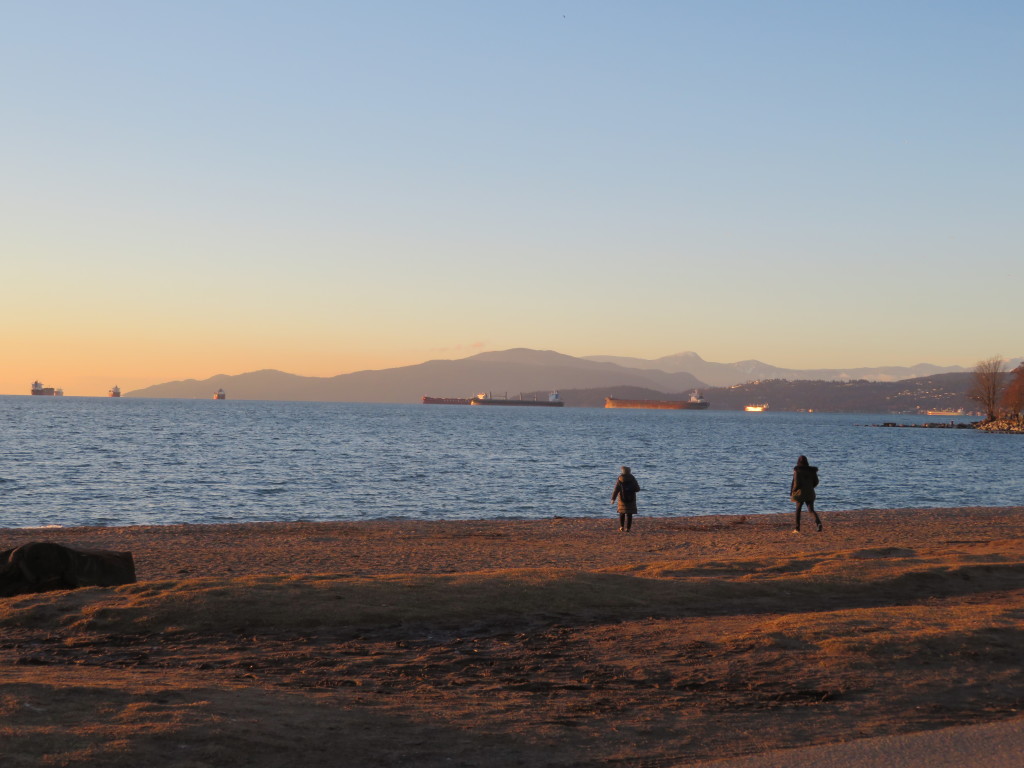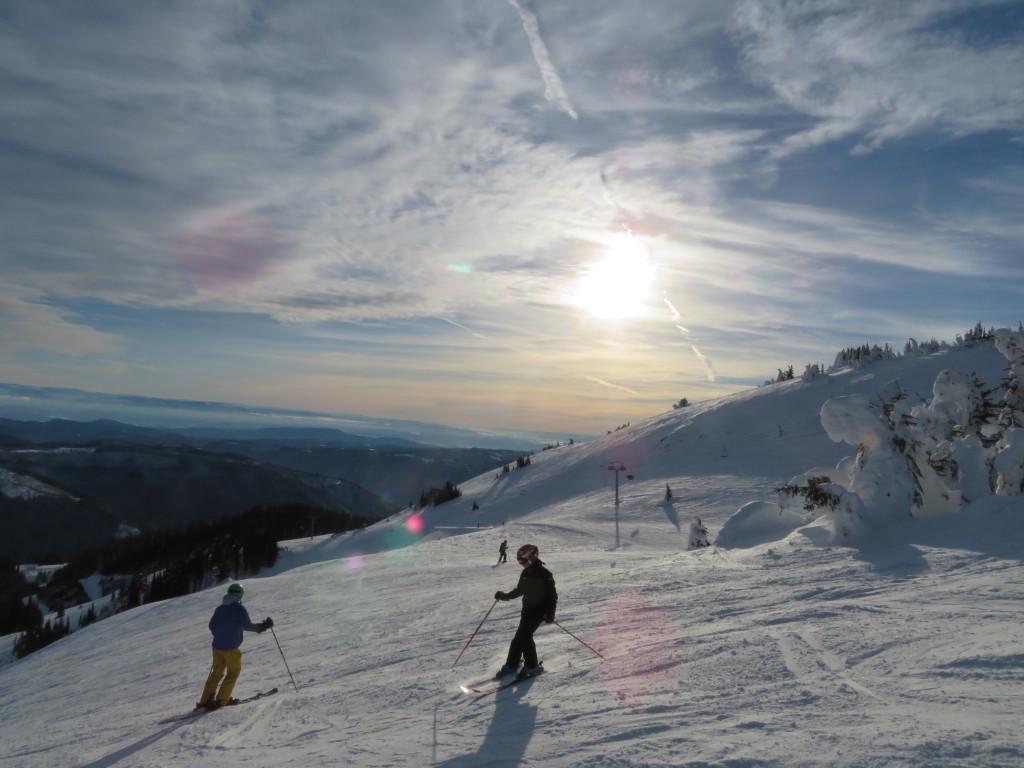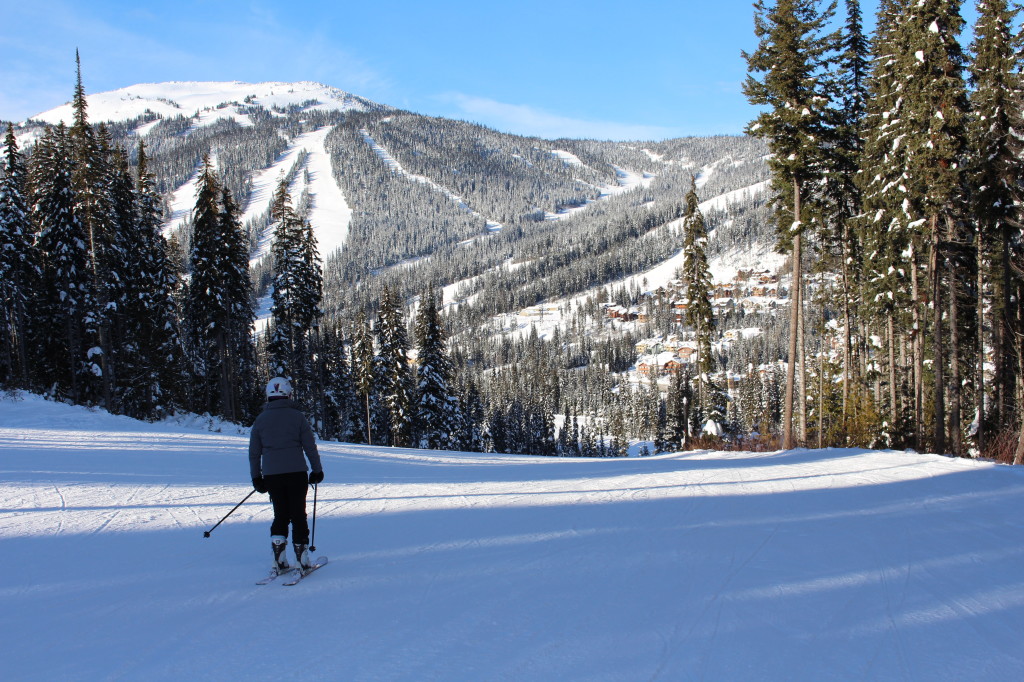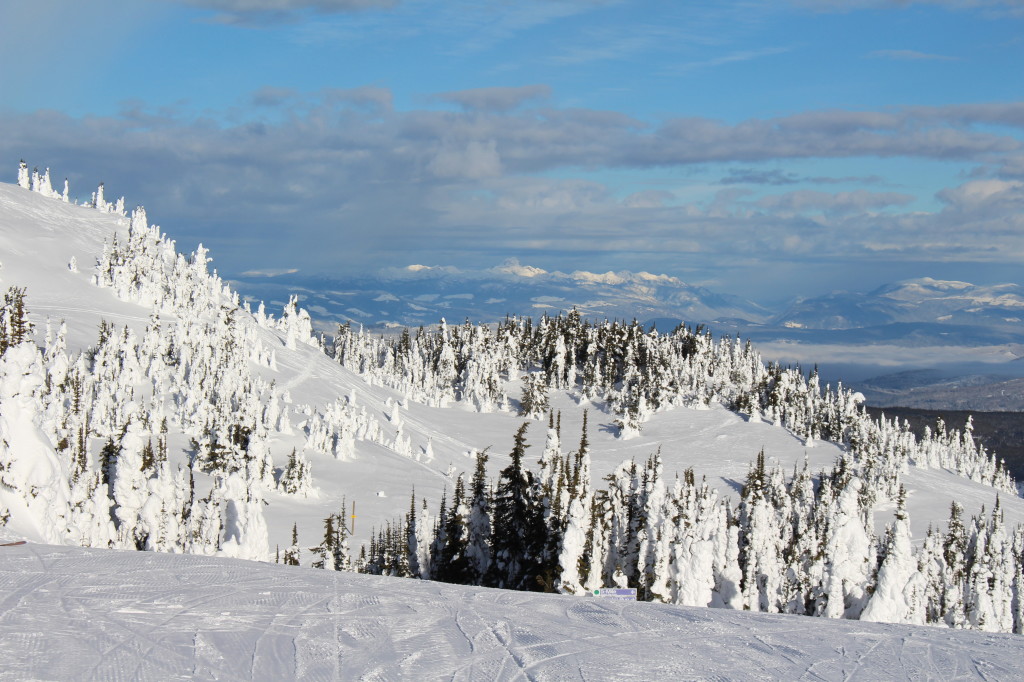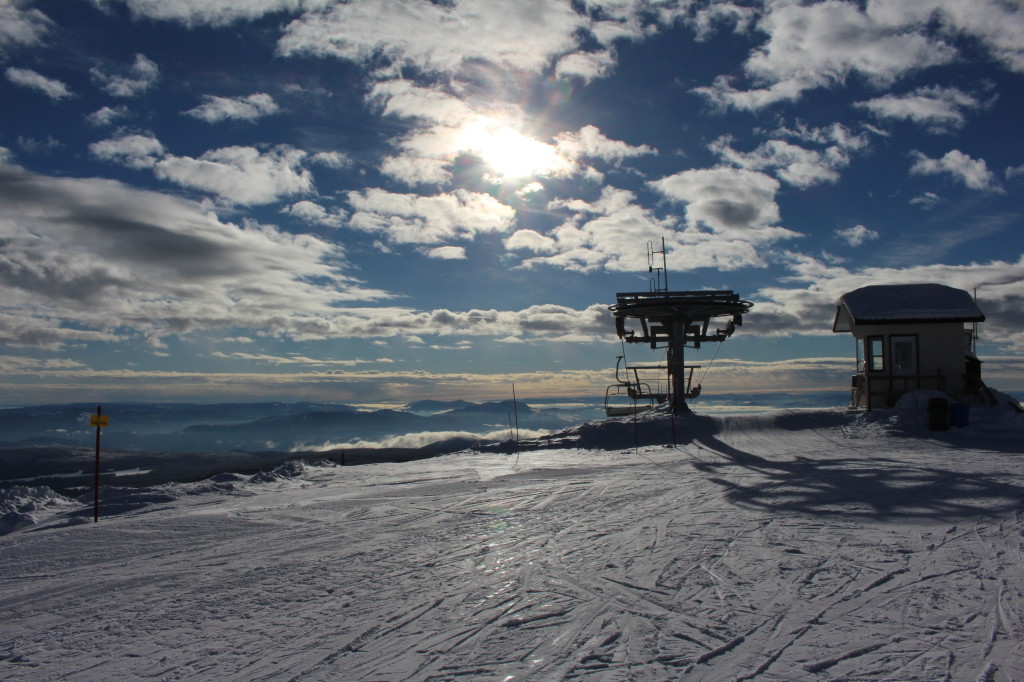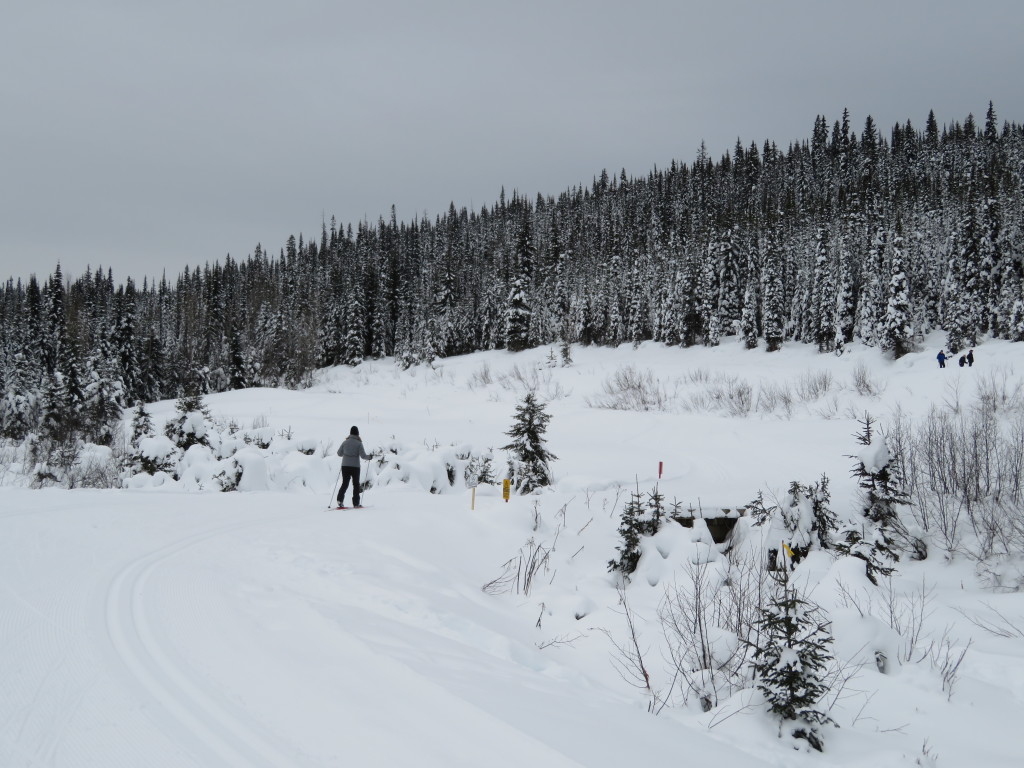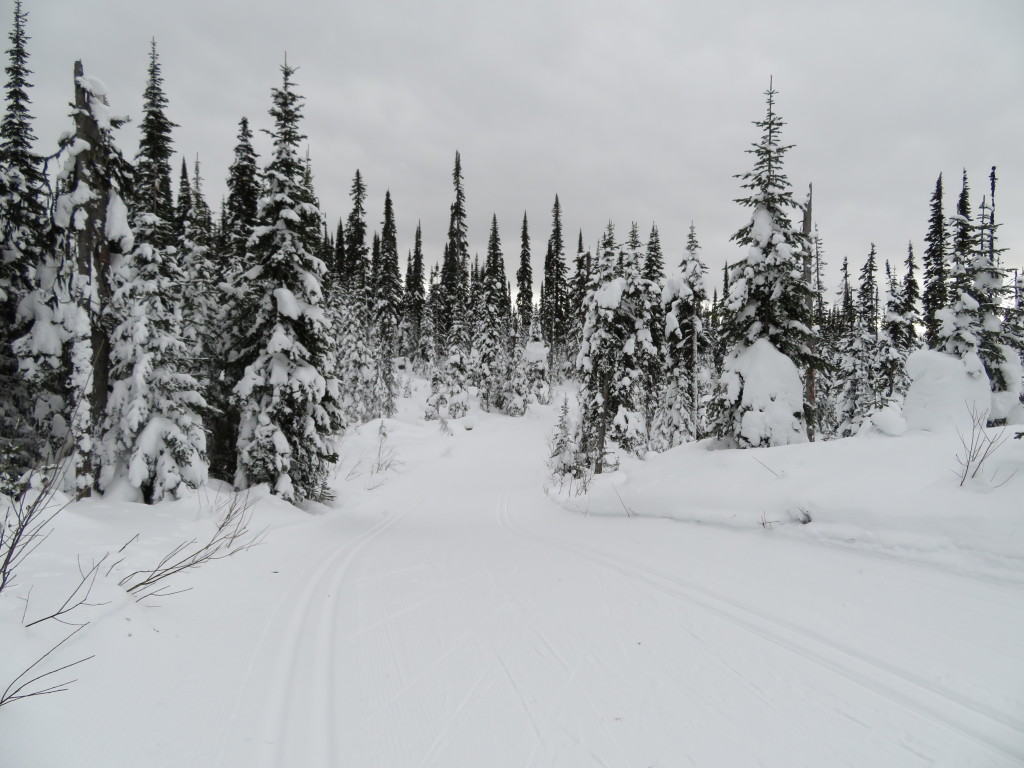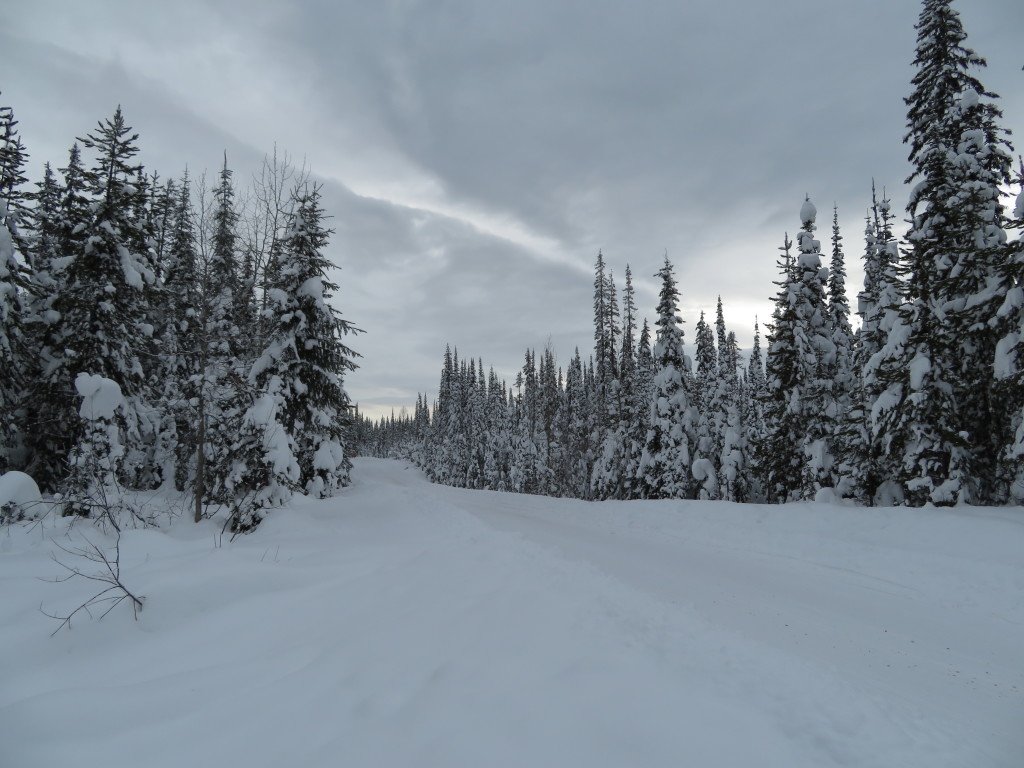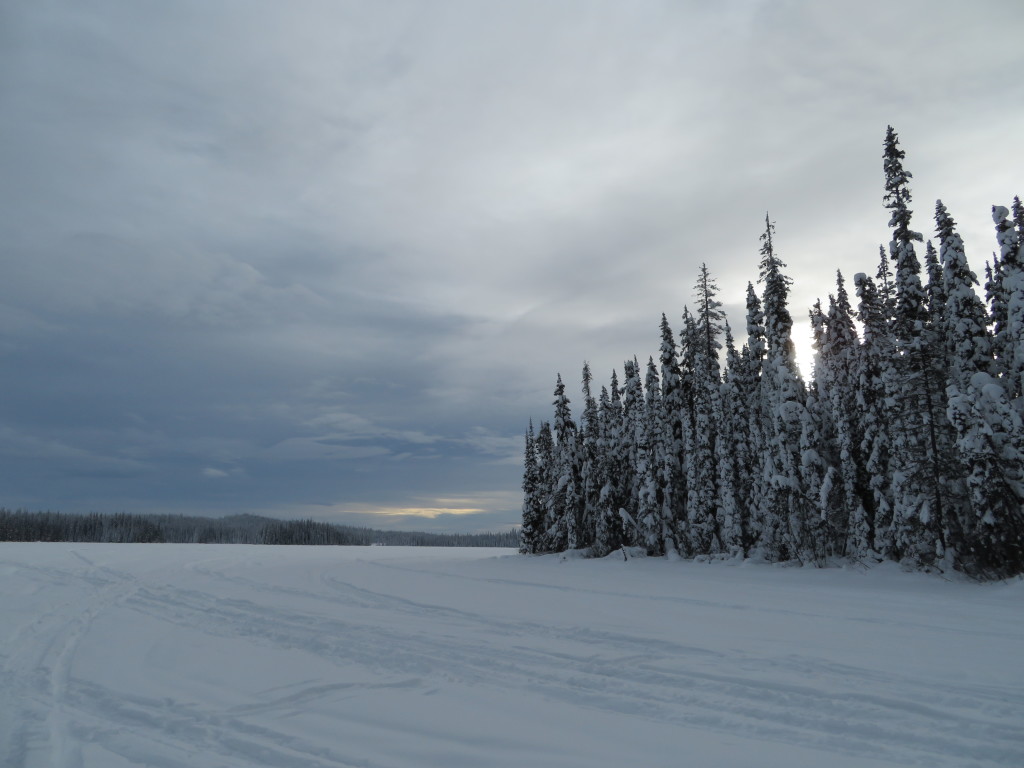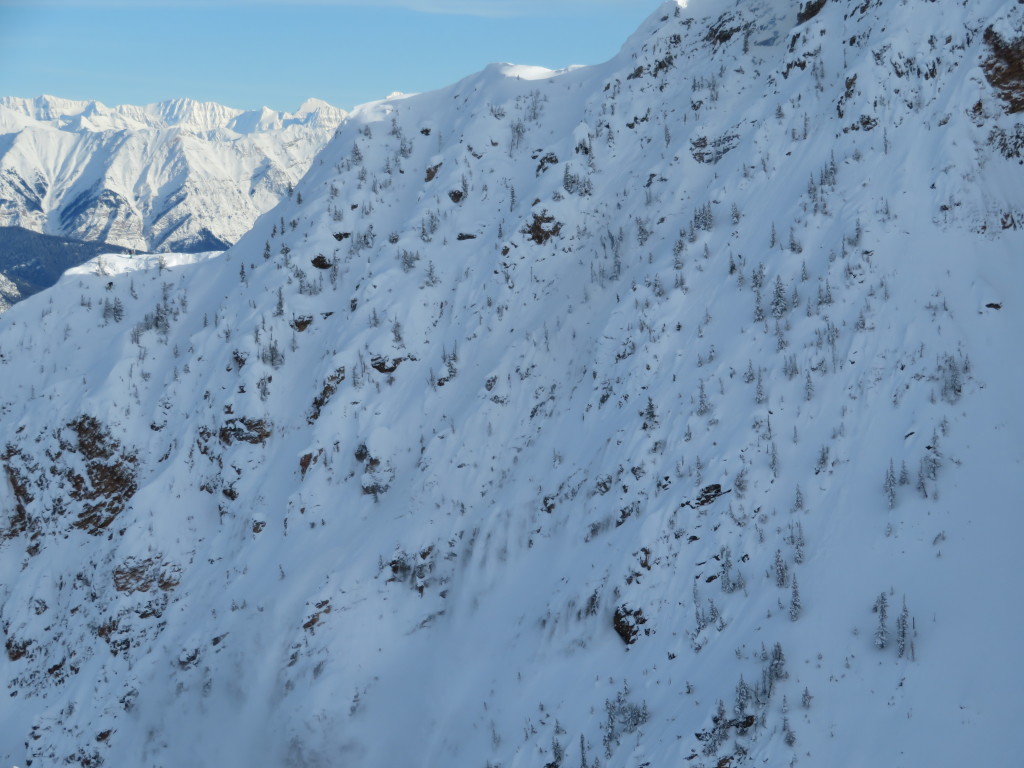Three weeks of winter road tripping across British Columbia and Alberta with my Mum. Our primary purpose was visiting my sister Emma who was working as a ski lifty at Sun Peaks, however along the way I also visited a few people and places from my own ski bum days, as well as getting some guided ice climbing instruction out of Canmore with Peak Stratagem and Ridgeline Guiding.
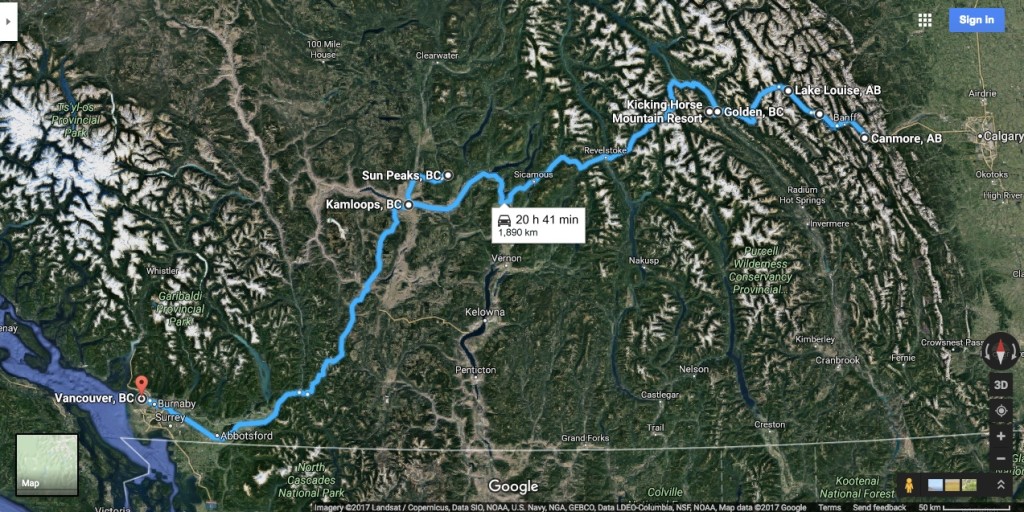
Arrival – Vancouver and driving to Sun Peaks
On my arrival in Vancouver I was greeted by my old friend Scott, whose Canadian hospitality made it feel strangely as if I had come home! Vancouver would be an incredible city to call home indeed: cosmopolitan, great food, coastal, flanked by mountains, proximity to Squamish and Whistler…the list of attractive qualities never ends! I am told, however, that the fine, sub-zero weather I witnessed was uncharacteristic of Vancouver, which is normally grey and drizzly. Scott had a unit with amazing views of the city and surrounds, so the fine weather was appreciated!
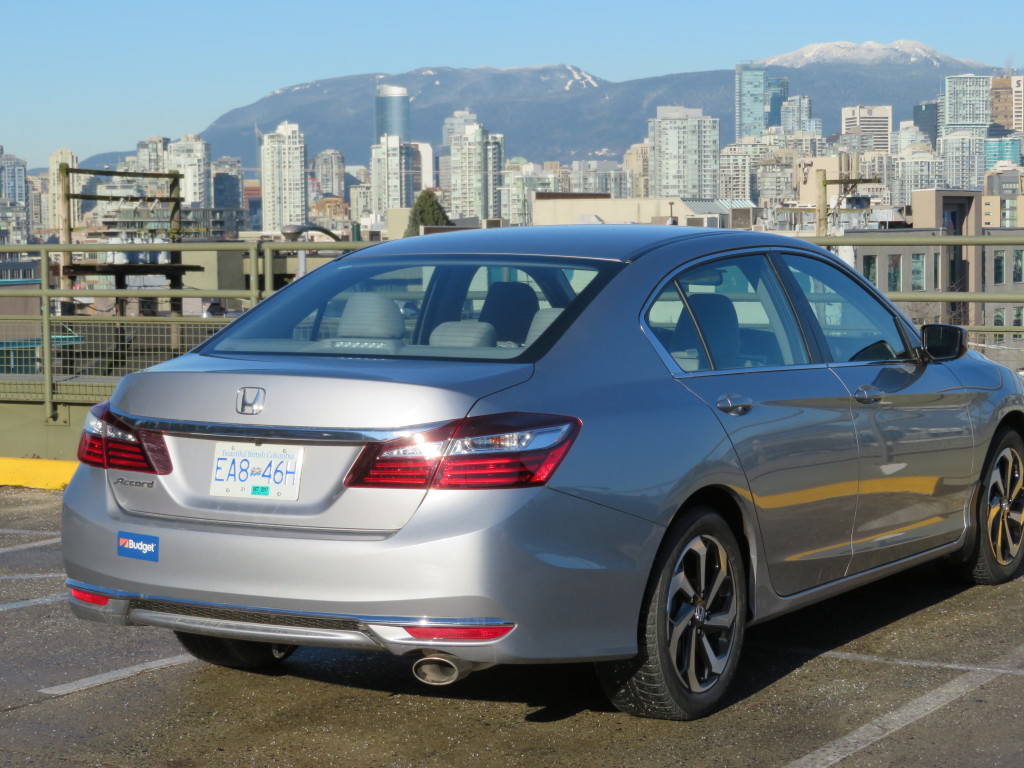
After a couple of days in Vancouver and meeting some amazingly friendly locals, I sadly said goodbye and hit the road for Sun Peaks to meet my sister Emma, and Mum who had already arrived there by plane. The views of Mt. Baker towering over the landscape around Vancouver didn’t fail to ignite the excitement, nor the endless snowy peaks and roadside ice.
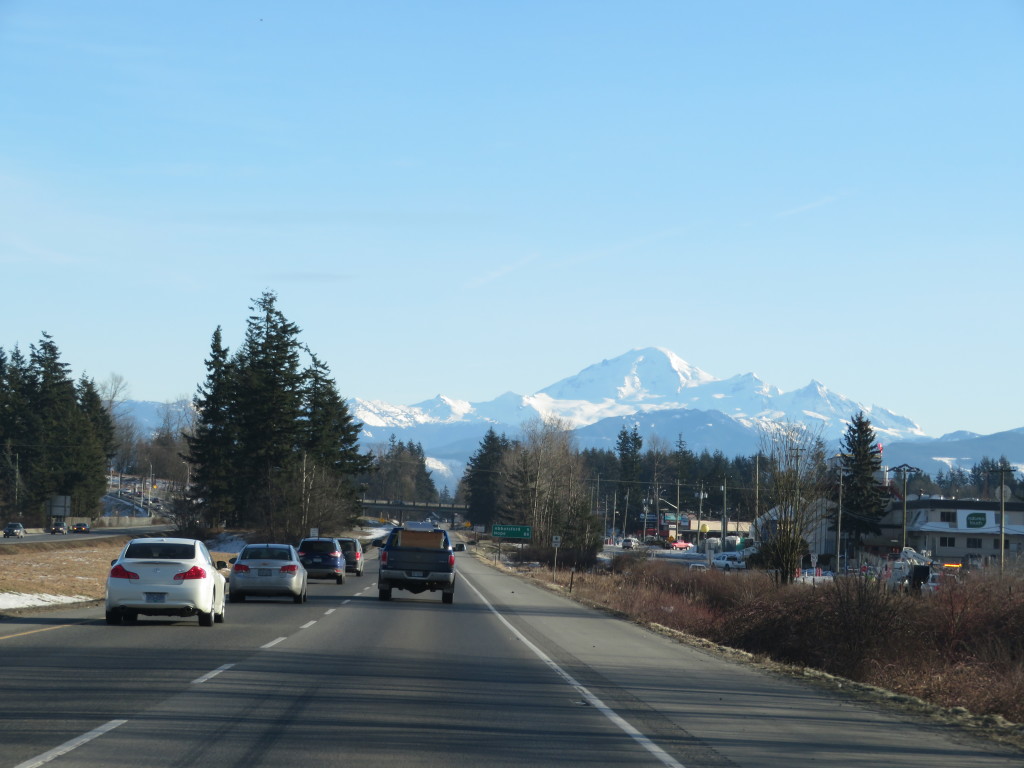
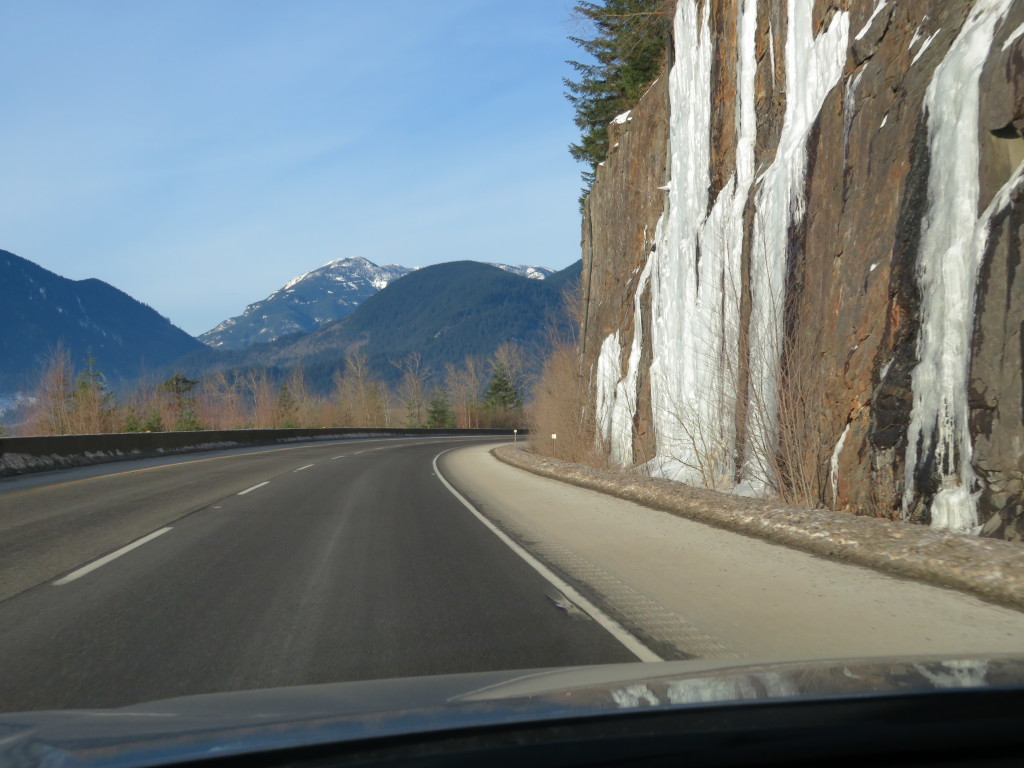
Sun Peaks – Alpine and Nordic Skiing
Sun Peaks, near Kamploops BC, is the second largest ski resort in Canada by area. The terrain was a mixture of piste skiing, and a few small areas which could only be accessed by hiking which provided some more backcountry style skiing.
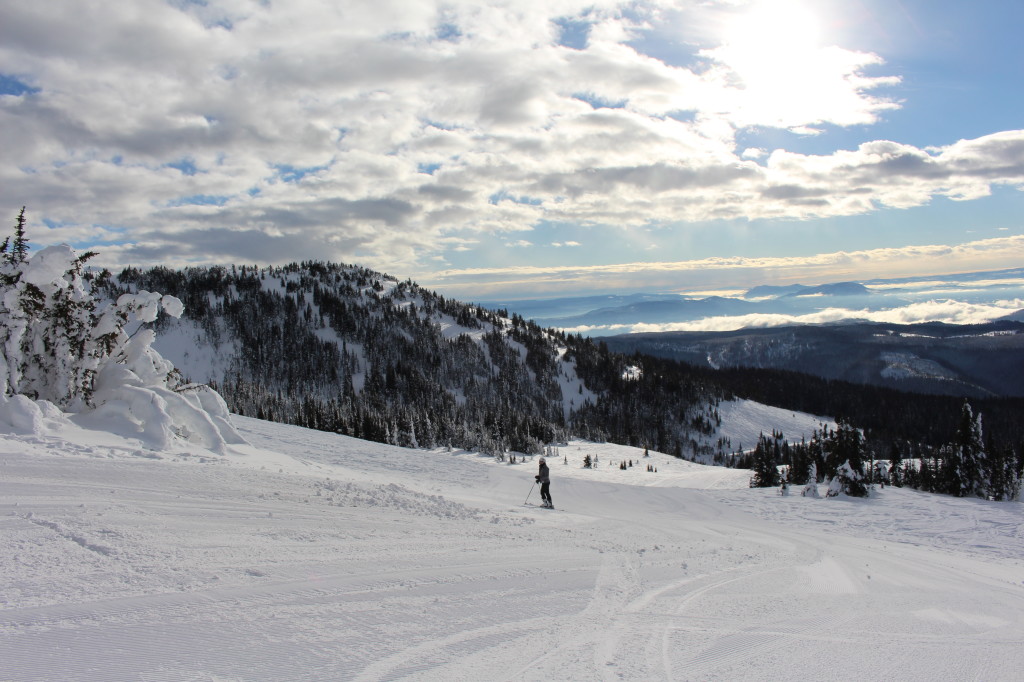
During the first few days there was barely any new snow, so it was mostly just the groomed piste skiing that provided any fun. Mum and I decided to have a day of nordic skiing, which I actually enjoyed more than the alpine skiing given the dry conditions. I love the full-body cardio workout that nordic skiing gives you: I can understand why Scandinavian nordic skiers have the highest cardiovascular capacity of any athletes! The silence, sense of remoteness and being far removed from the ski lifts and crowds, is wonderful and serene.
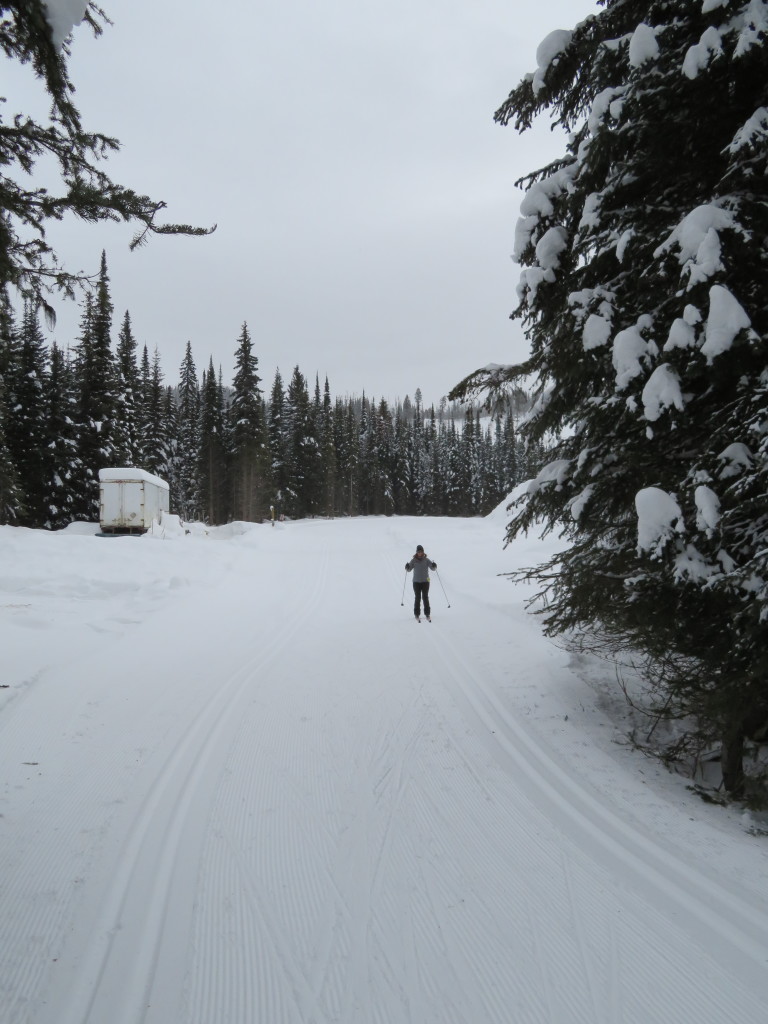
Luckily our final day in Sun Peaks had 10cm of fresh powder snow. Though most of the resort was tracked out by 9.30am, the hiking area of ‘The Gills’ (with a tiny 200m uphill stroll, less than 5 minutes of walking) retained an astonishing amount of untracked snow well into the afternoon.
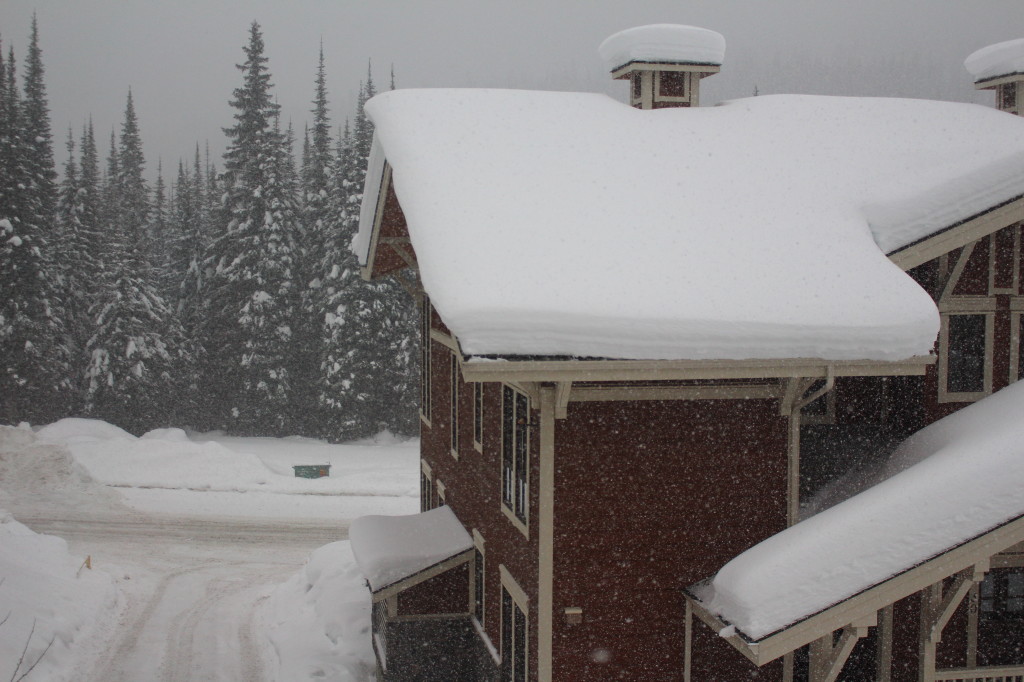
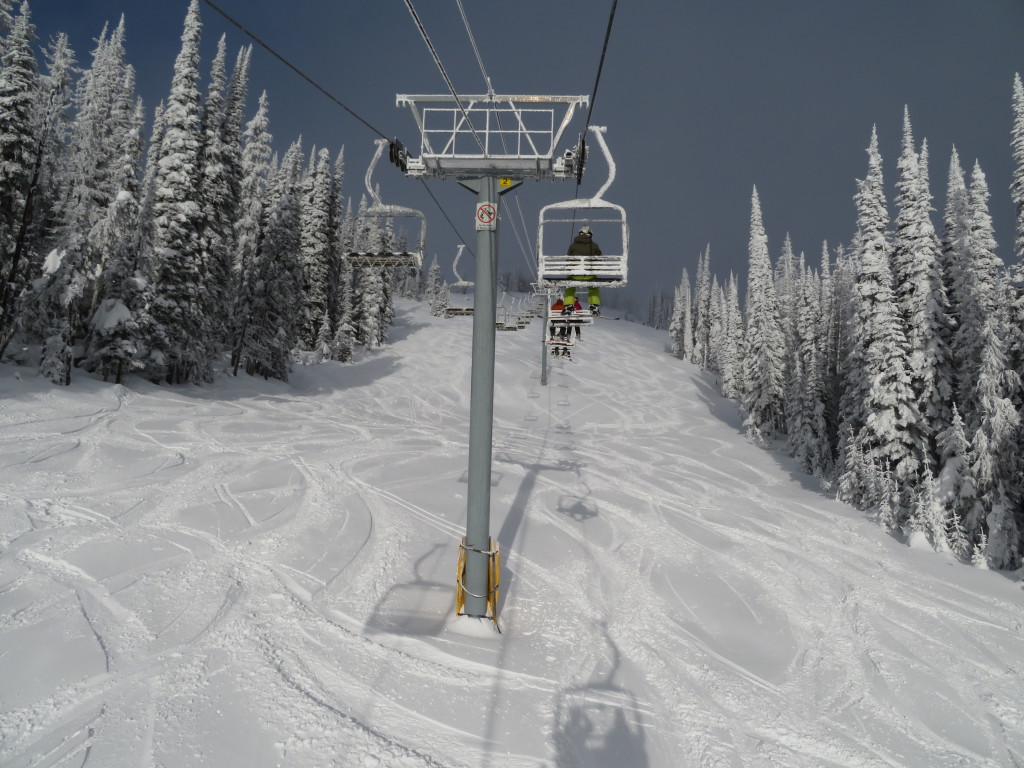
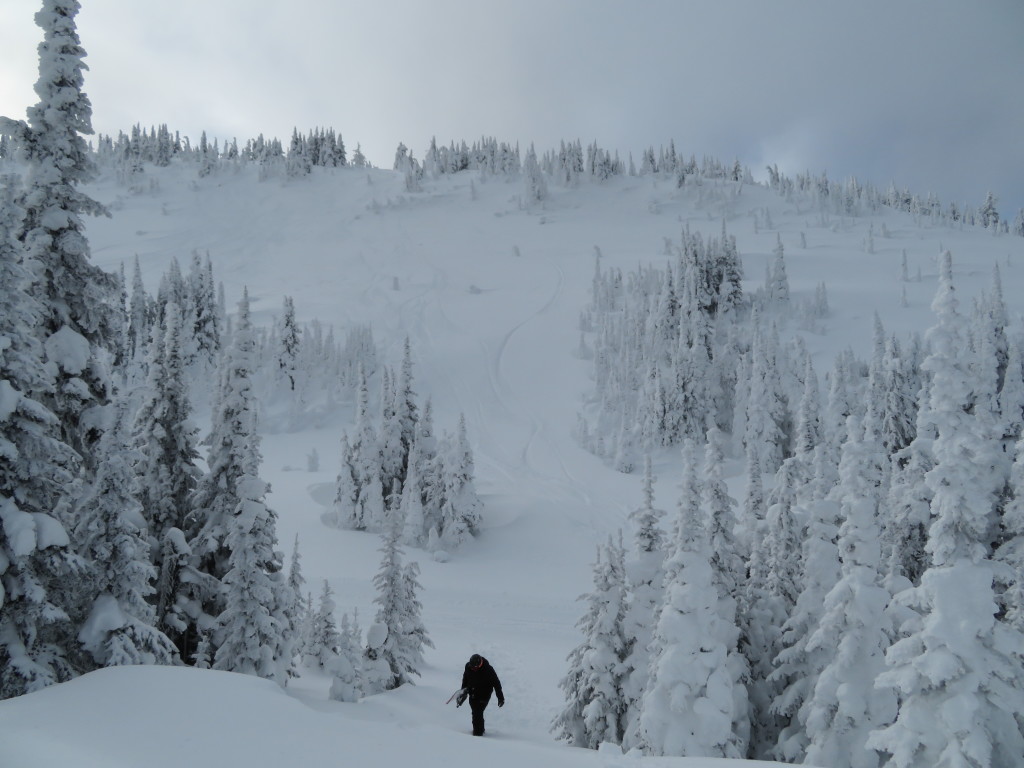
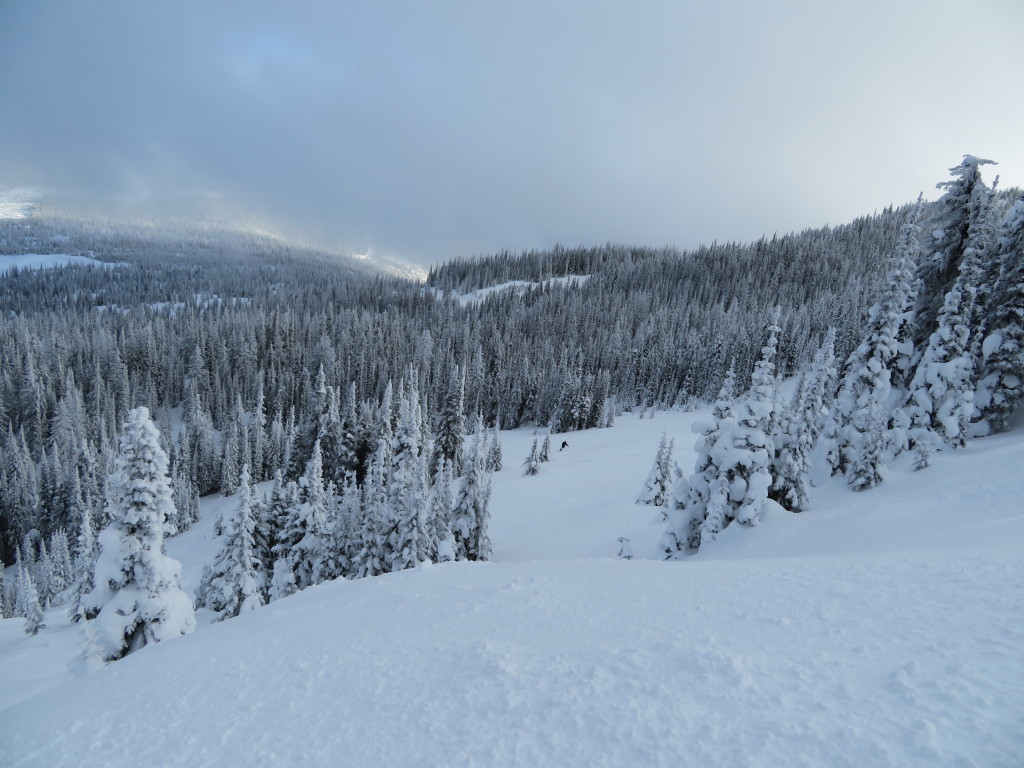
Golden and Kicking Horse Mountain Resort
Piling all our gear into the rental car, Mum, Emma and I hit the road for Golden, where I spent 8 months during a gap year I took from uni, 5 years prior to this trip. We took it slowly, enjoying the awesome scenery along the way. Rogers Pass was particularly stunning. I’d love to go back one day and do some ski touring (albeit, with someone who knows what they’re doing…people are frequently killed by avalanches in these mountains).
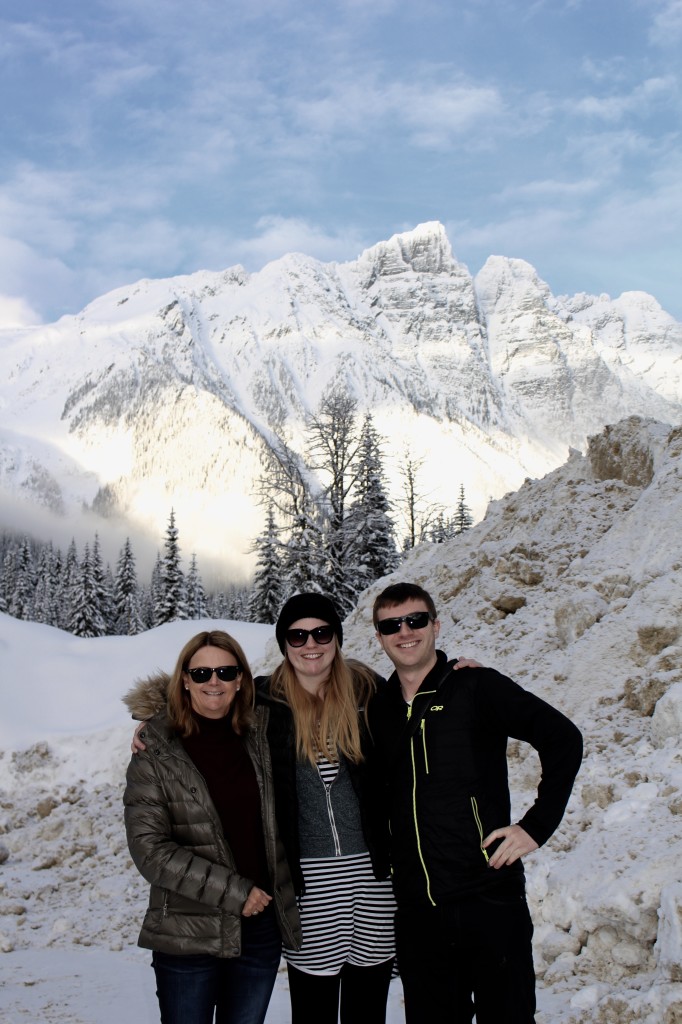
We did three days of skiing at Kicking Horse. I love this resort – the terrain is the most interesting, challenging, steep and technical of any resort I’ve been to since. Having spent a whole season skiing and working here, I know how great it can be on powder days. Big alpine bowls, ridges, chutes, and gladed trees provide endless fun times when the snow is fresh. Unfortunately on this trip the conditions were fairly warm and sunny, but with no fresh snow. I had to do a lot of hiking to find any of the soft stuff, and most of it was already tracked out.
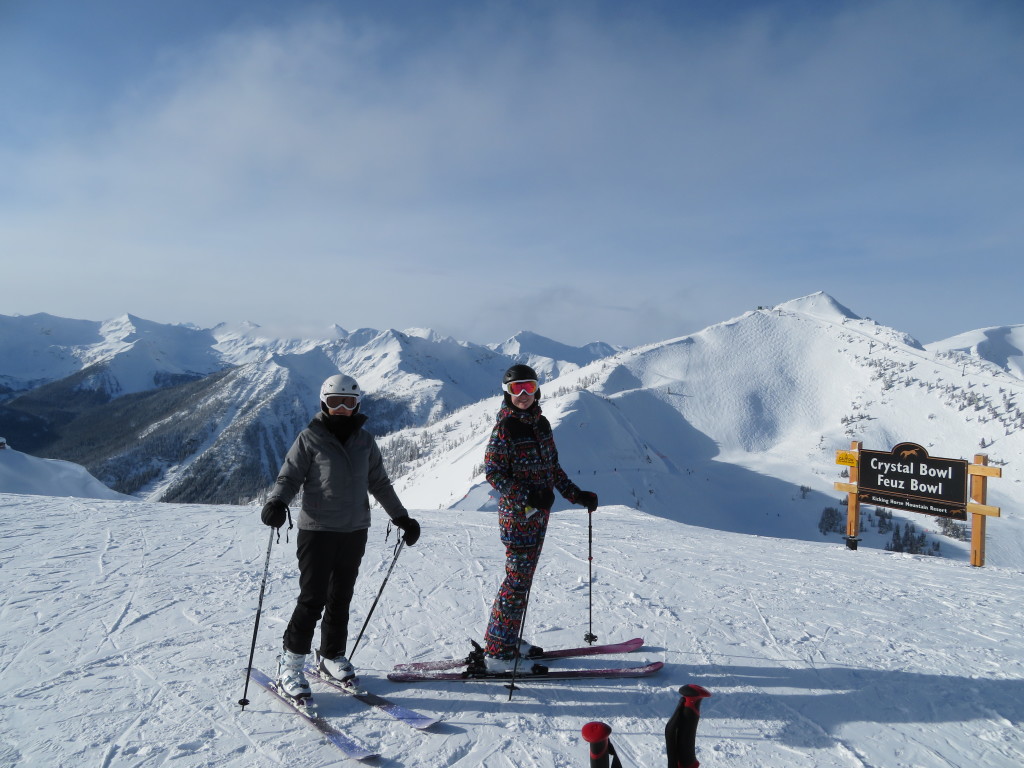
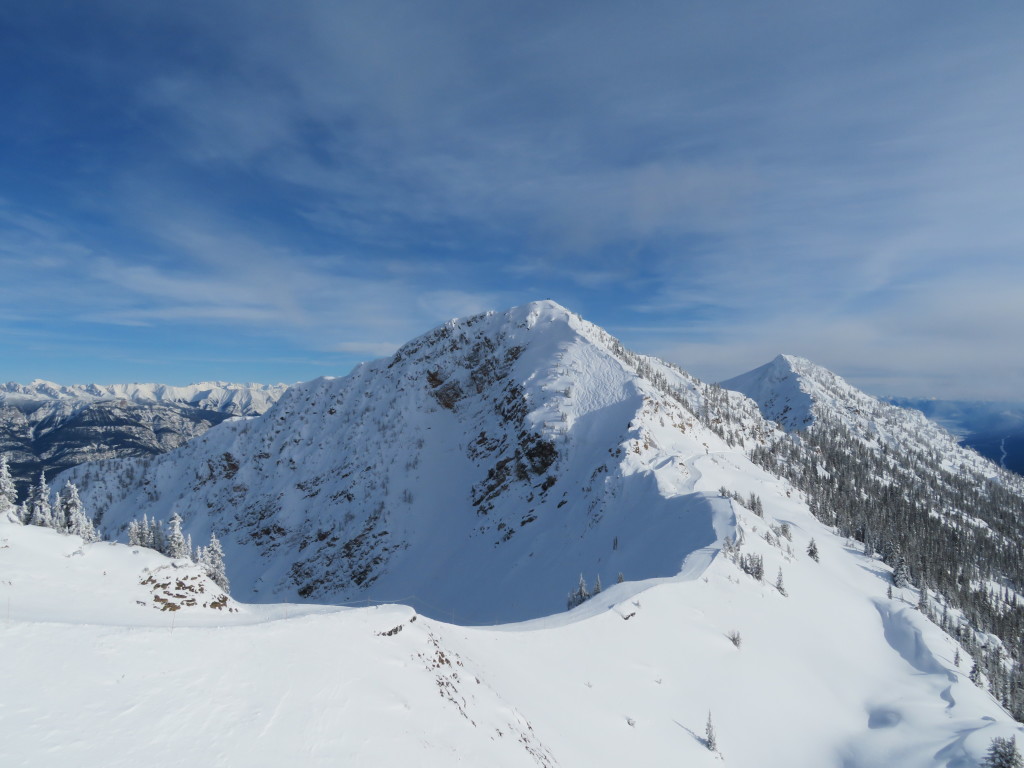
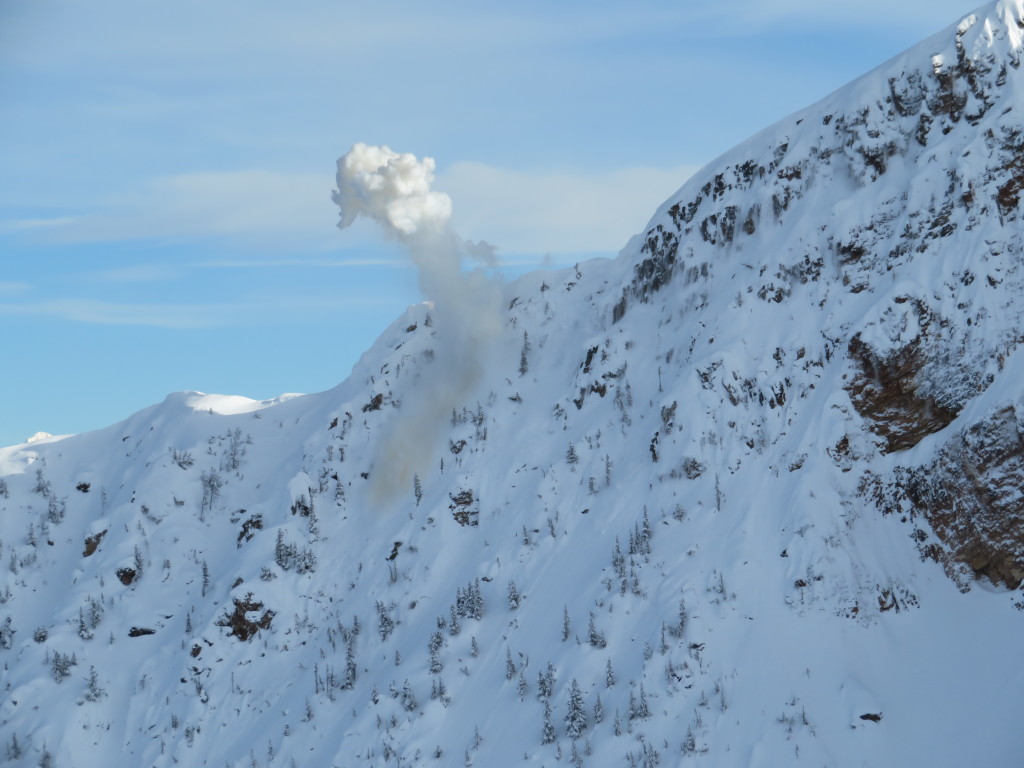
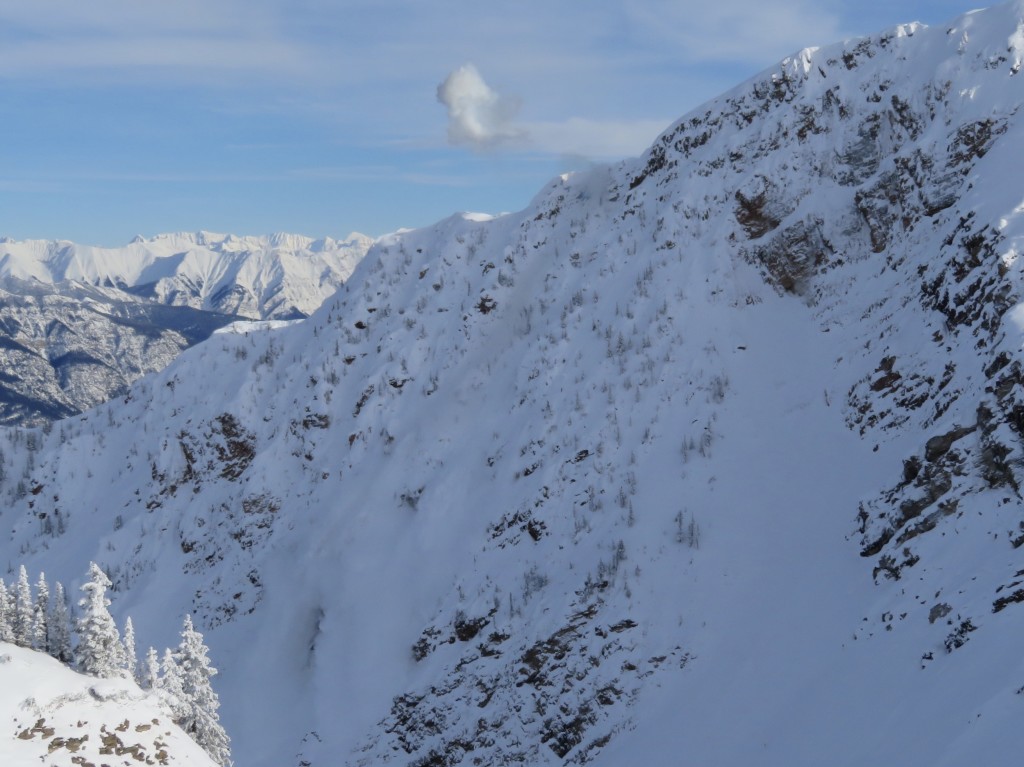
I decided to hike up T1 ridge and ski down the final chute on the North side, named ‘Consequence’. Absolute cracker of a line when fresh, unfortunately a little tracked out on this occasion.
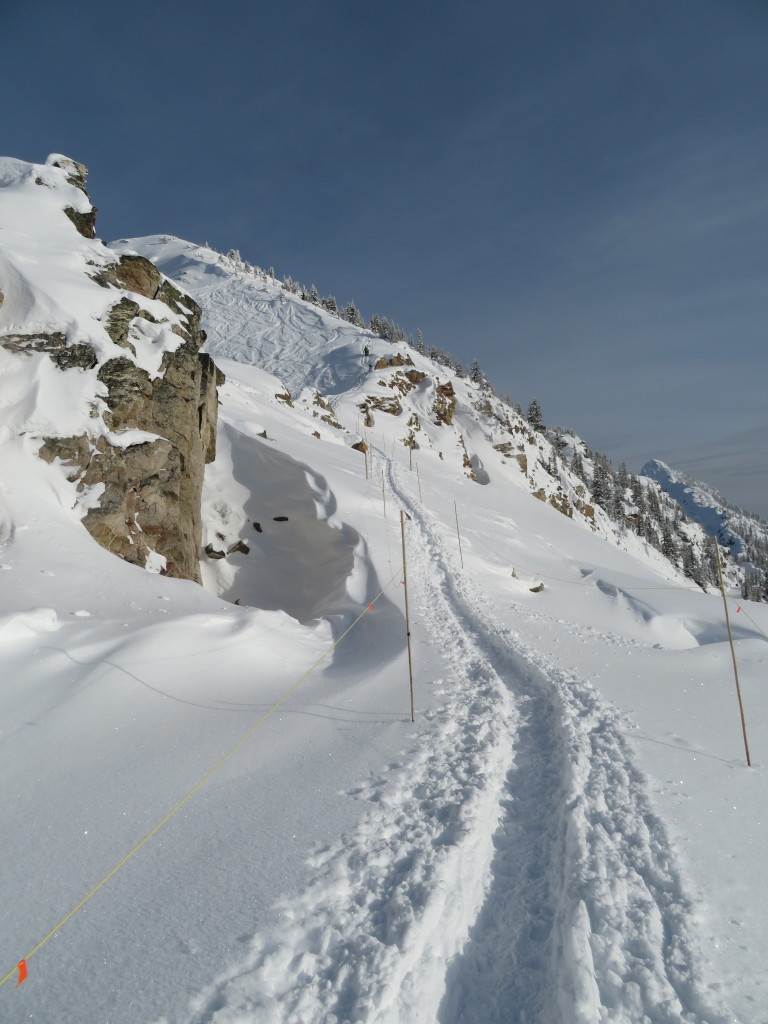
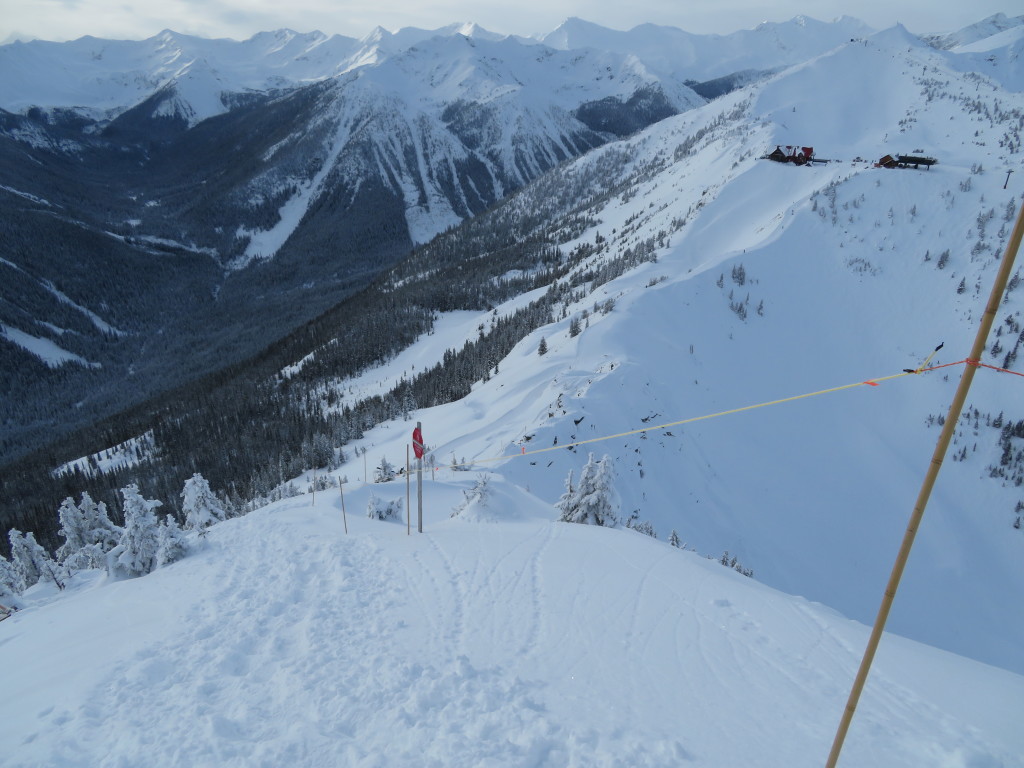
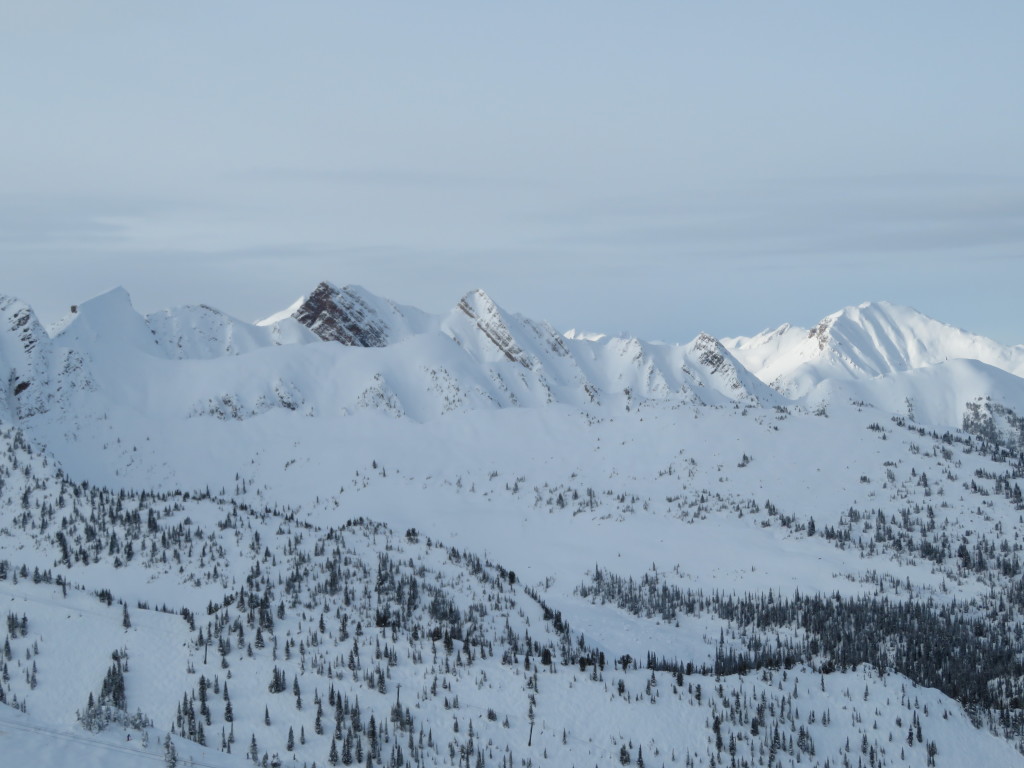
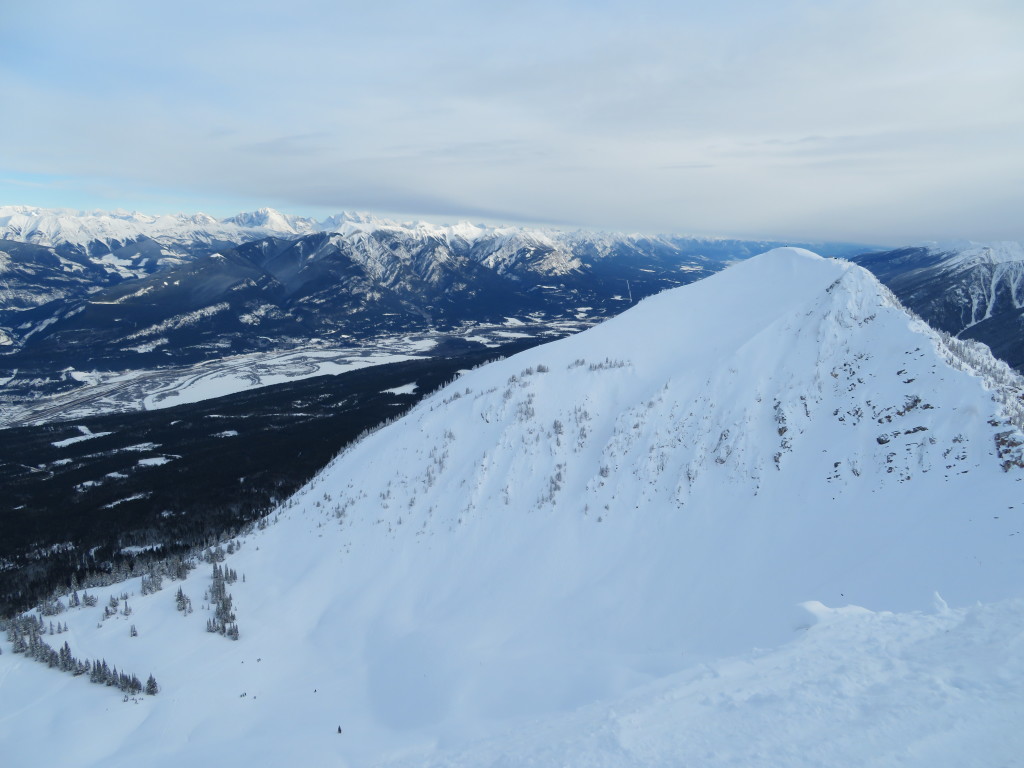
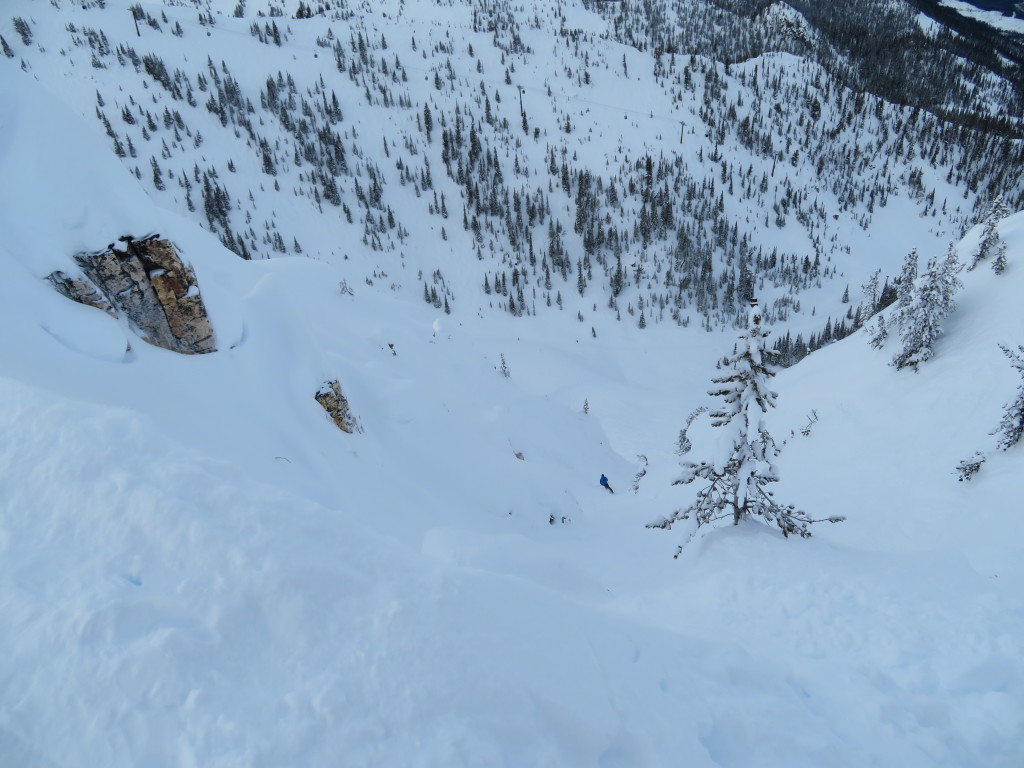
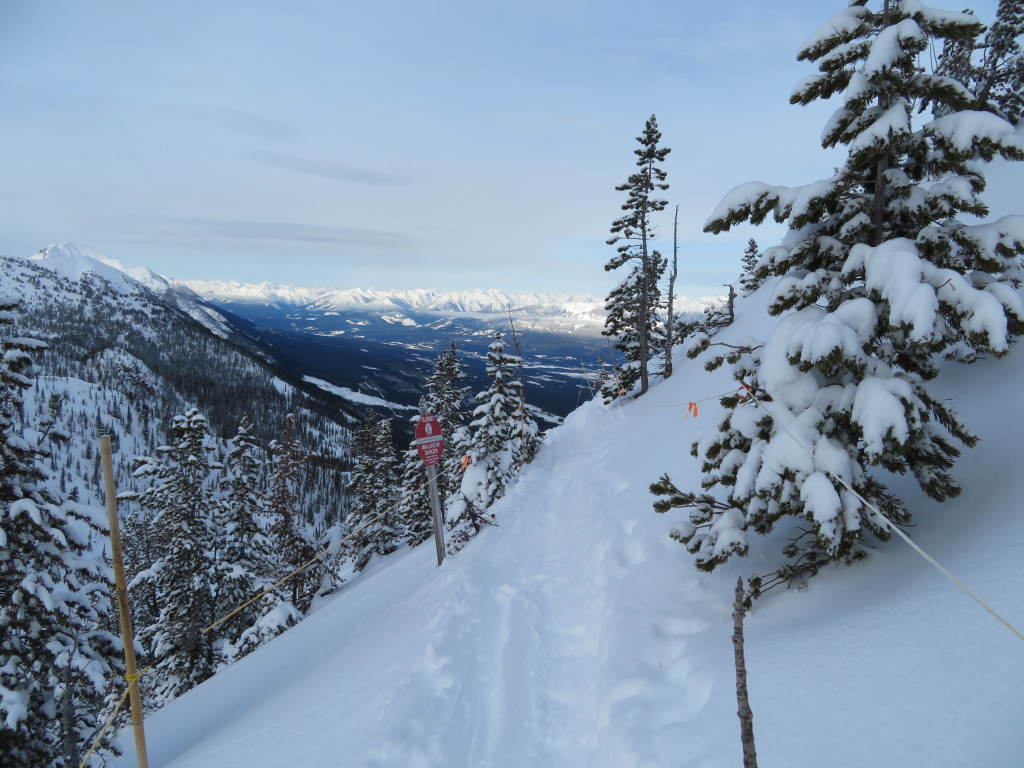
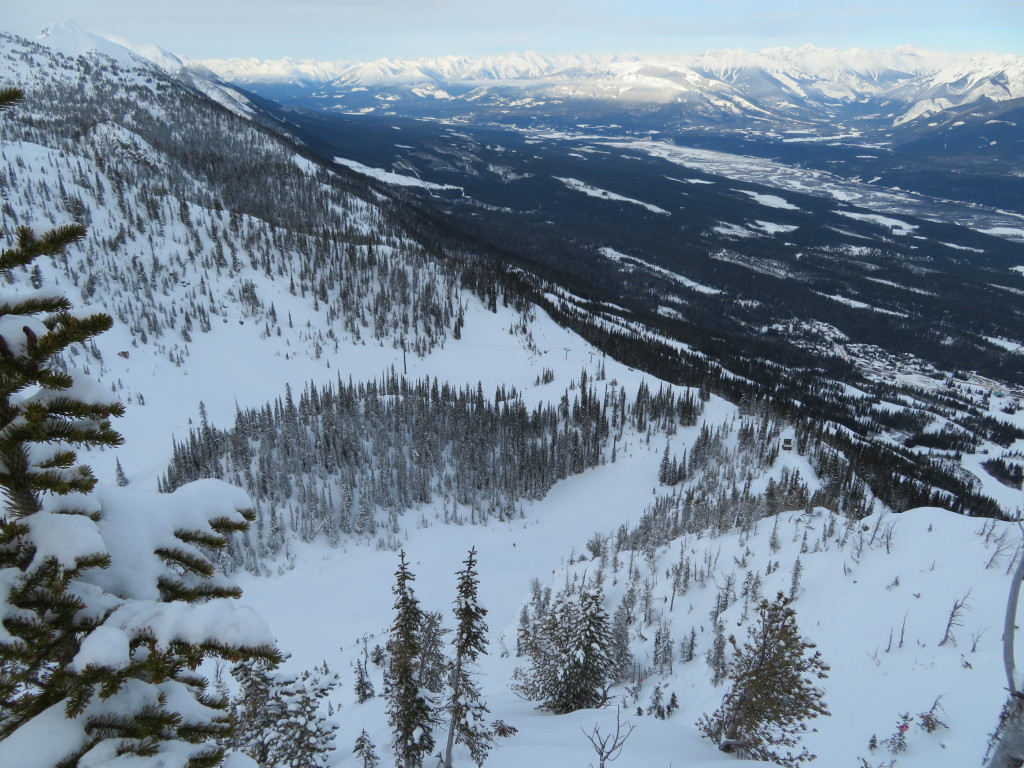
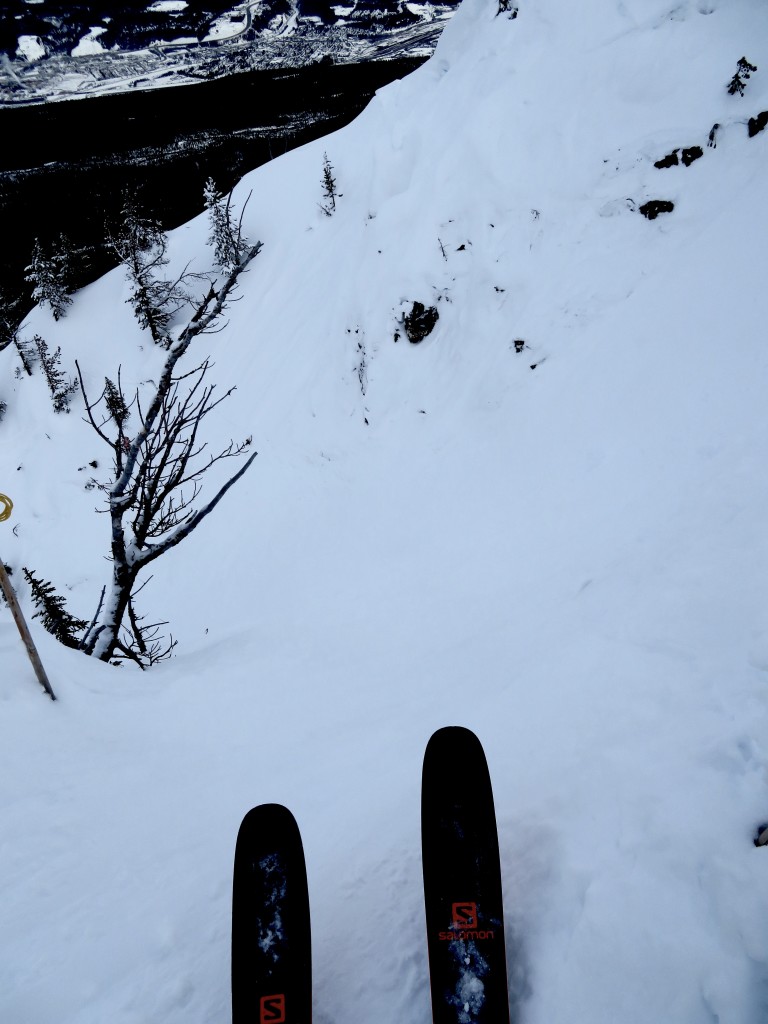
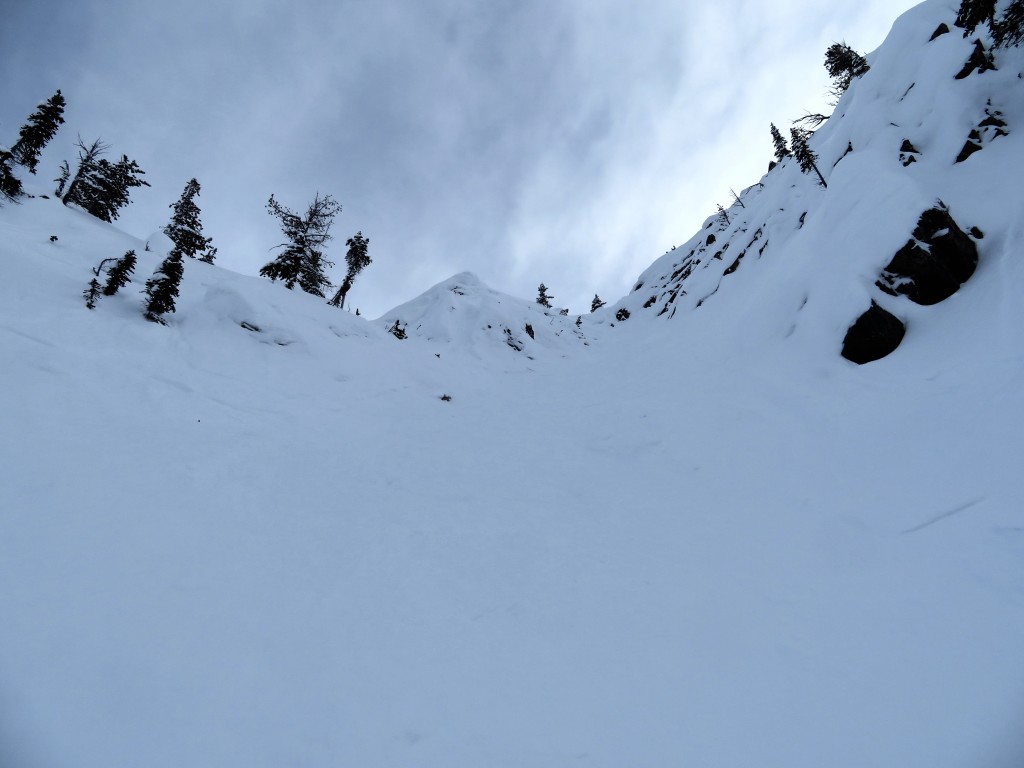
I also decided to hike T2 ridge on a different day. There was some decent snow still to be found there, surprisingly.
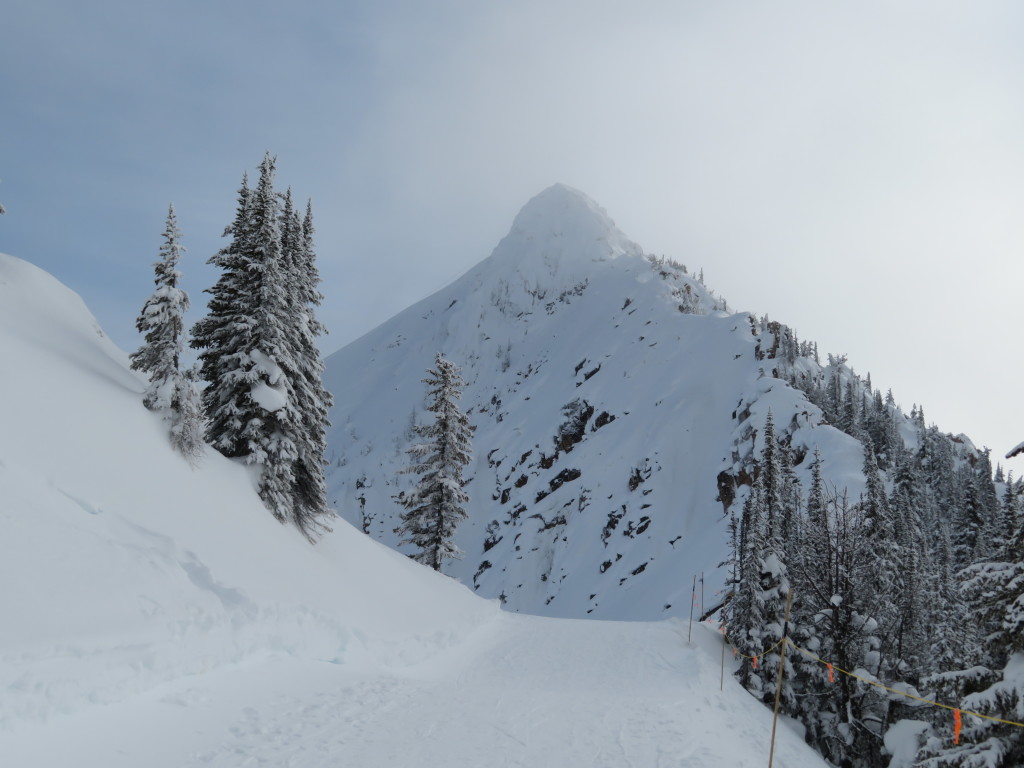
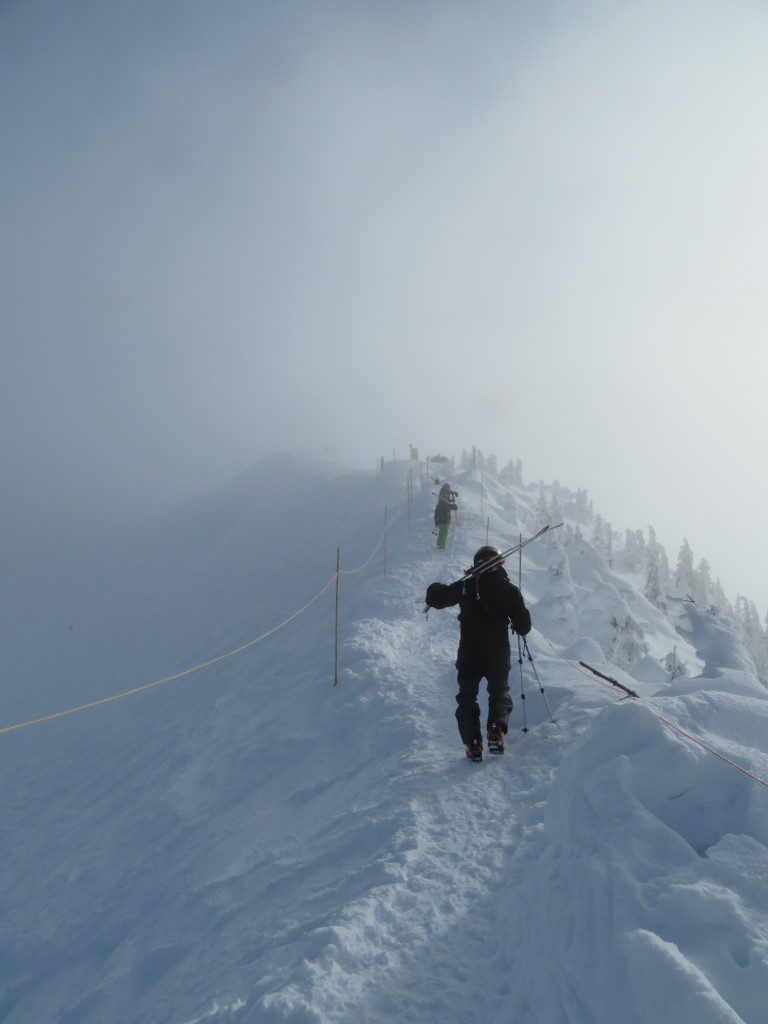
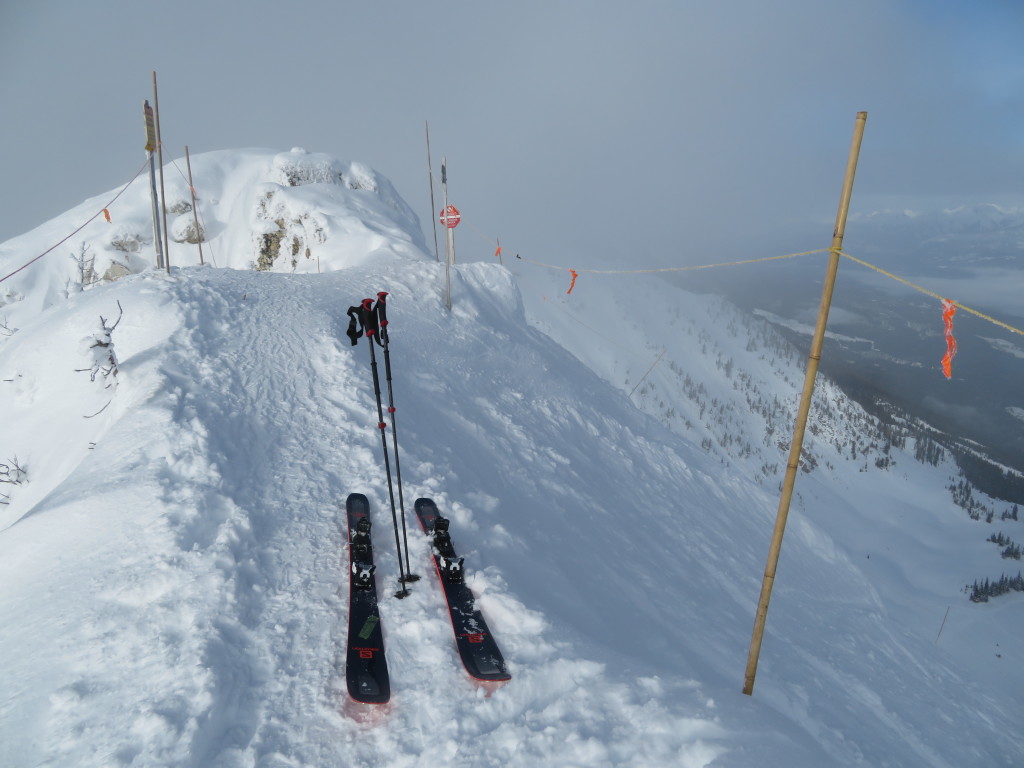
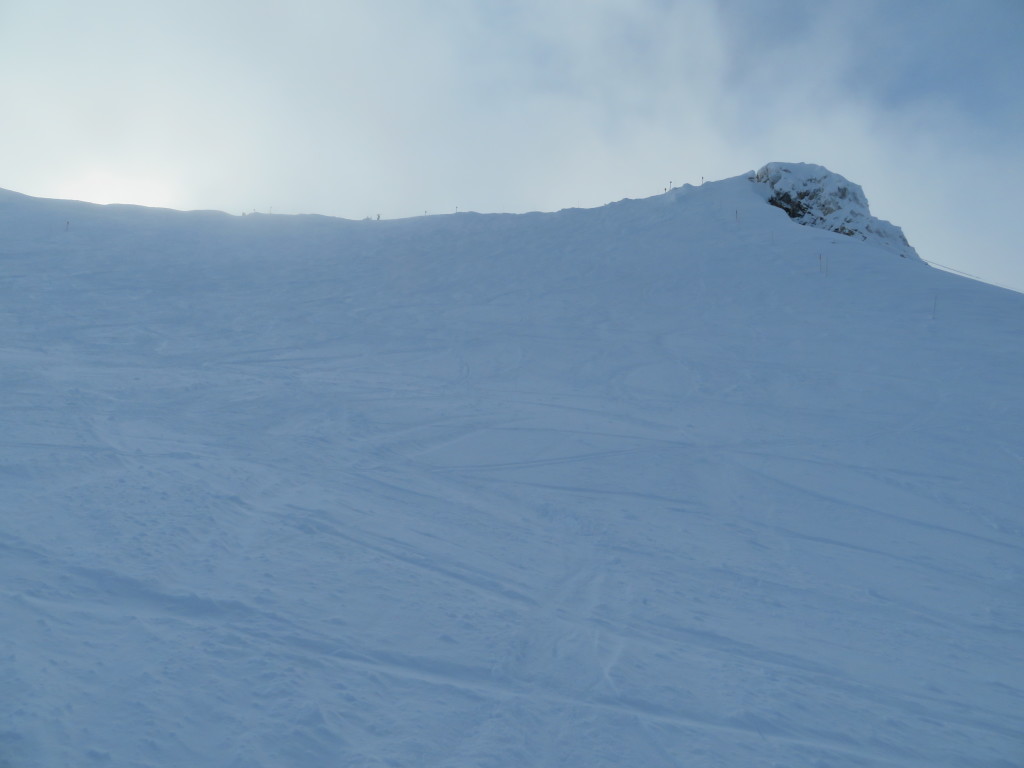
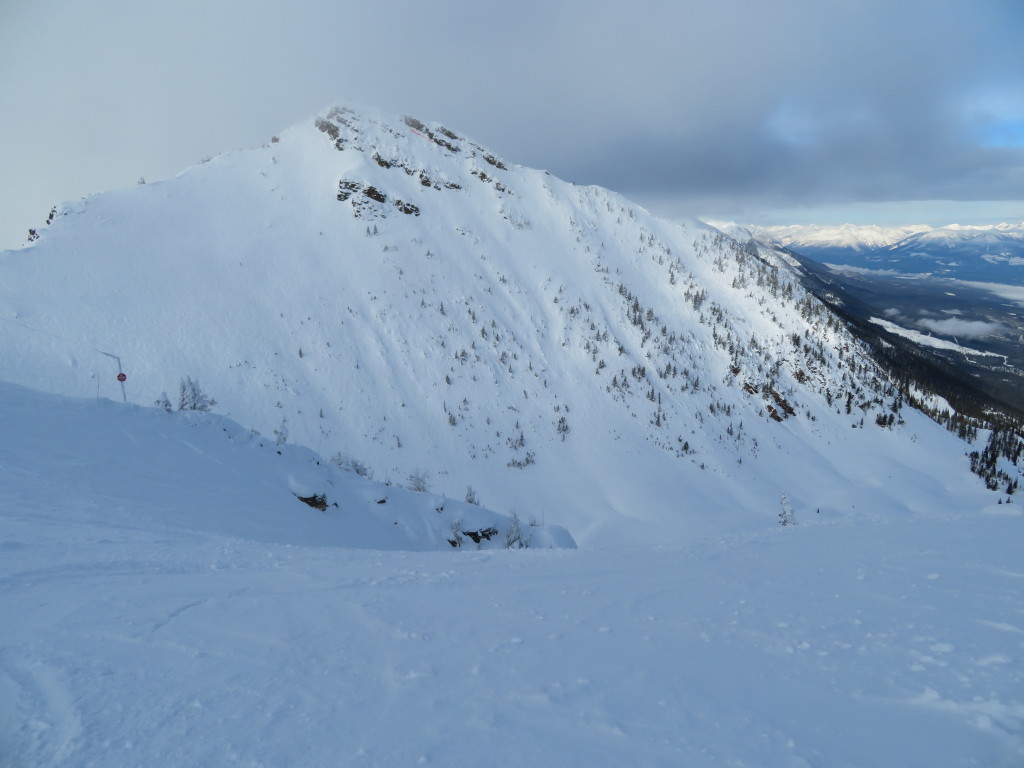
It was strange to visit Kicking Horse again. It seemed familiar but oddly distant. Most of the people I met during my time there 5 years ago have either moved on to other places, or were unreachable during my brief visit. Thanks to Rhys Badenoch though who made us feel very welcome, and as supervisor of the ski school had some handy technique pointers! I still regard this place as the best ski resort I’ve ever been to, as it has terrain that never ceases to provide challenges, without the crowds of places like Whistler. A brilliant laboratory to learn big mountain skiing!
Our next and final stop on our journey eastward was Canmore. Again, we travelled there slowly, enjoying the phenomenal beauty of Banff National Park, Lake Louise and Kananaskis Country. Emma joined us for one night before bussing back to Sun Peaks.
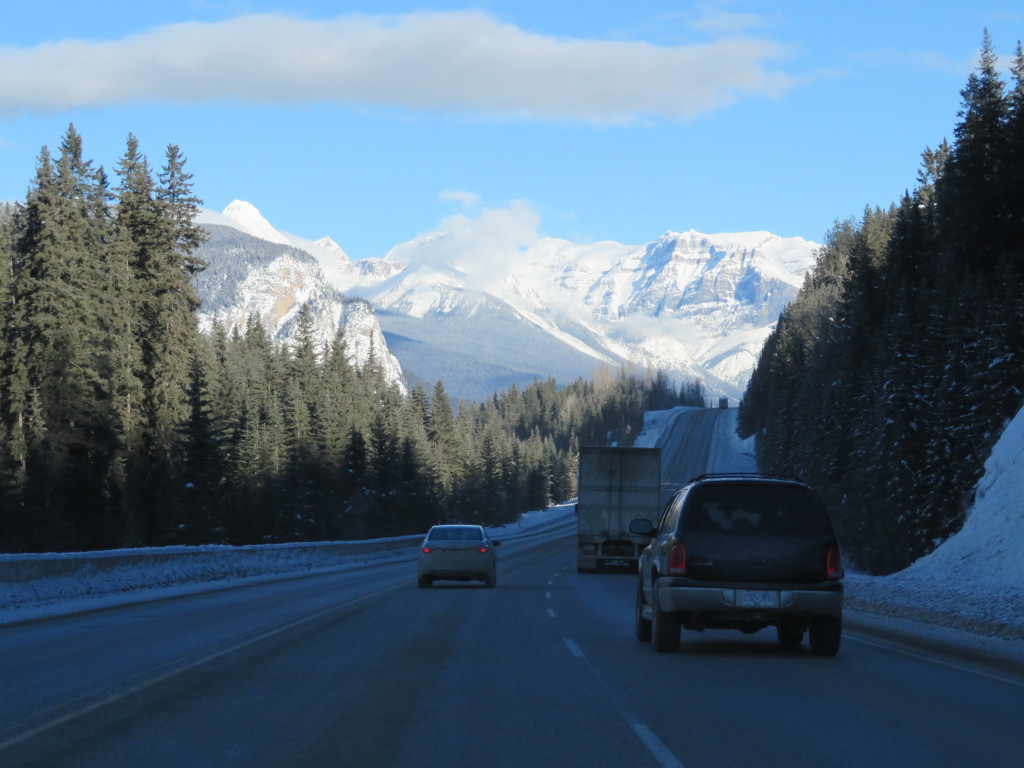
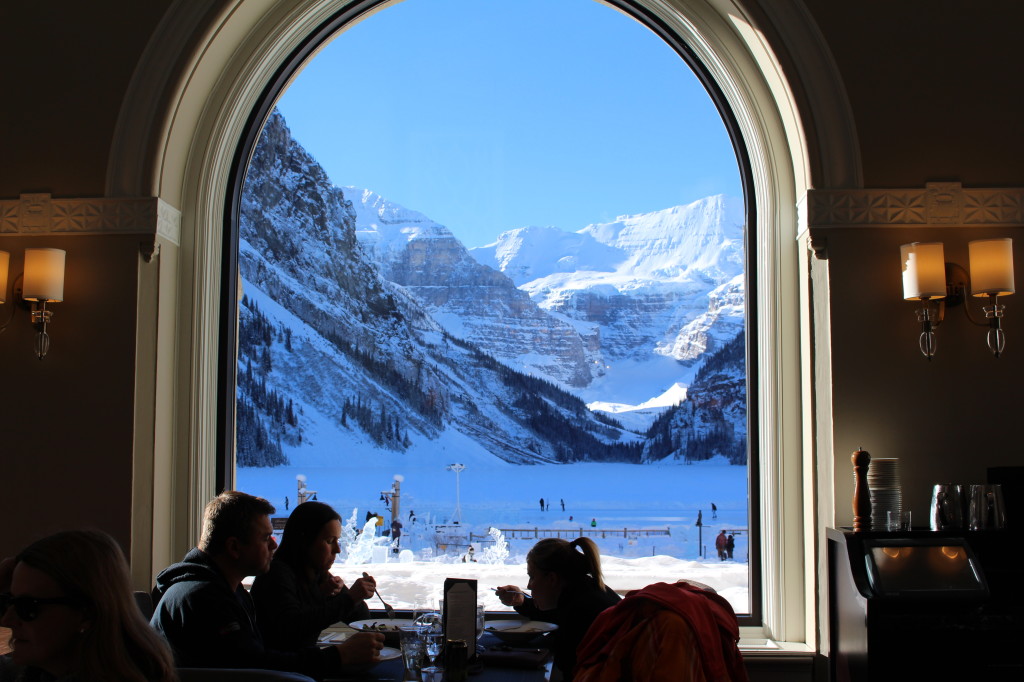
Canmore Ice
In Canmore, whilst Mum went skiing with some friends visiting from New Brunswick, I did three days of guided ice climbing instruction with Brent Peters of Peak Stratagem, and Patrick Lindsay of Ridgeline Guiding, followed by a day of ice cragging with some locals. The professional guiding wasn’t cheap, but it was money well spent: Brent and Patrick were both fantastic mentors, and incredibly controlled climbers to watch on lead. Their local knowledge and experience also meant I got to sample some of the local classics in a short space of time, without being exposed to dangerous avalanche terrain.
Day 1 – Ice climbing refresher and movement coaching
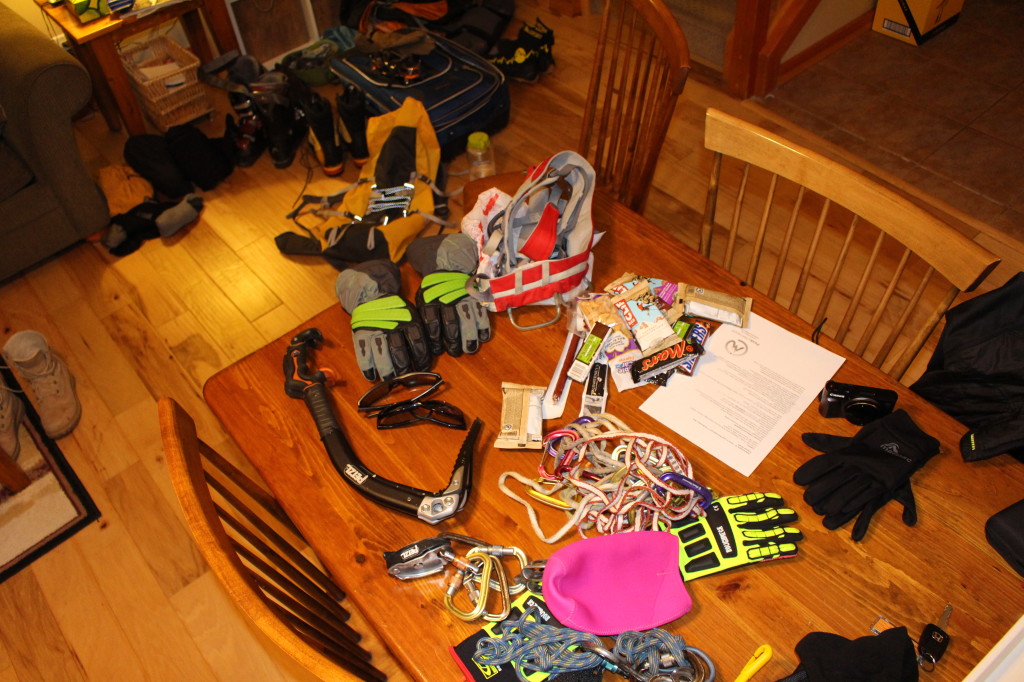
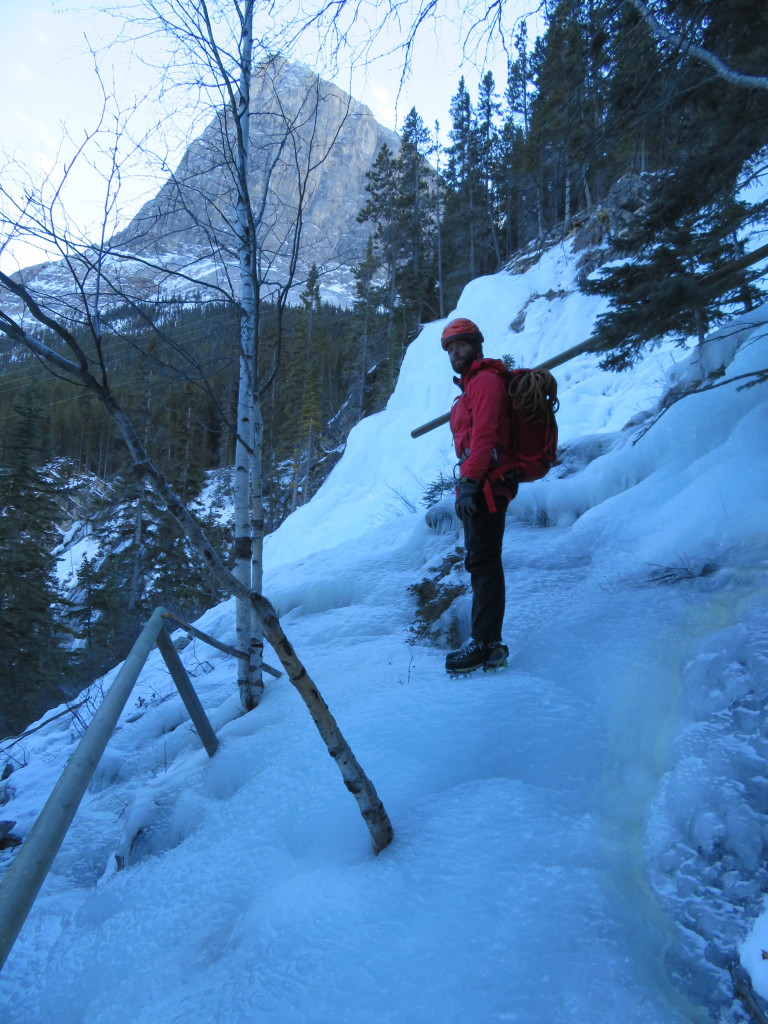
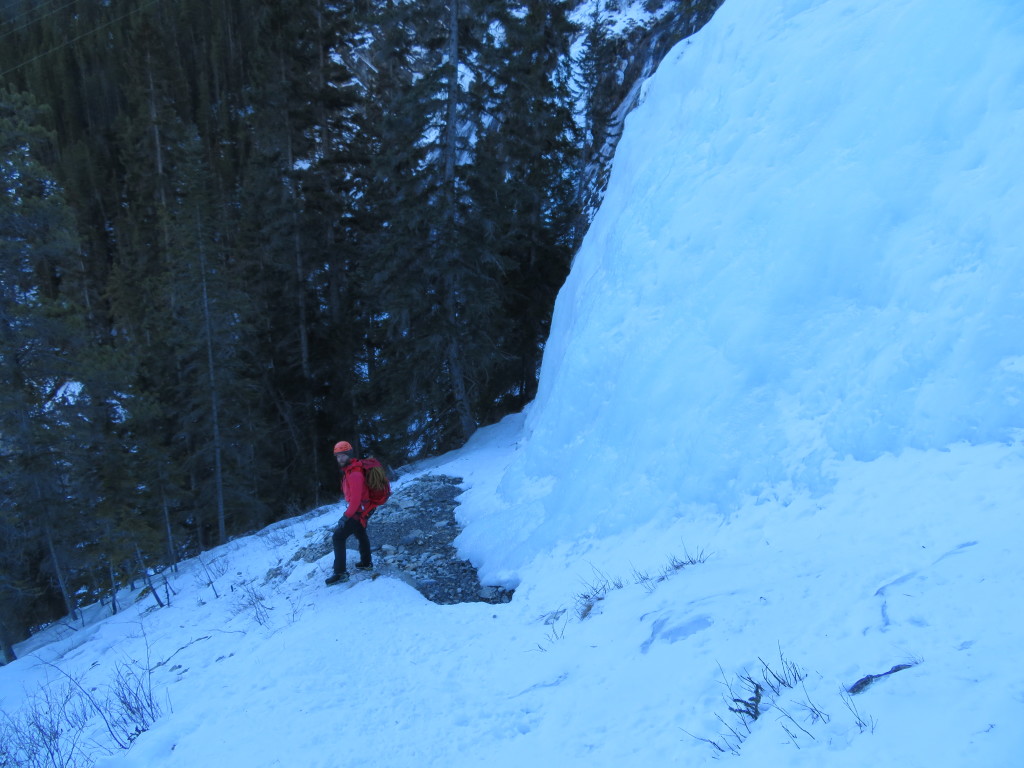
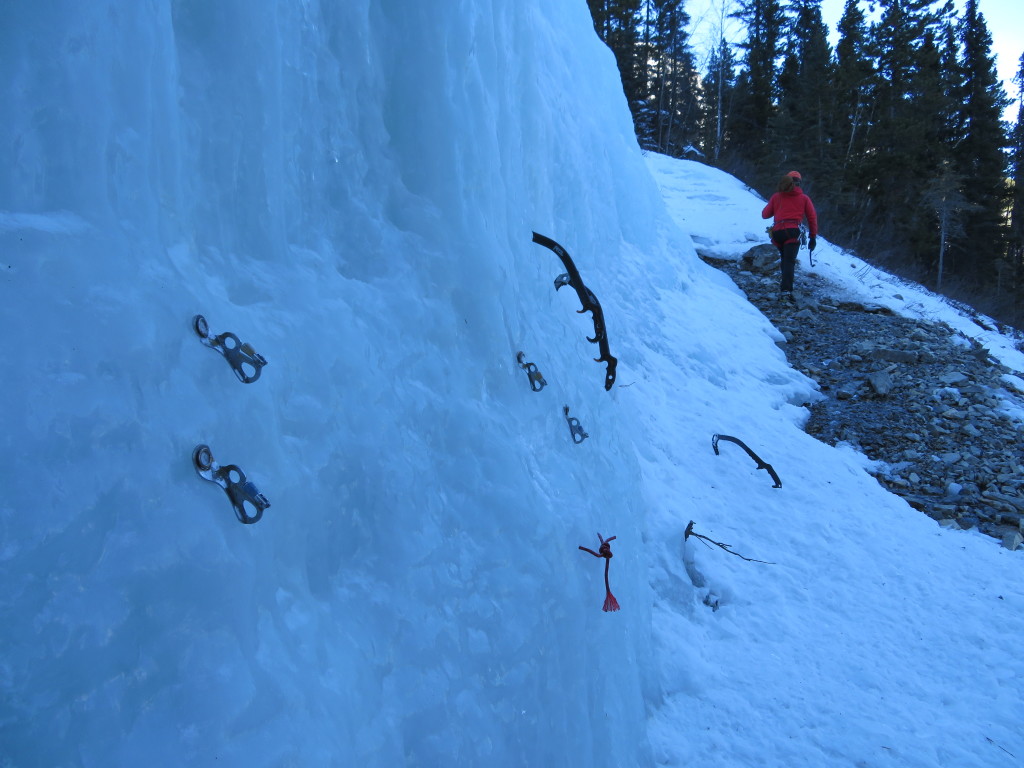
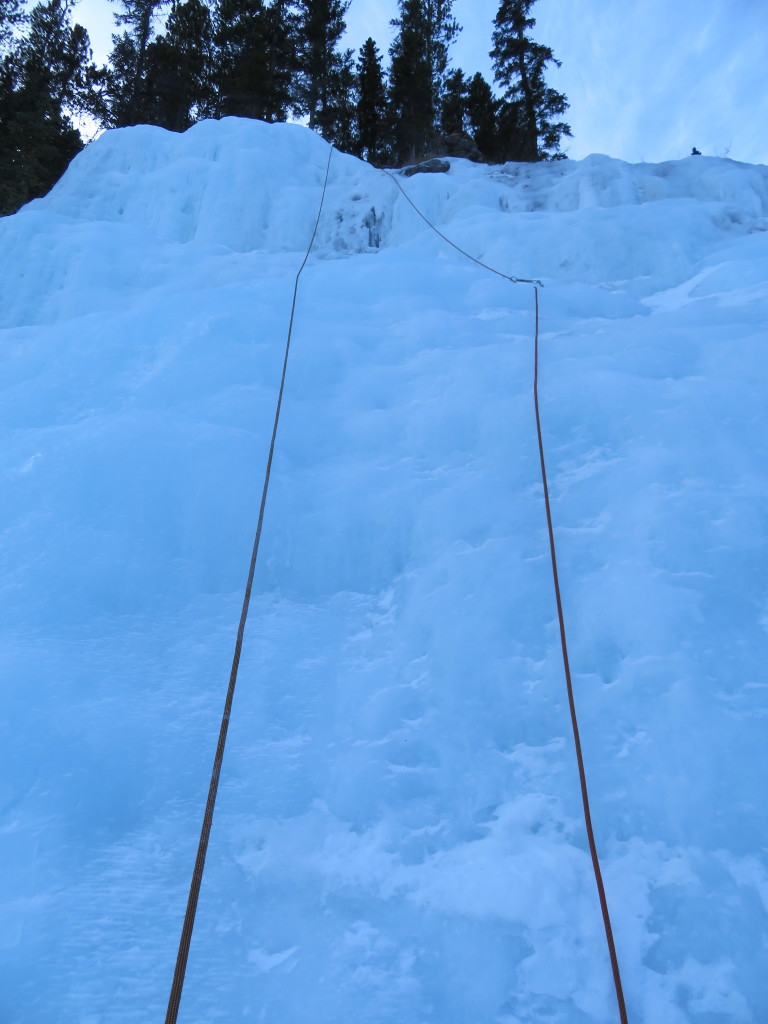
Day 2 – Multi-pitch day on Louise Falls (Lake Louise)
On this day, we had an early start to try and be the first party on Louise Falls at the stunning Lake Louise. We were joined by another client, Ruby, who climbed with Brent whilst I climbed with Patrick. 4 pitches, crux WI4/5, 115m. Easily the best day of the trip, it was committing but not overwhelming, difficult but achievable, uncomfortably cold at times but intoxicatingly real. Car to car took us about 4.5 hours.
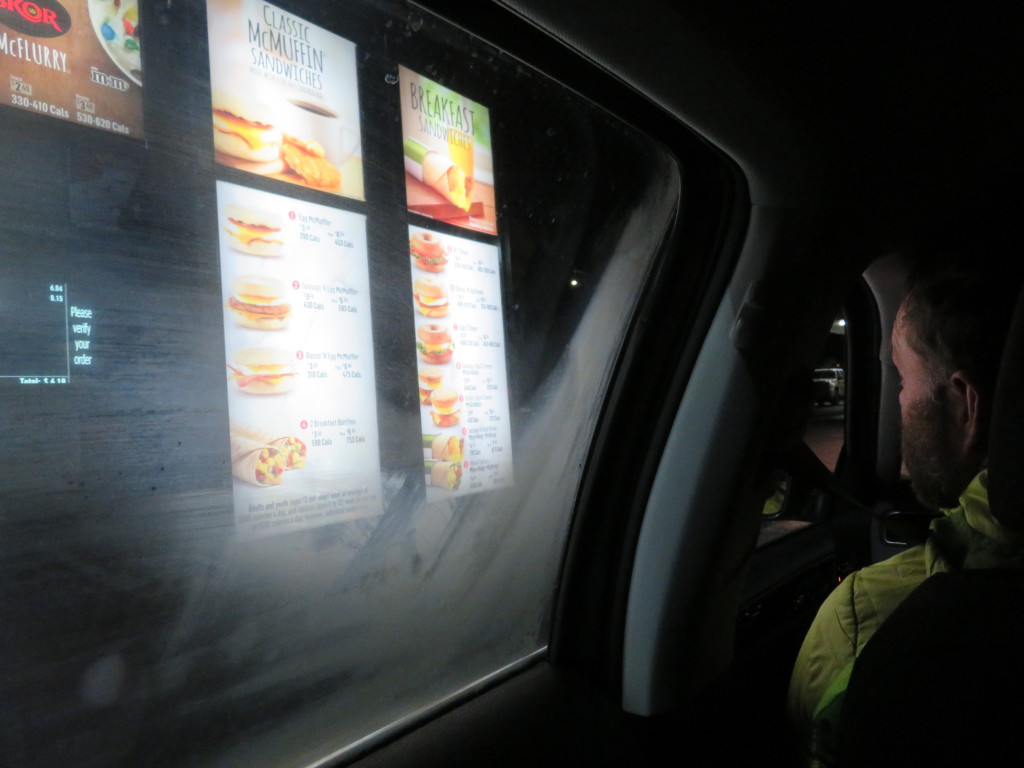
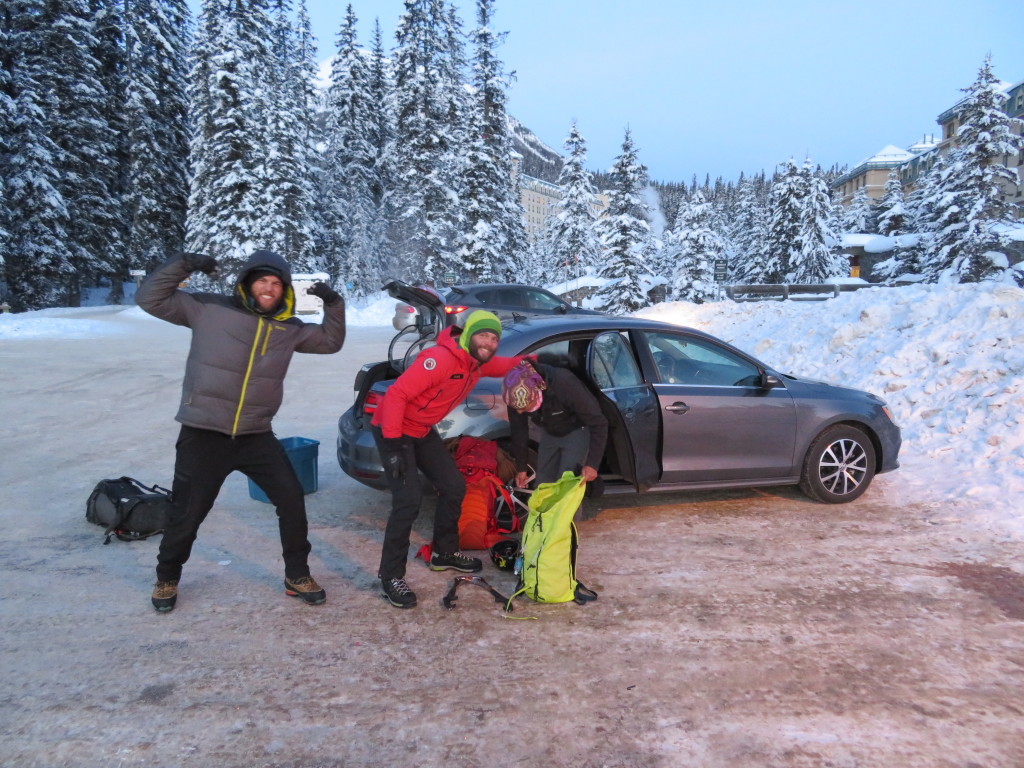
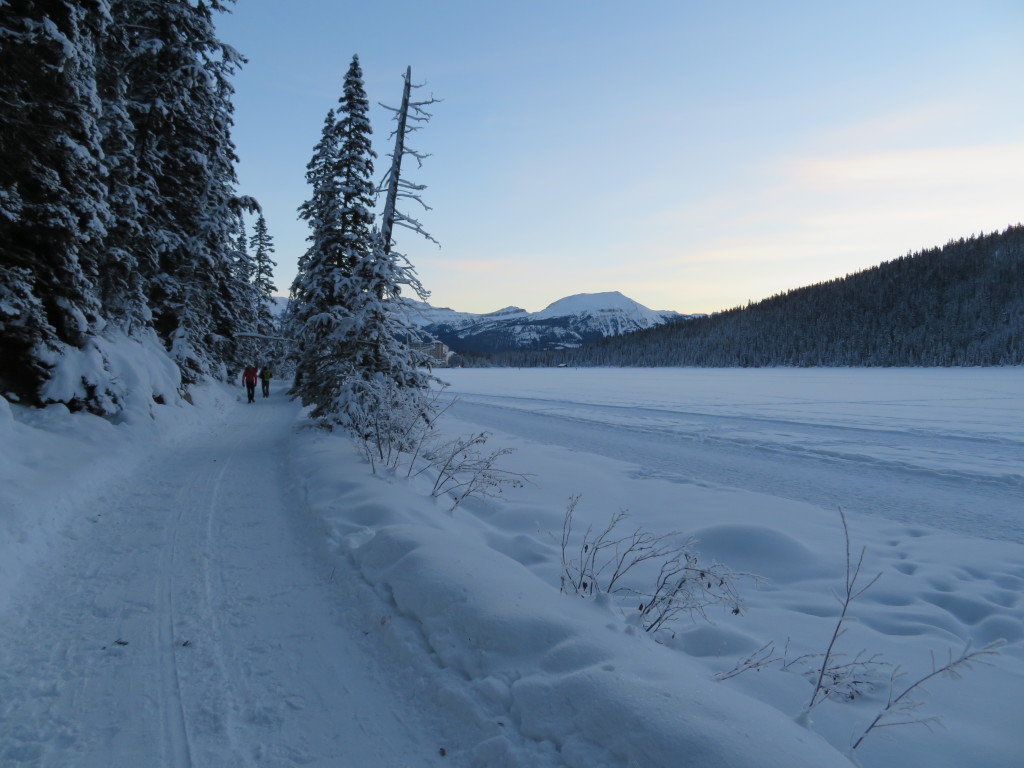
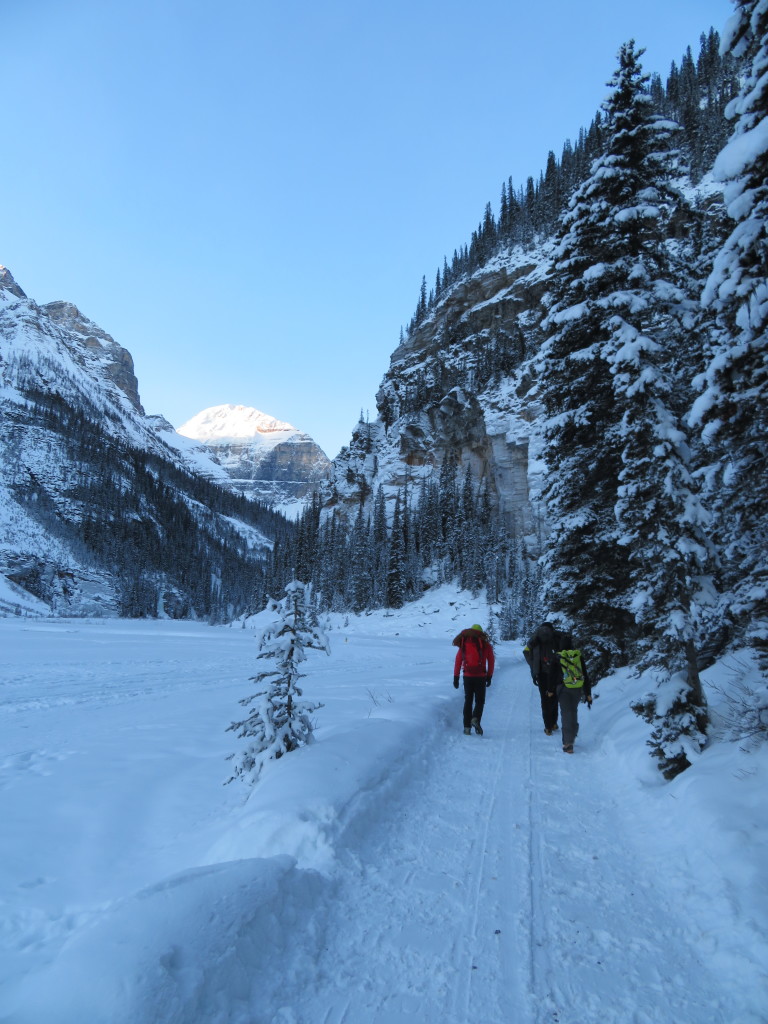
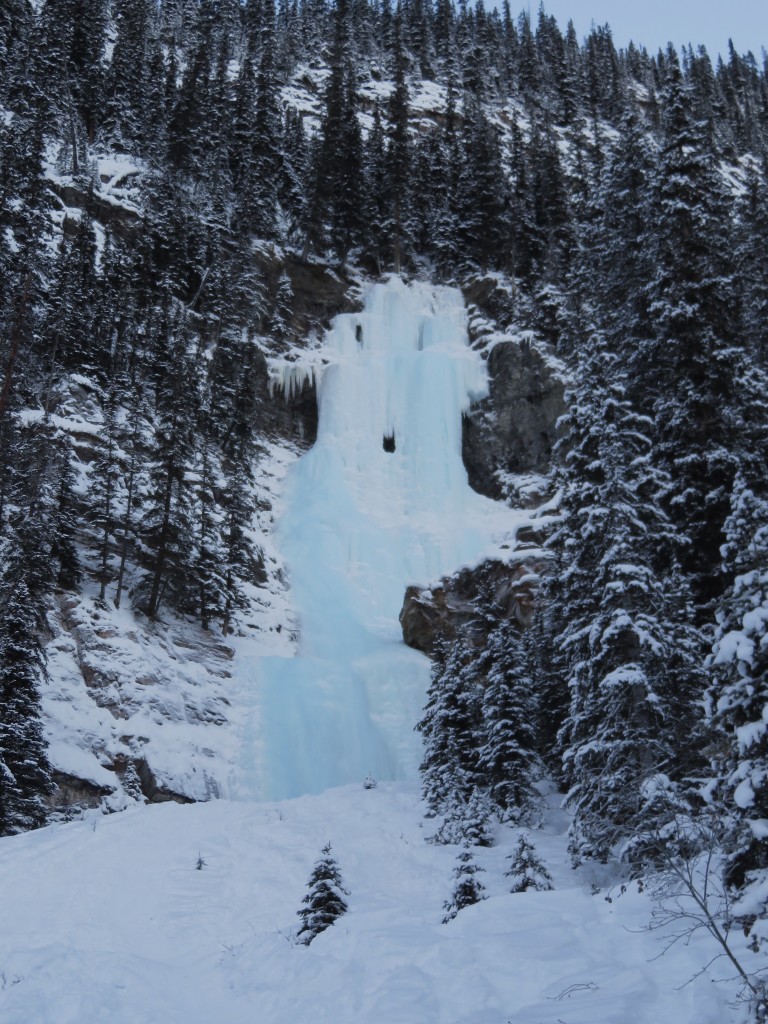
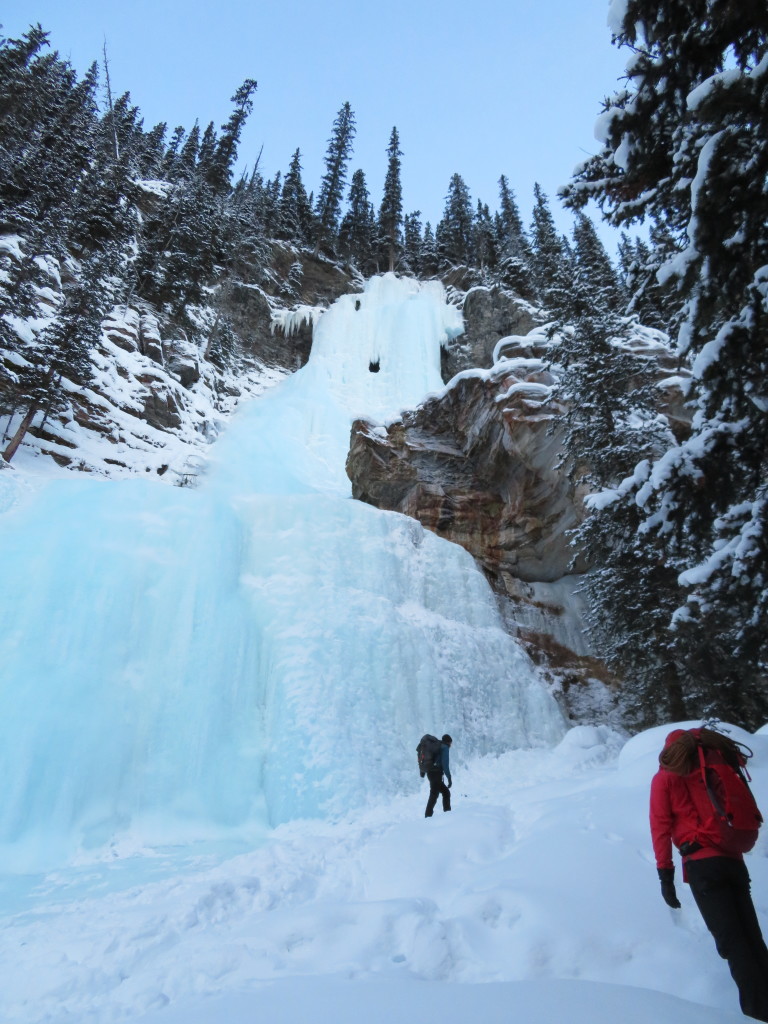
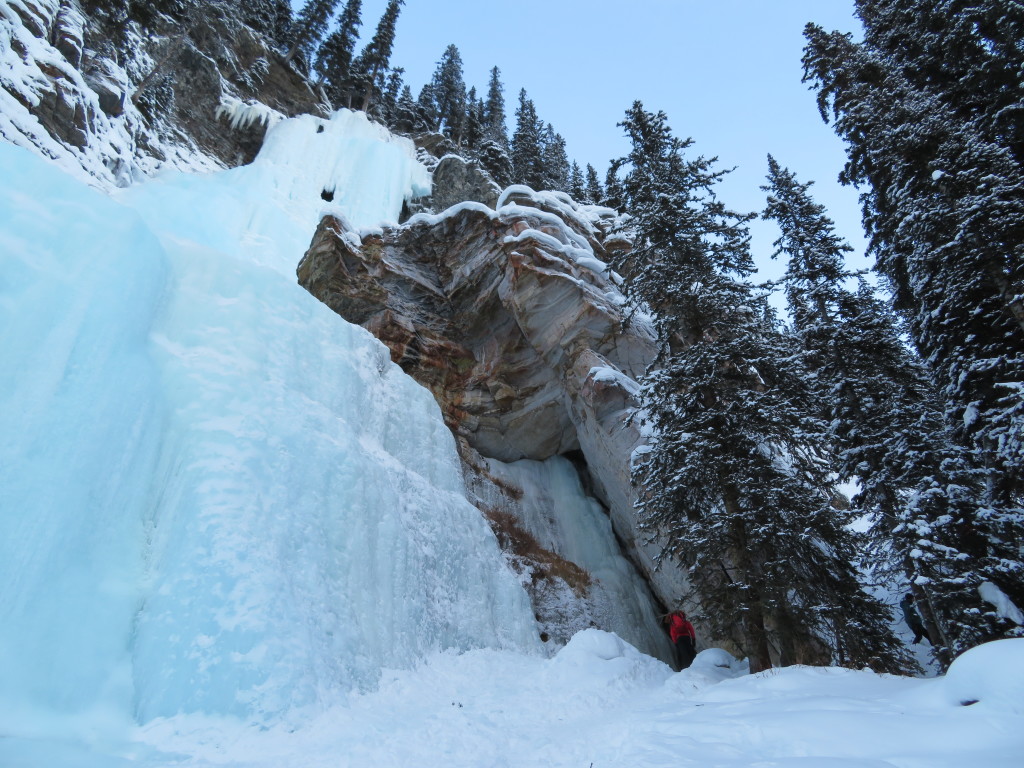
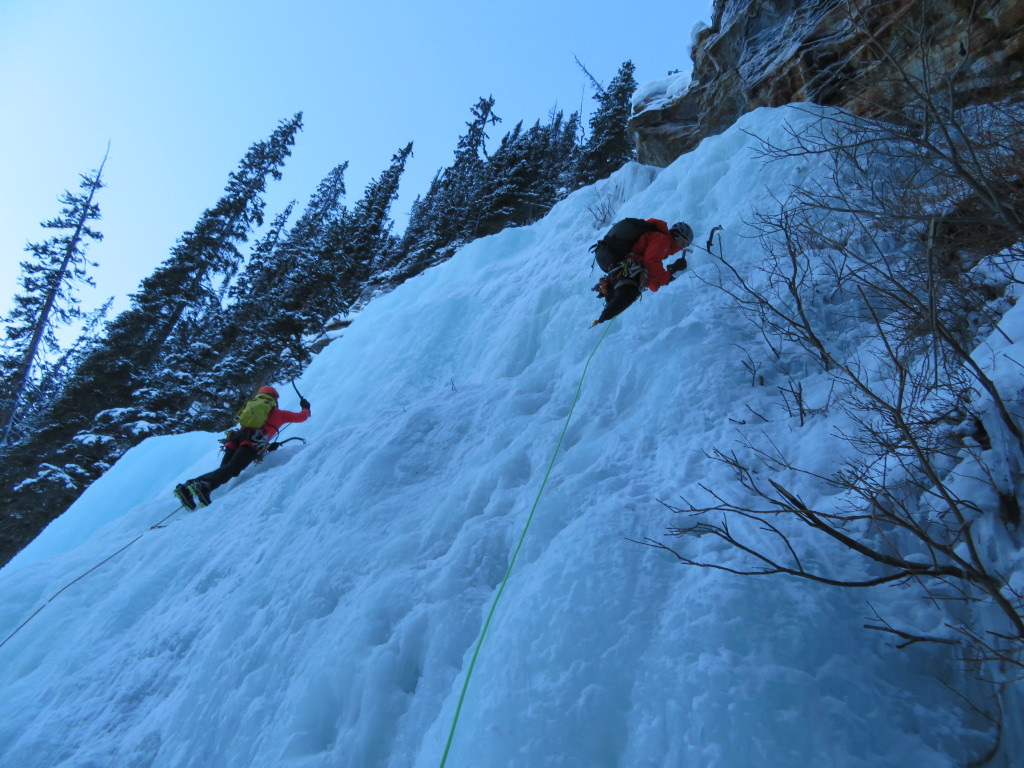
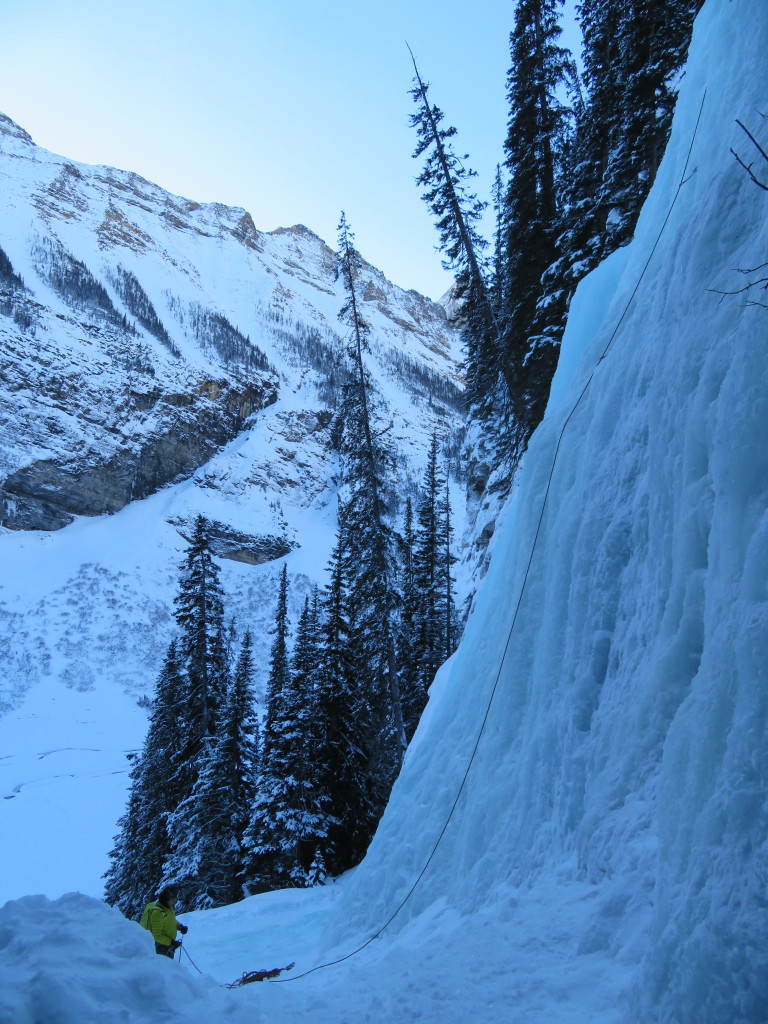
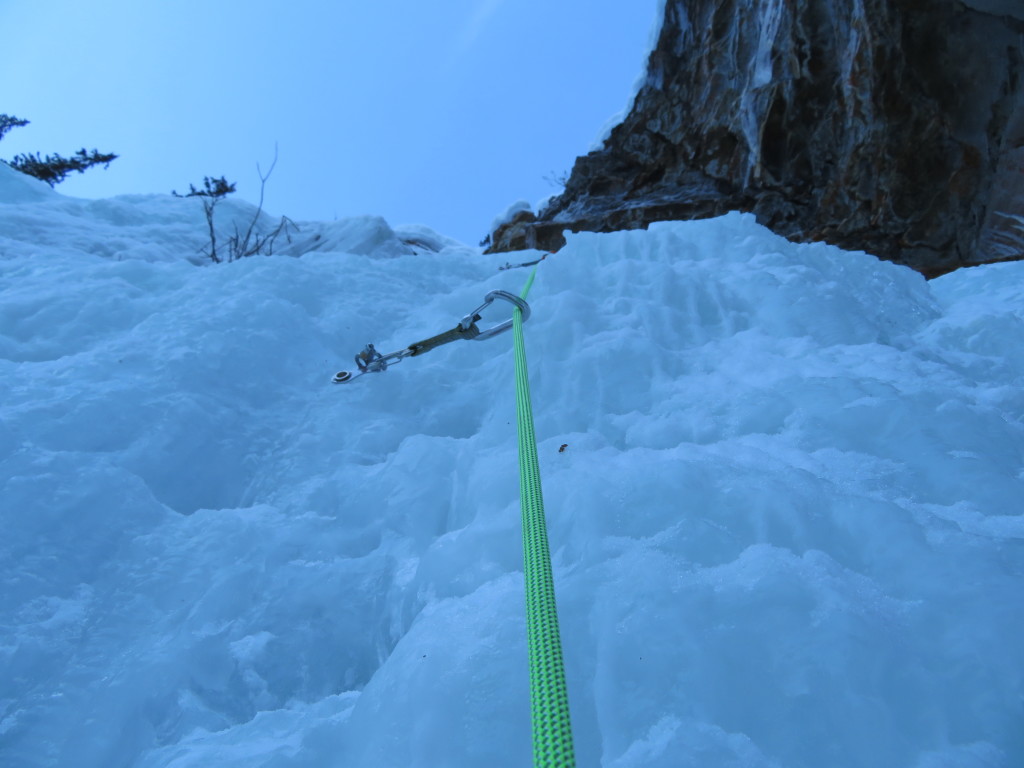
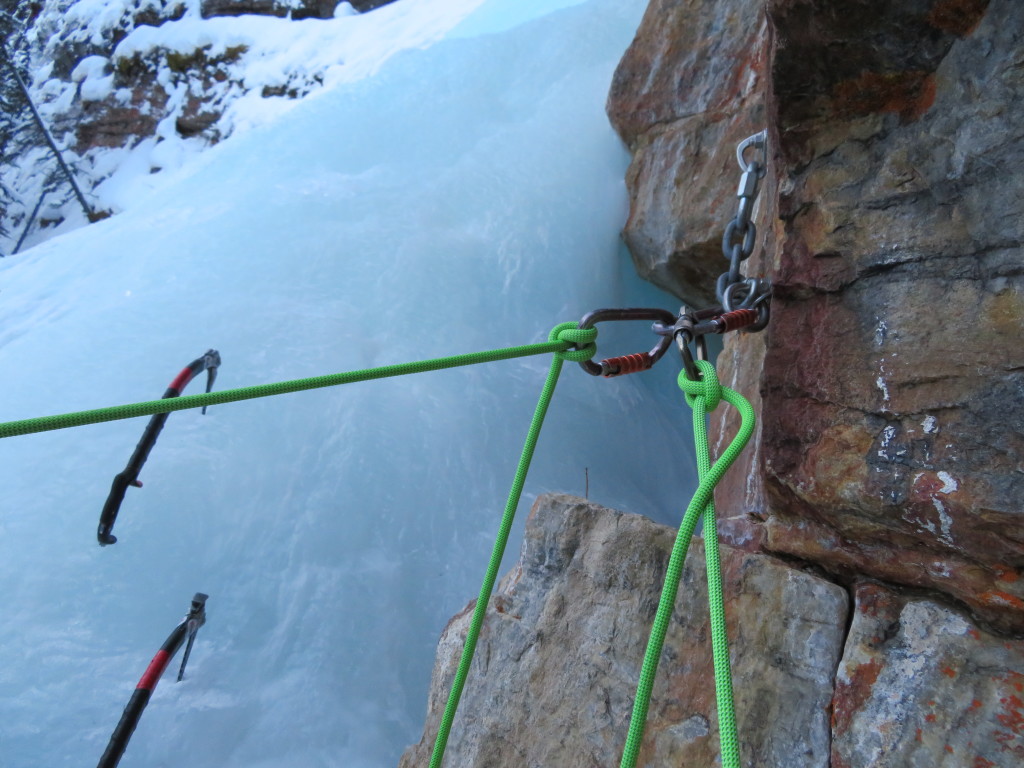
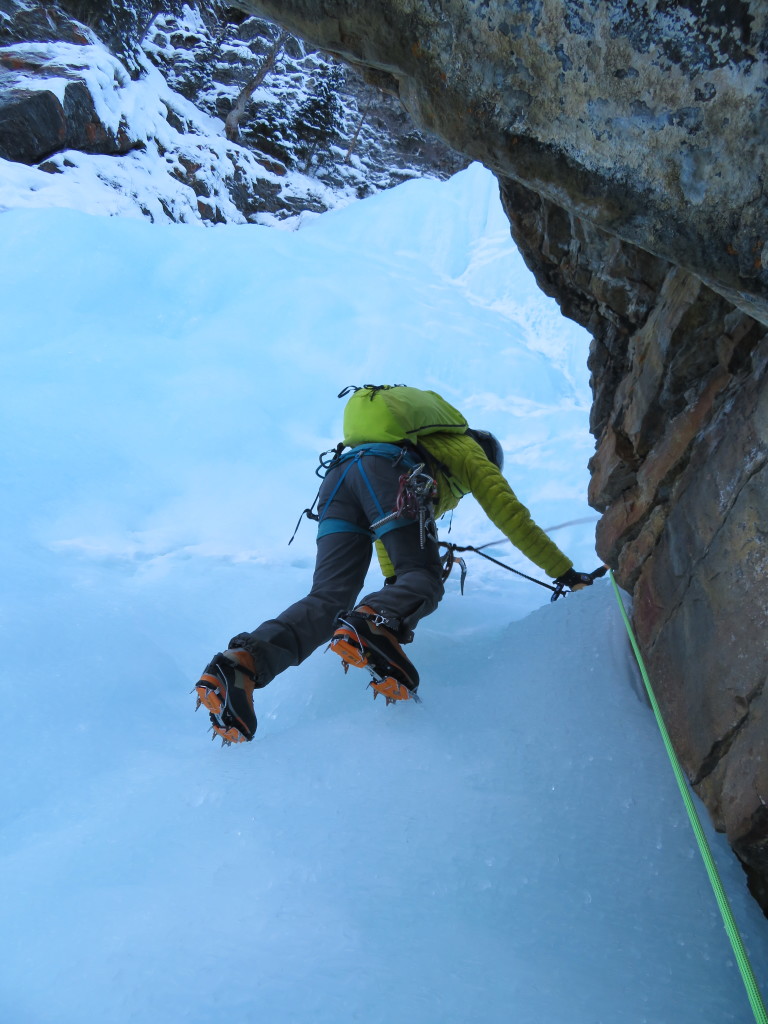
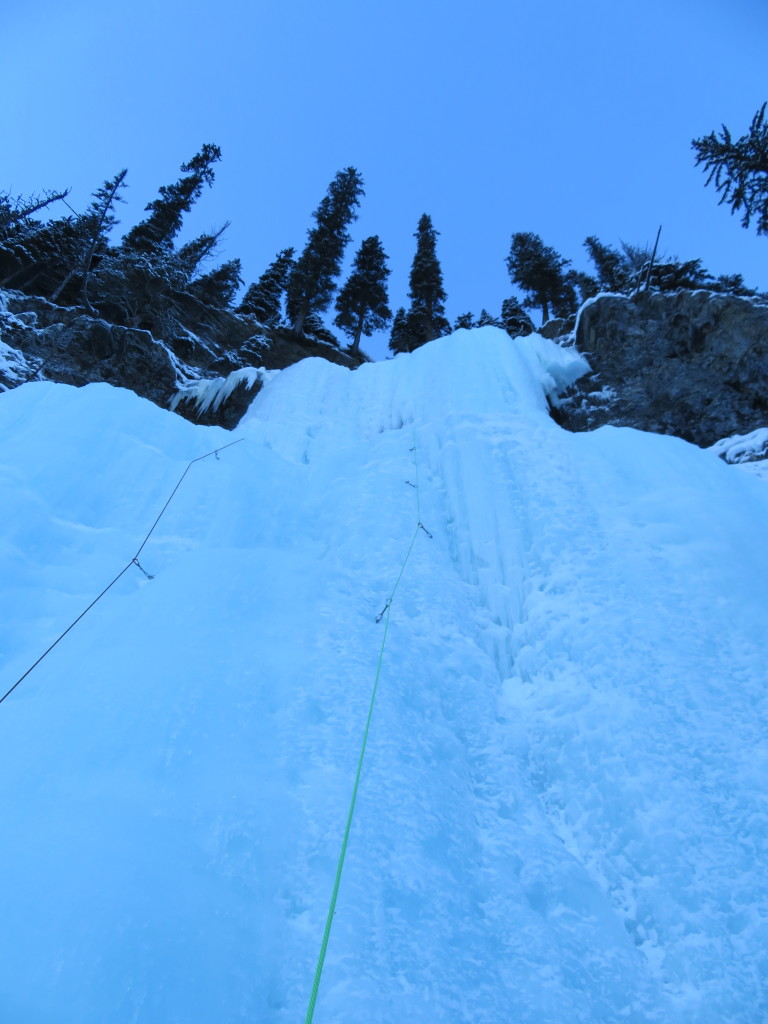
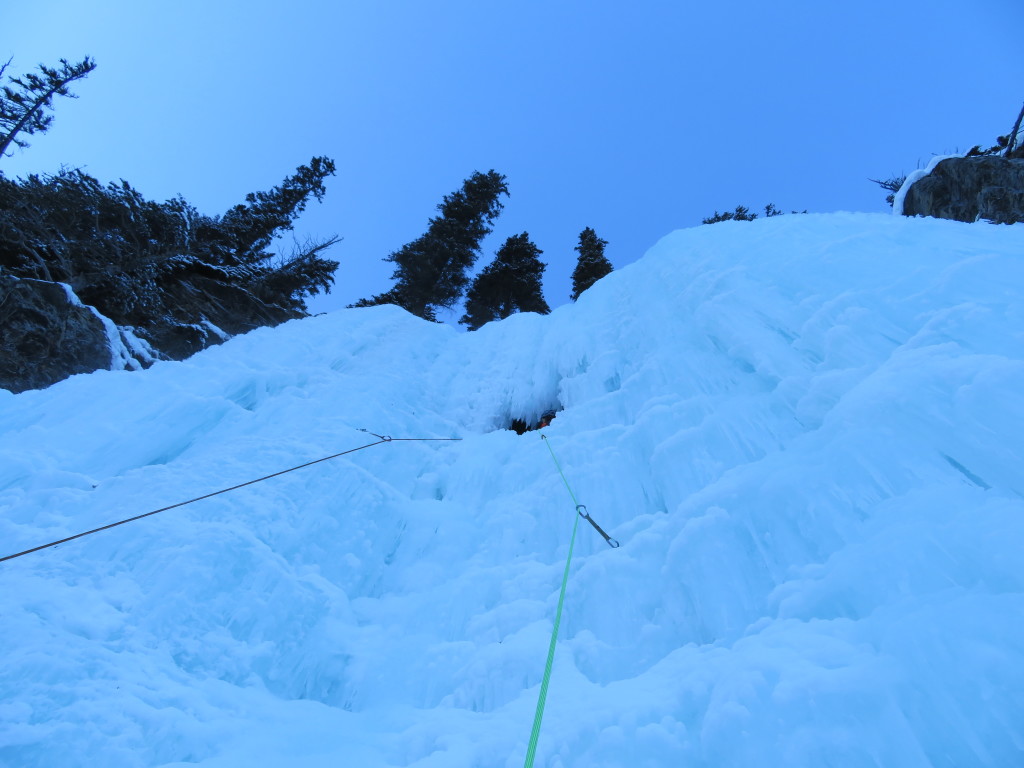
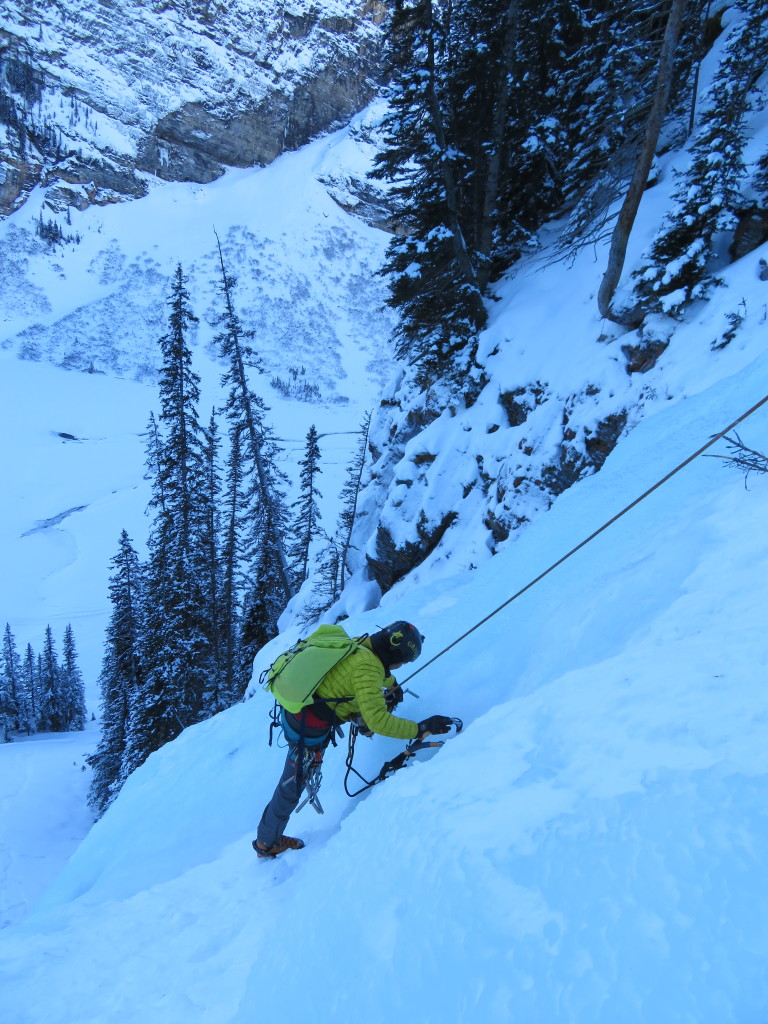
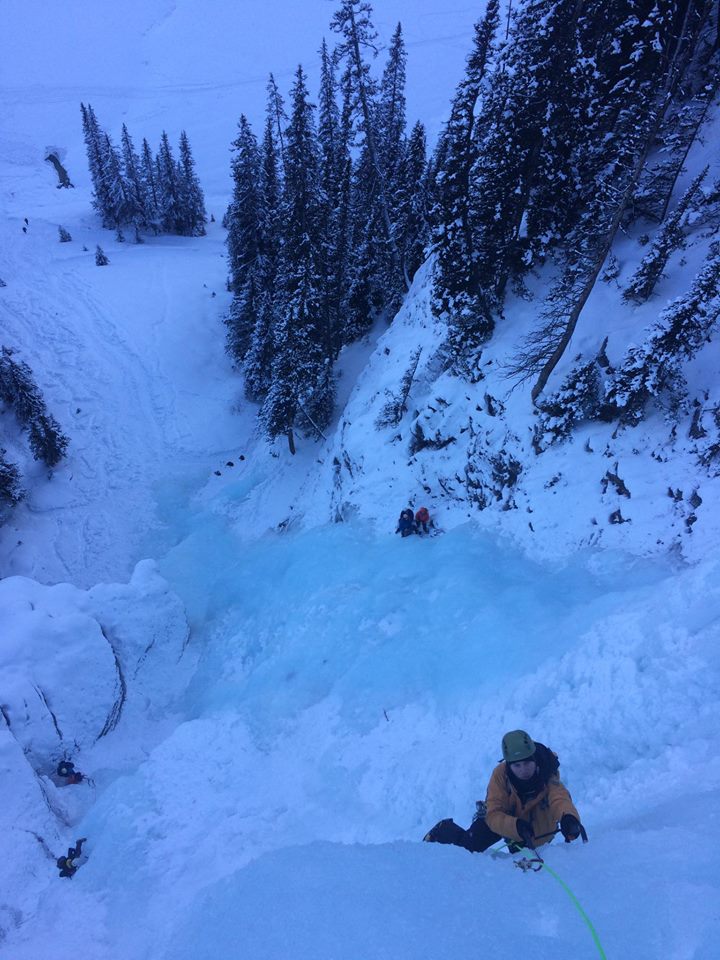
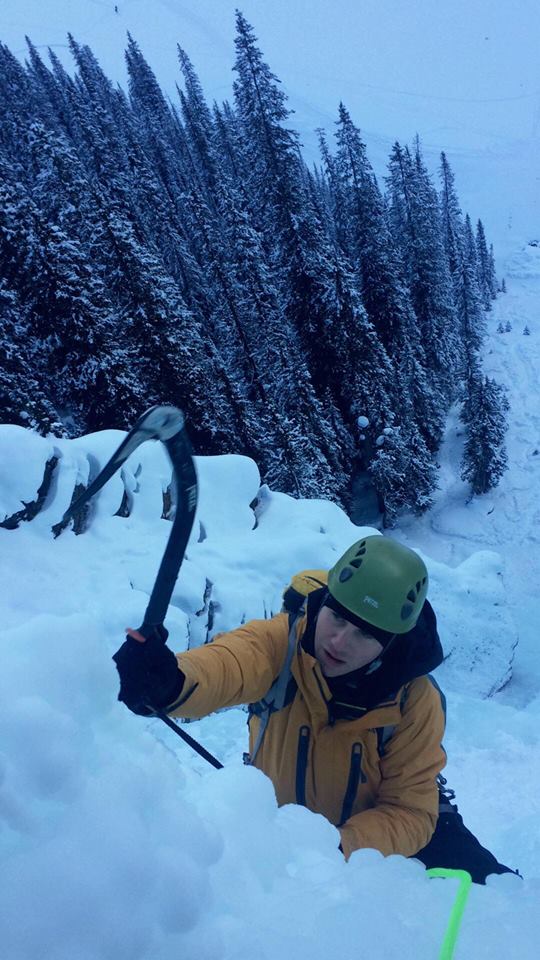
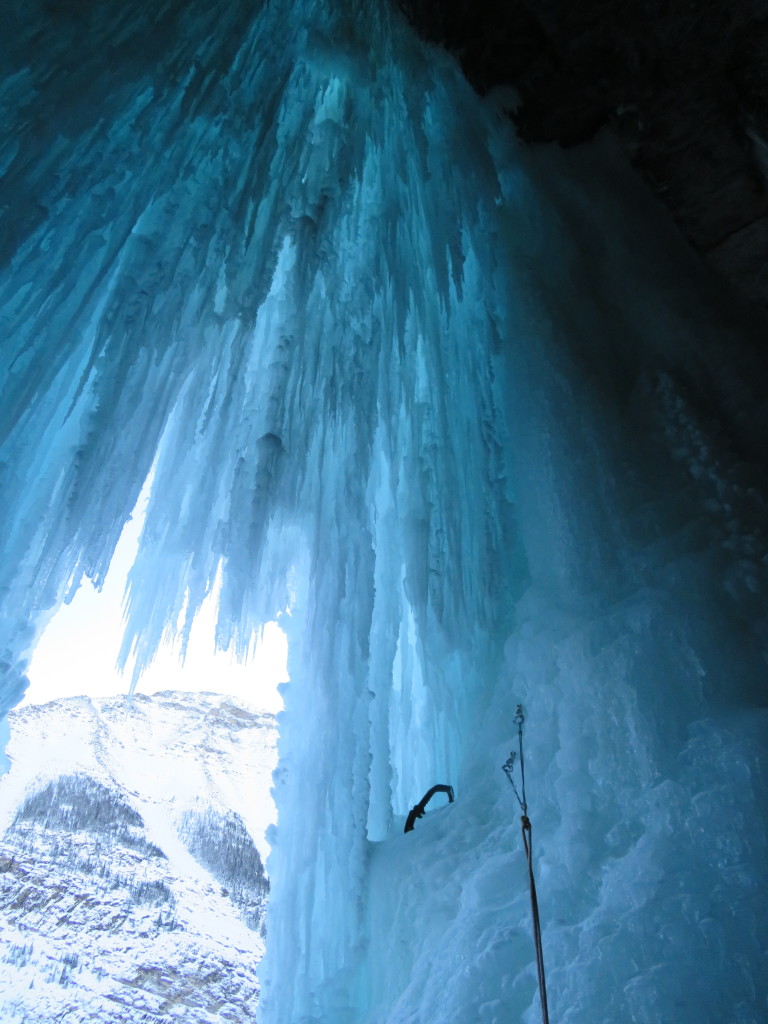
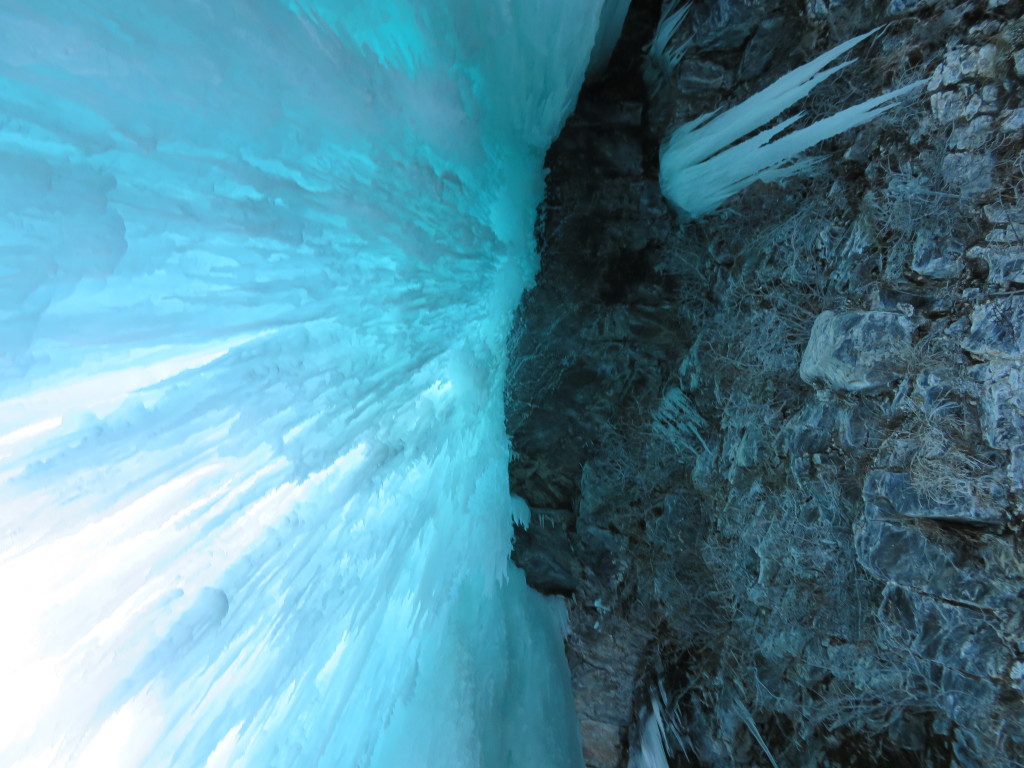
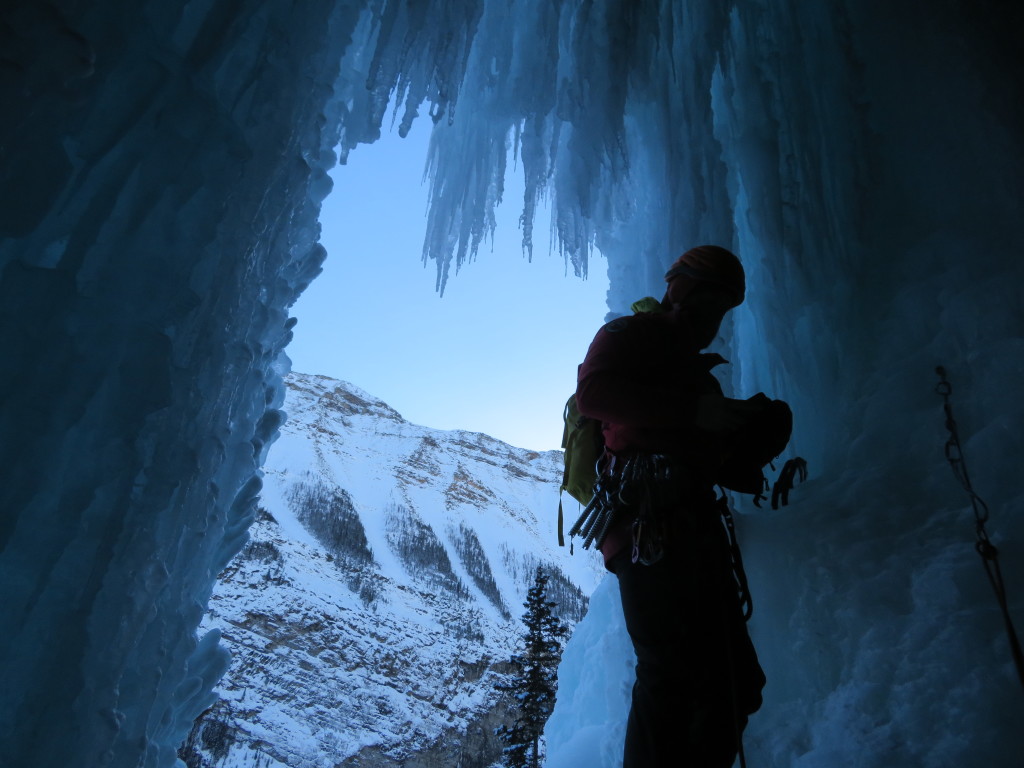
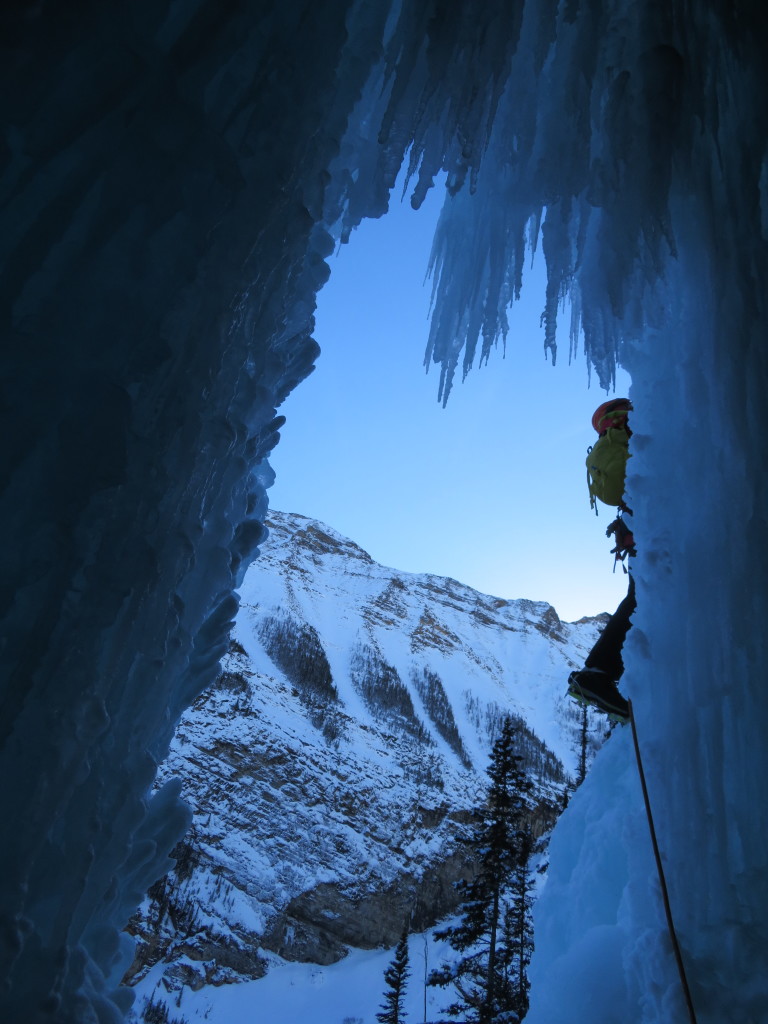
Patrick did a splendid job leading the third pitch. This was the crux, going at WI4/5 – sustained vertical ice with few rests. I was so impressed with Patrick’s leading, as I couldn’t actually do this pitch cleanly, falling at one point whilst taking out a screw that had frozen into the wall. The below video was by Patrick as I approached the top of the pitch.
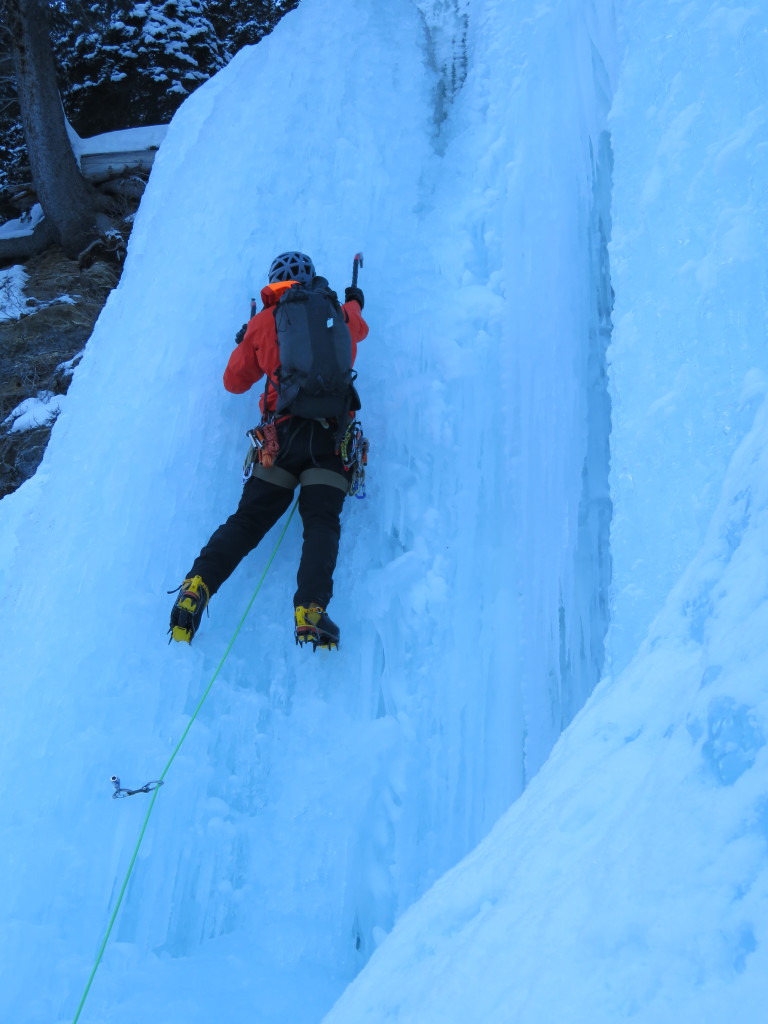
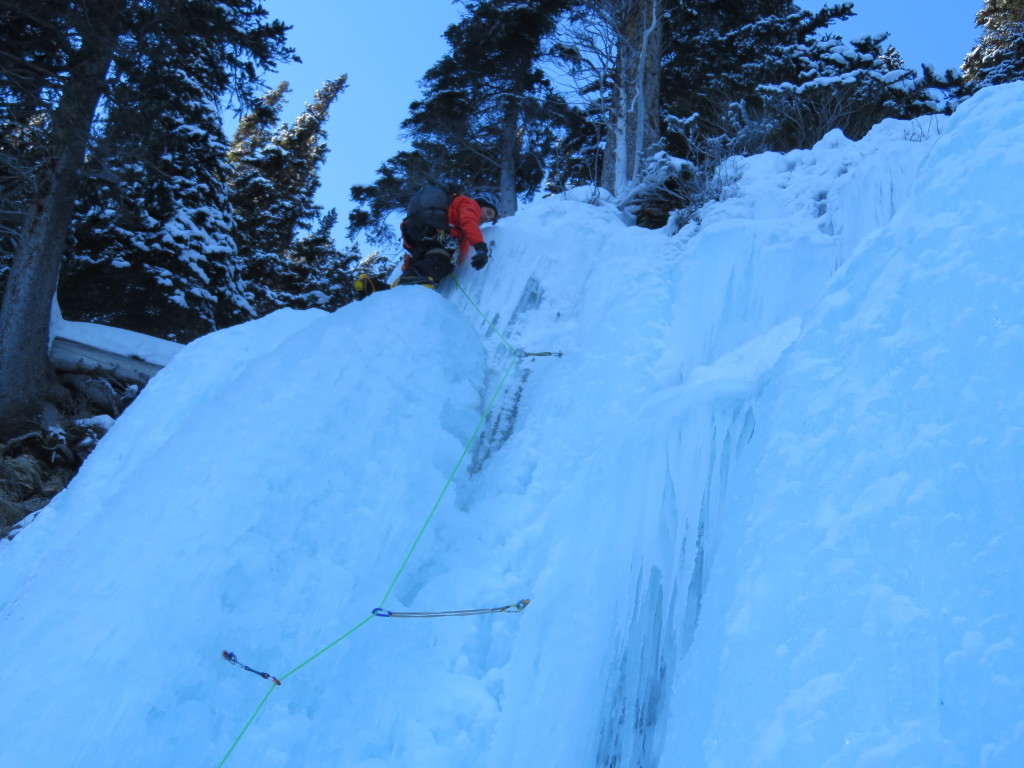
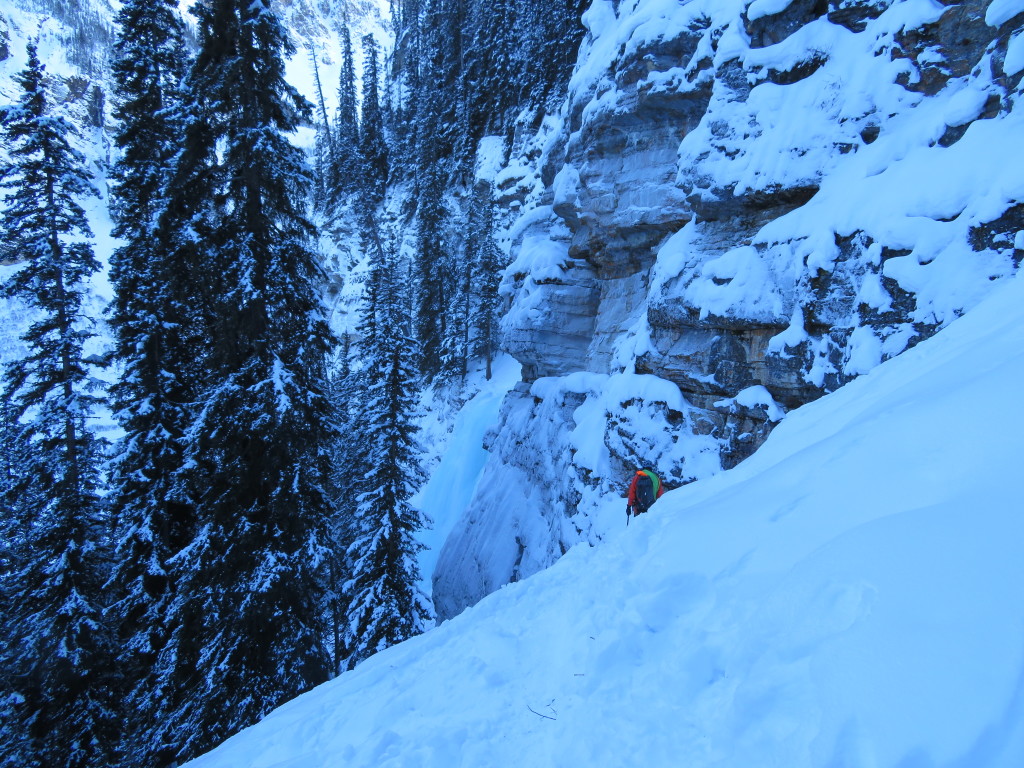
Day 3 – Introduction to ice leading, at Johnston Canyon
This final day of instruction was less intense than Louise Falls, but was valuable for my learning the principles of leading on ice. There is a lot to learn about responsible leading: where to get the belayer to stand so they don’t get showered in ice chunks, how to get into a comfortable supported position to place an ice screw, strategies for avoiding falling (the “No Fall Program”), which features in the ice to put the screw in, building ice anchors and V-threads etc. I did one mock lead at the end of the day. It left me wanting to do a lot more practice of ice screw placement!
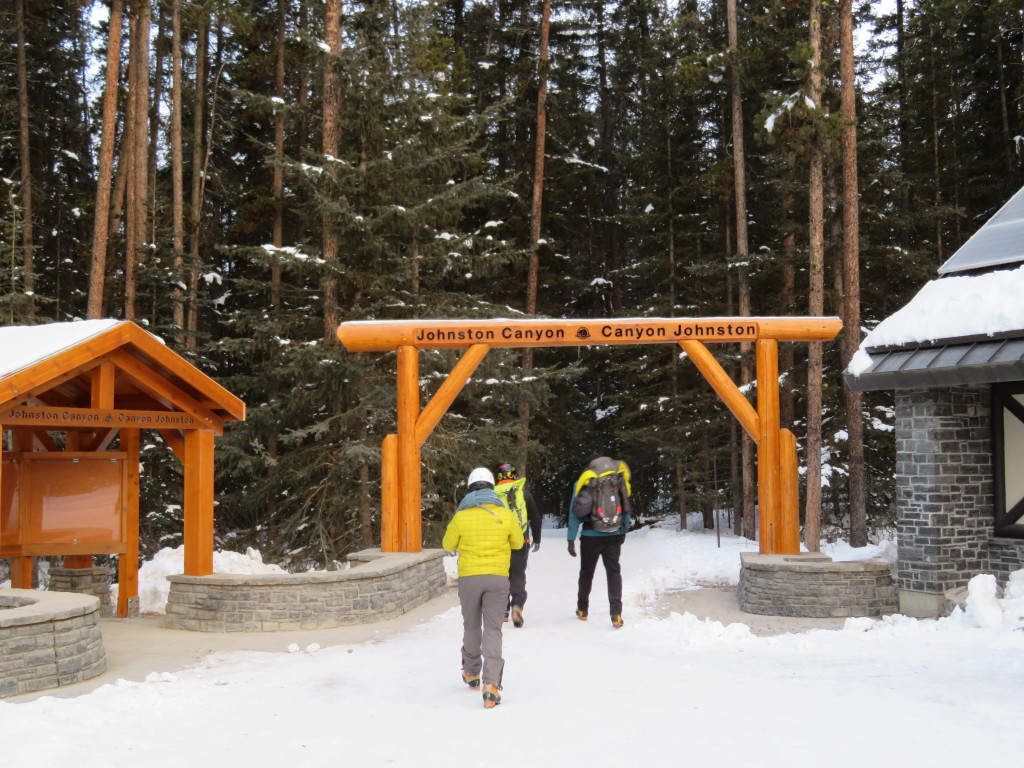
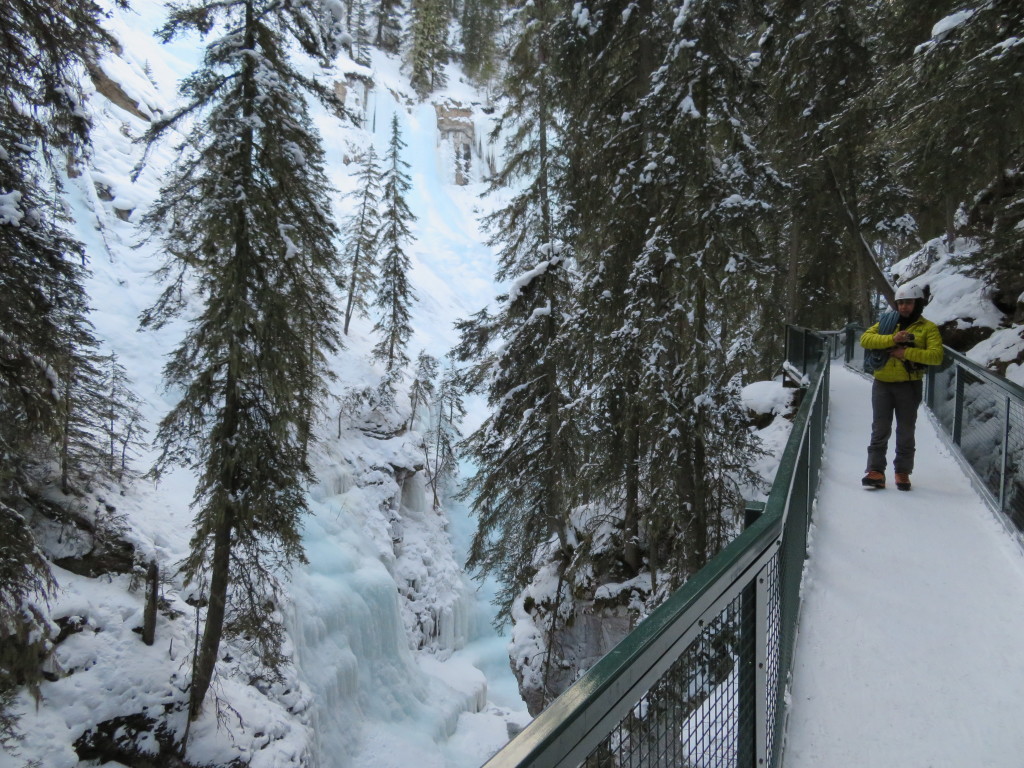
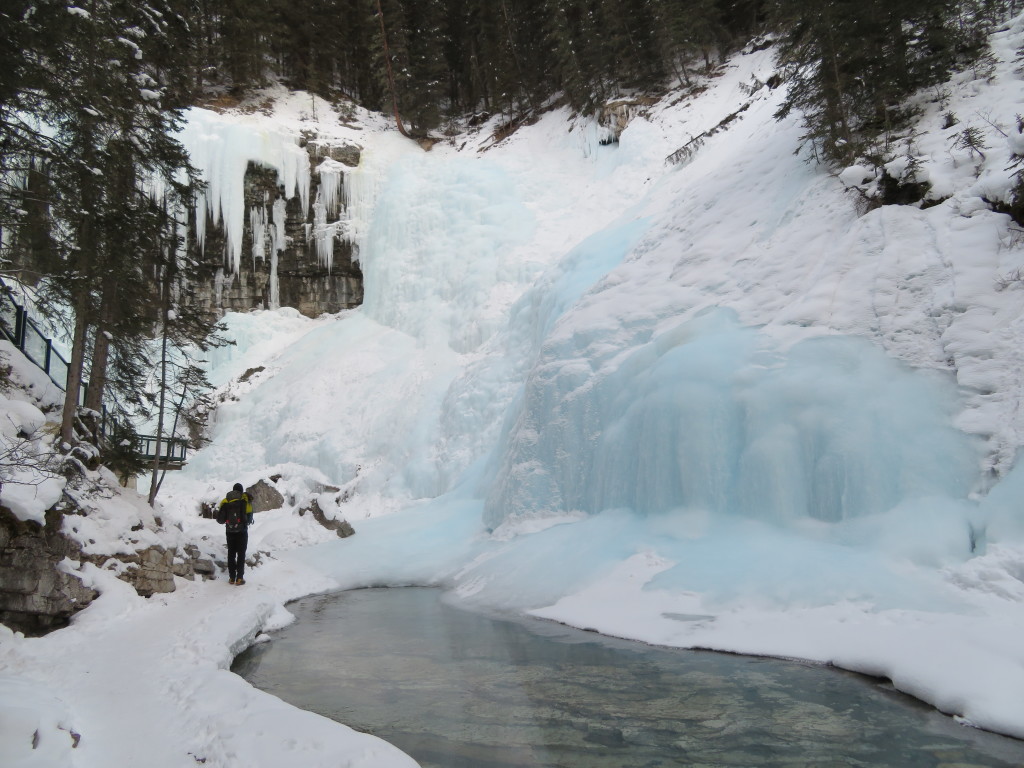
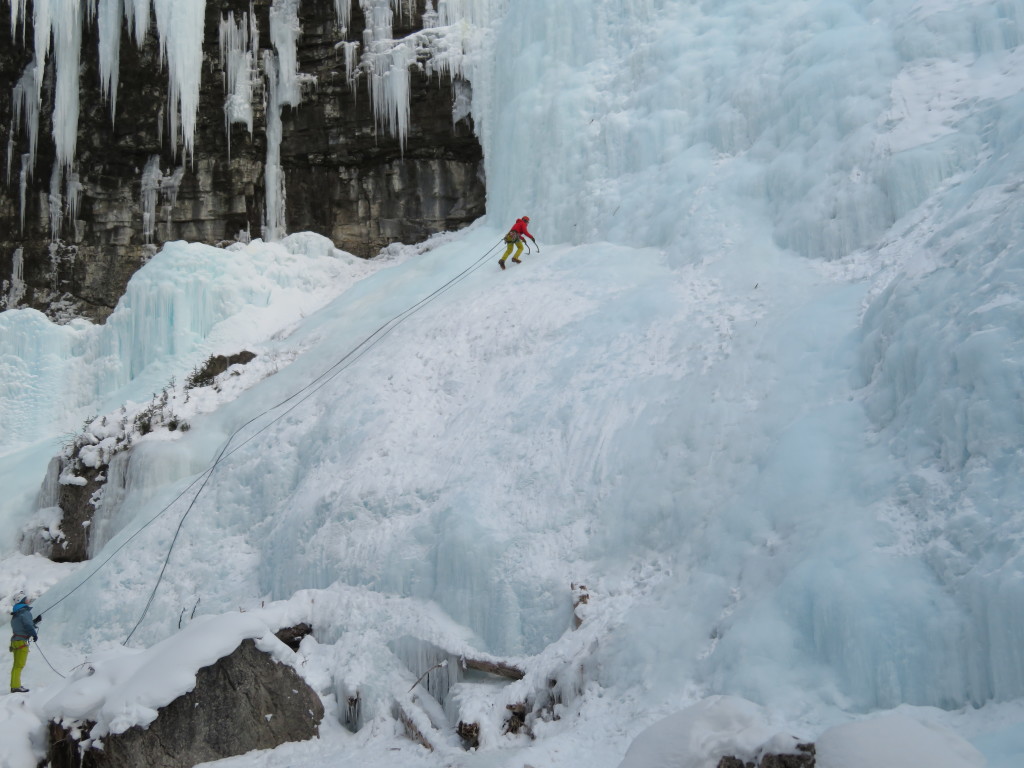
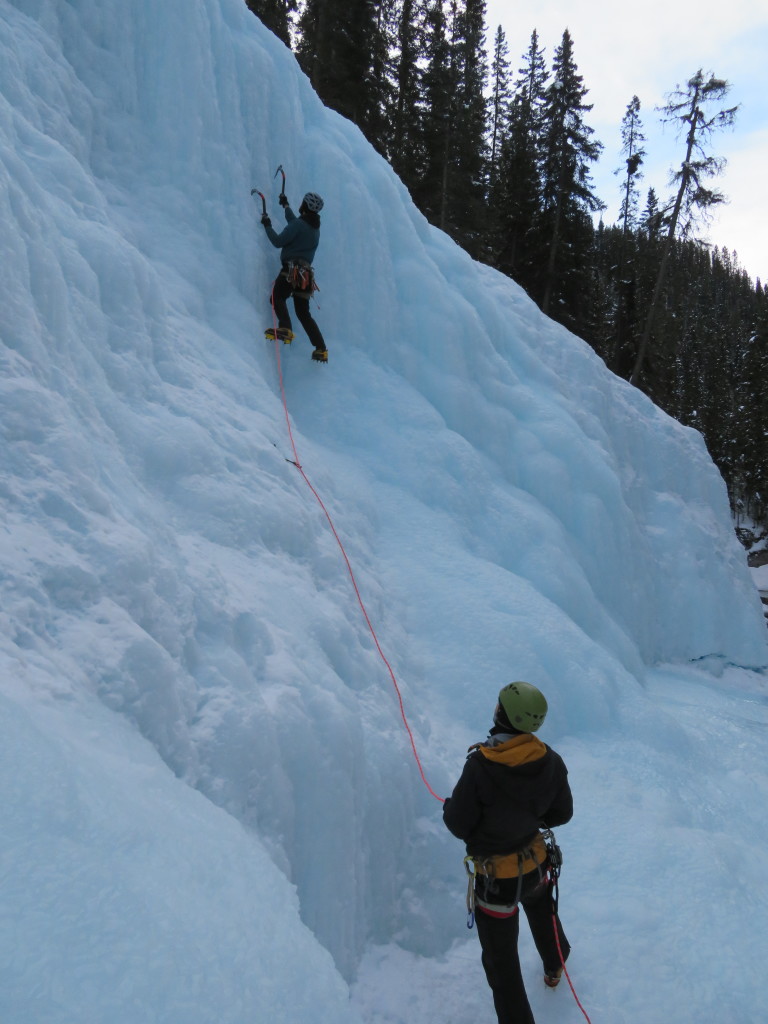
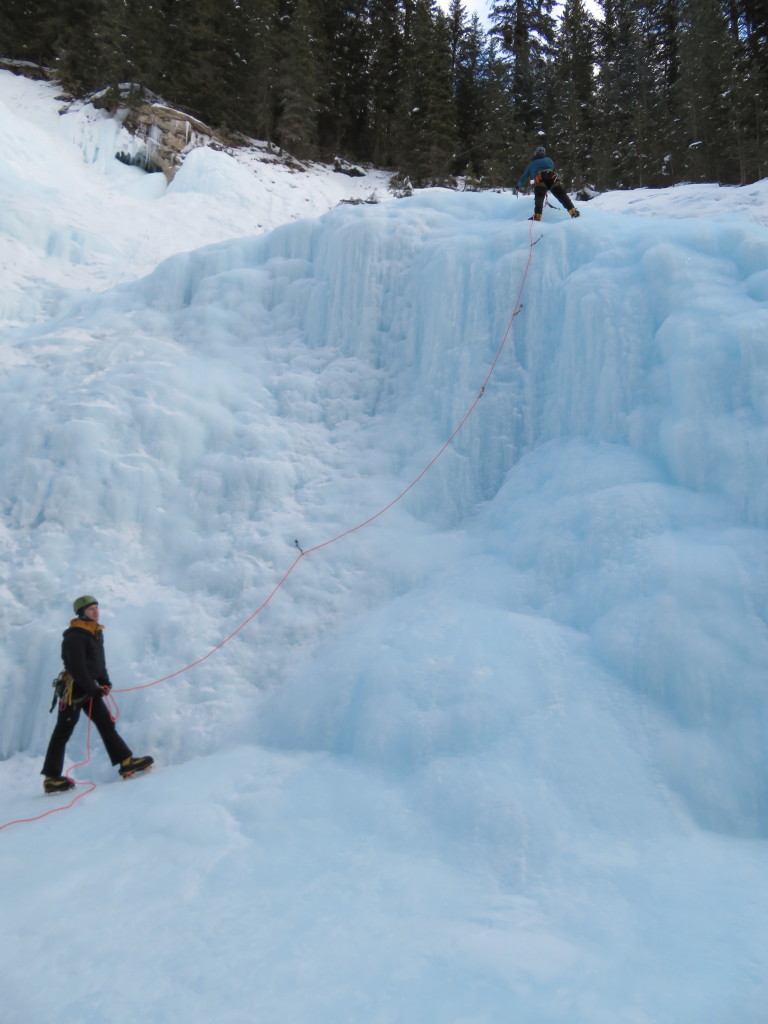
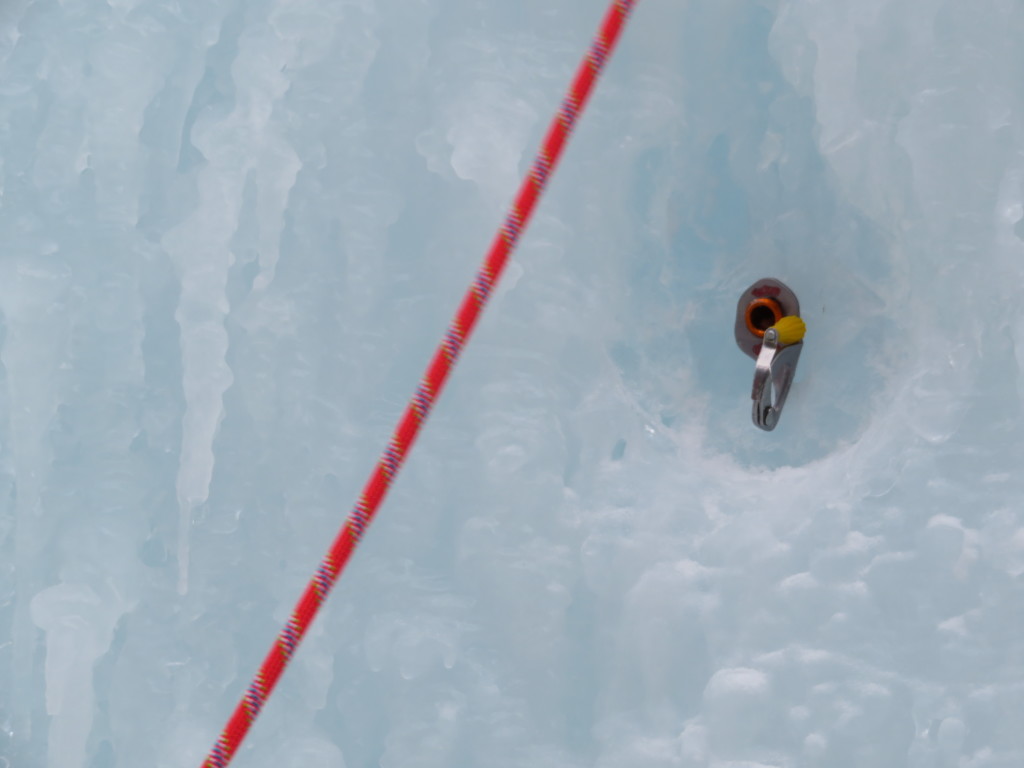
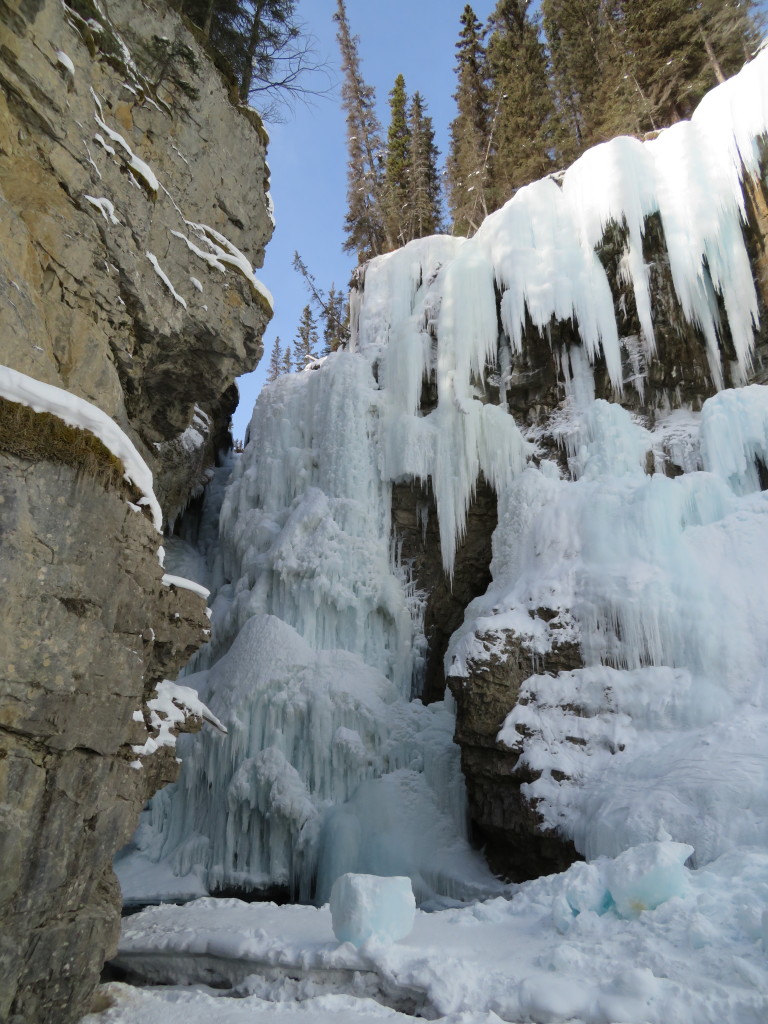
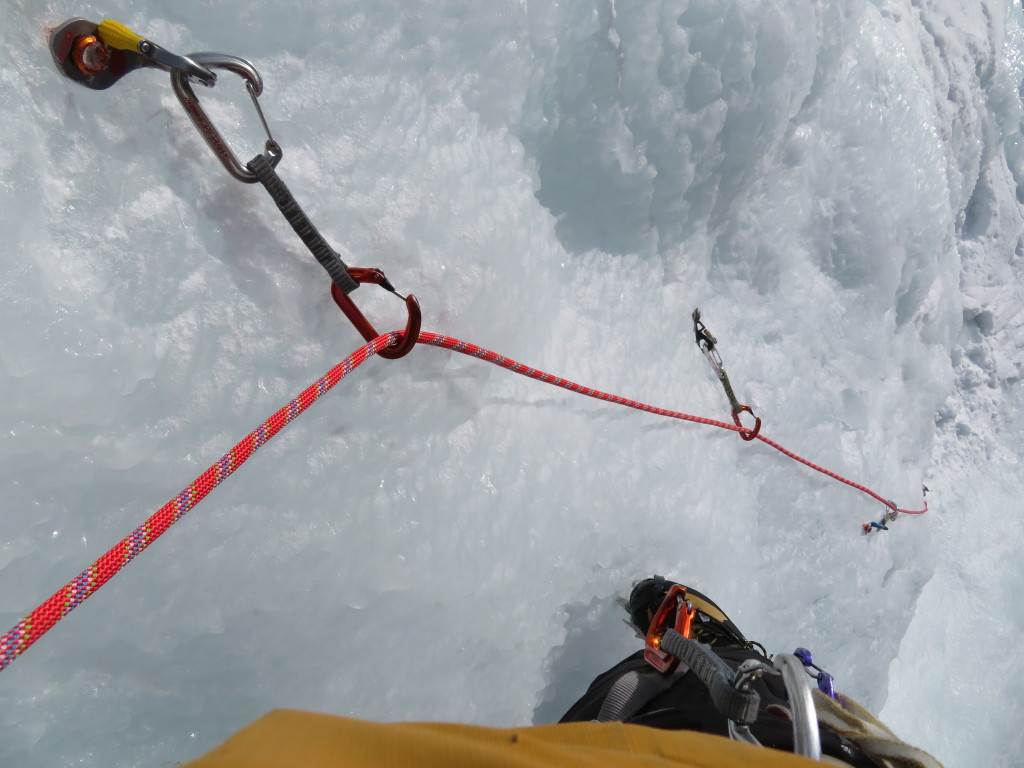
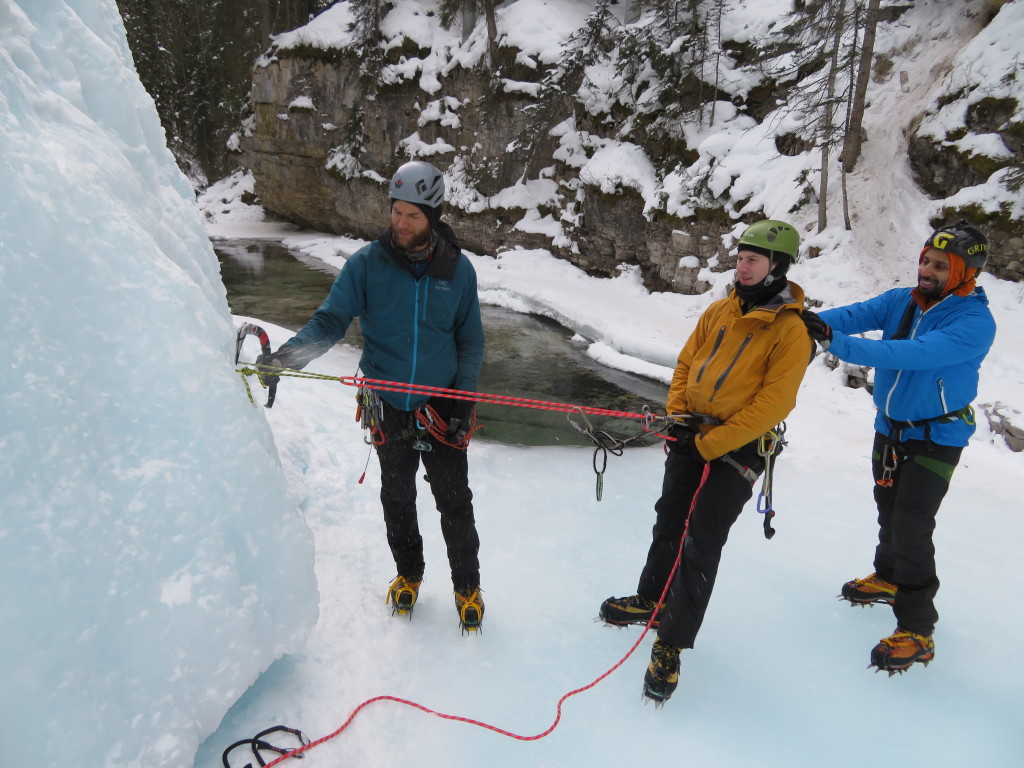
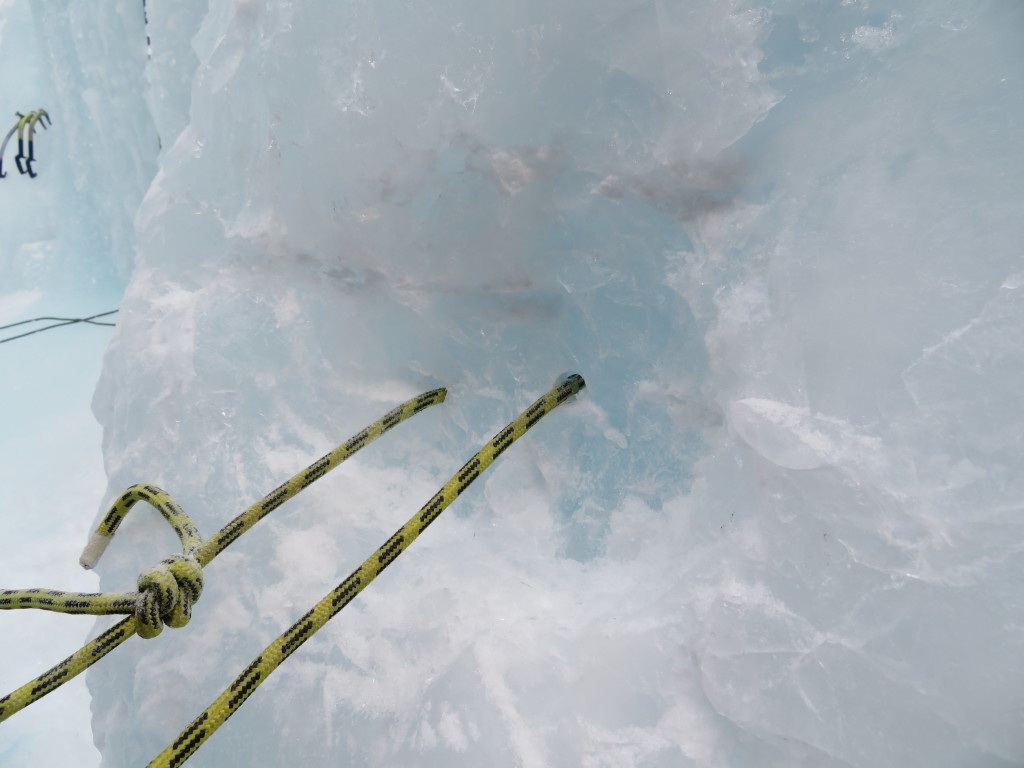
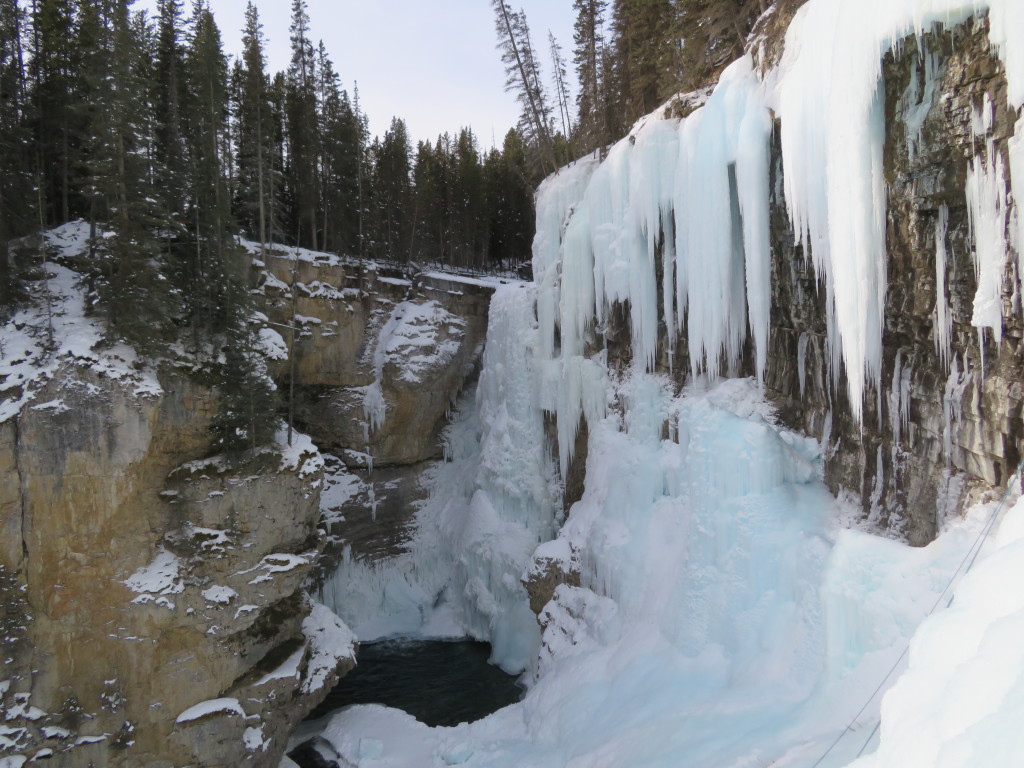
Day 4 – Ice cragging with the locals at the Junkyards.
I mainly spent this day repeating the skills learnt at Johnston Canyon. However, the approach was interesting…it was basically a 150m solo up a WI2 ice flow, which was surprisingly nerve racking even after all the steep ice climbed on previous days. I think this was mainly because the low angle meant that most of the time was just on our feet, and not using our tools.
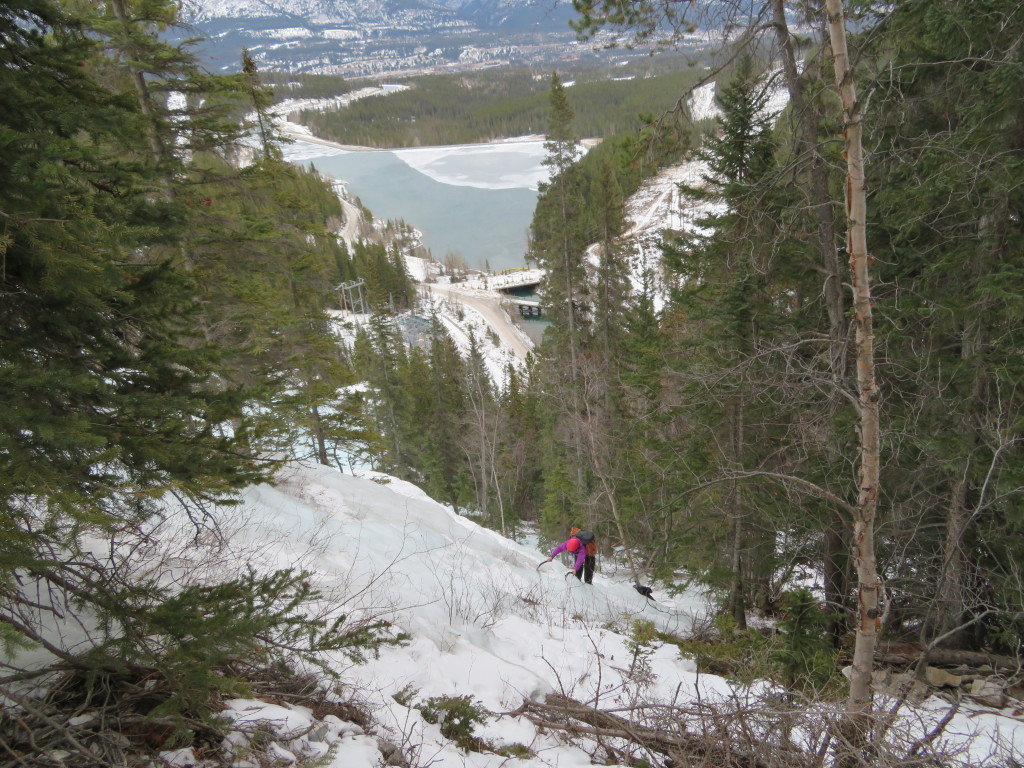
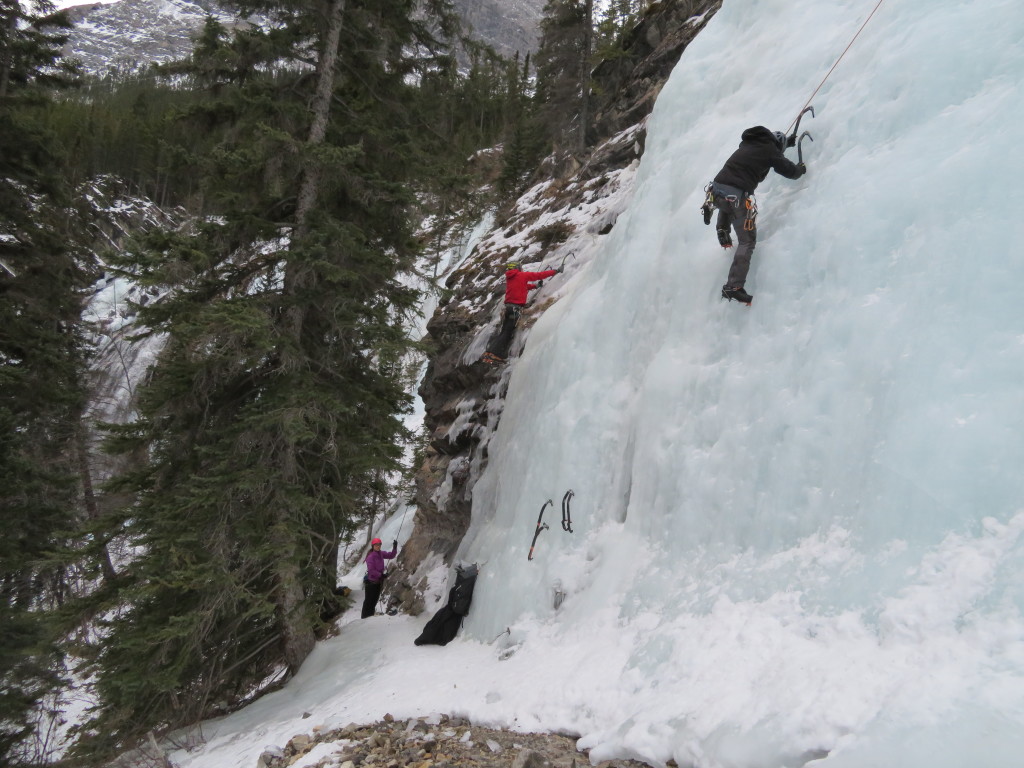
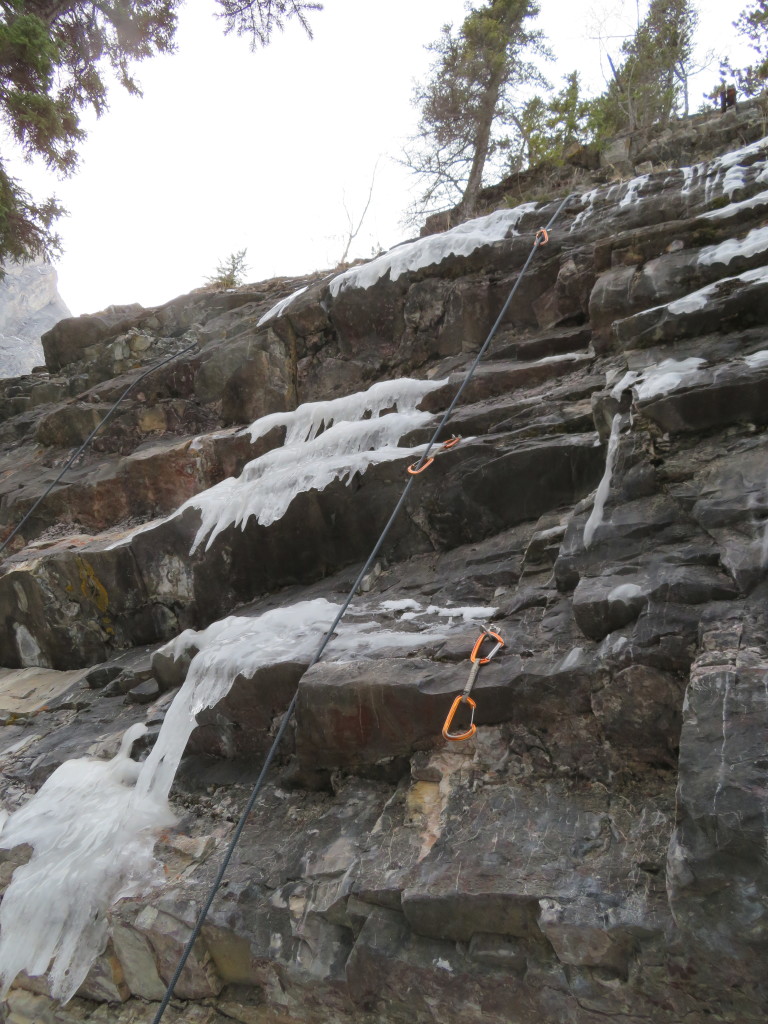
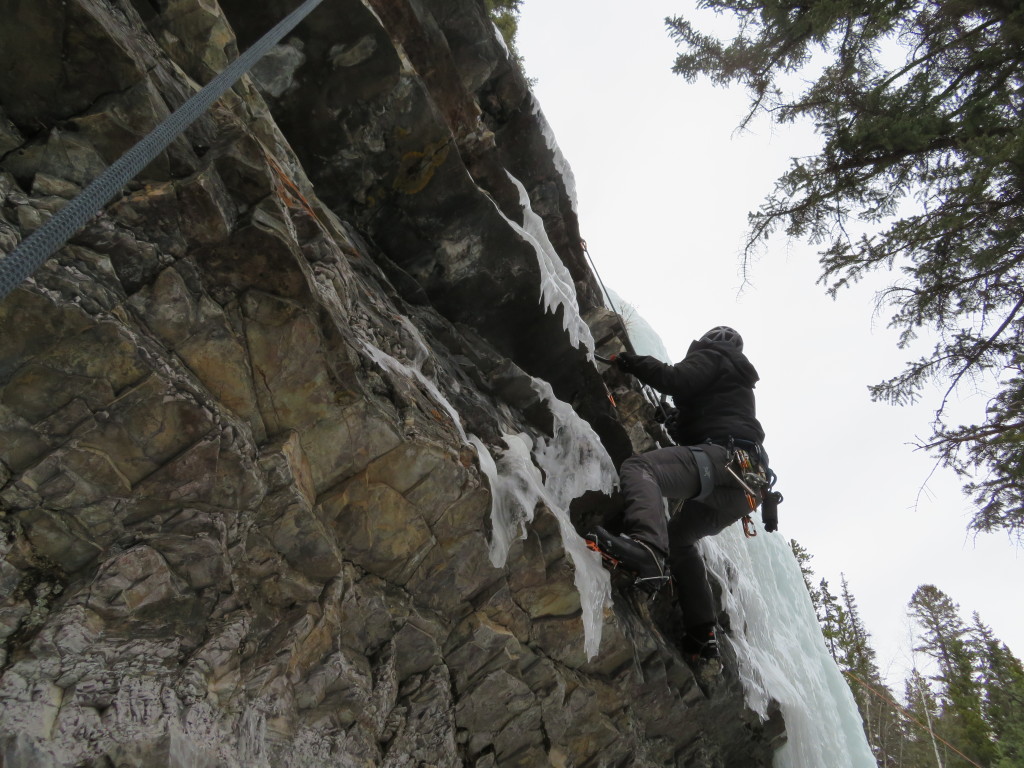
After 4 days of ice climbing, I was feeling pretty exhausted, but extremely happy. This sport is addictive, and I don’t know why. It can be uncomfortable in the cold and has more objective danger than rock climbing. However, Brent and Patrick’s instruction showed me that through good training and experience the risks can be managed so that your exposure to objective danger is minimised. For me, the rewards outweigh the risks, and I am keen to continue progressing in this sport when I can get time off to travel to cold places.
Overall this lightning trip to Canada left me wanting more. I love the Western Canadian way of life, their friendliness and enthusiasm for all things nature and outdoors. I love the majestic mountains and the vast wilderness which stretches further than the mind can comprehend. The possibilities are endless, and its easy to see why Canmore has distilled such legends as Will Gadd and Barry Blanchard – the local environment is probably the world’s best laboratory for hard, technical ice, mixed and alpine climbing, with plenty of routes remaining unclimbed due to remoteness and sheer quantity of options. The severe cold of Canada’s winters provide an extra challenge that demands you have an effective layering system – I was happy that my system seemed to work well. I sincerely hope I can return one day soon for a longer stay, perhaps even to live.
